Almost Nobody Remembers These 50s Celebs. Do You?
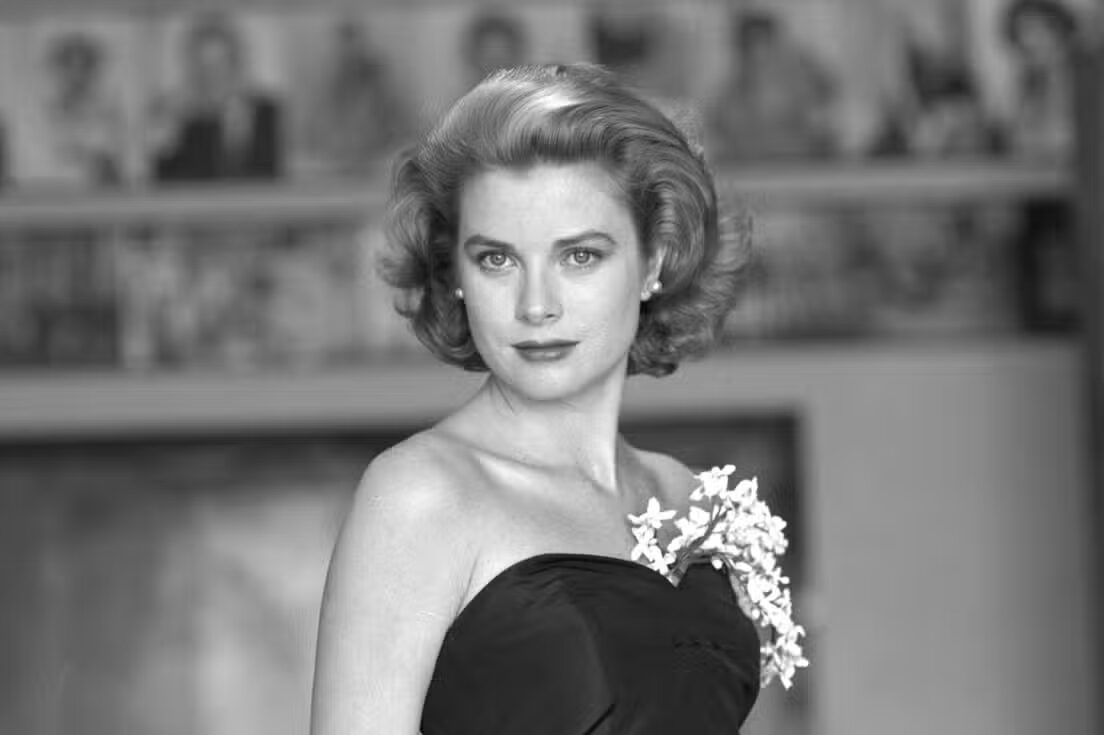
Are you ready to travel back in time and test your knowledge of the stars that lit up 1950s? Warm up your vocal cords, get those toes tapping, and brace yourself for some daring trivia challenges! We’re talking about all the big names like Marilyn Monroe and James Dean who brightened our lives throughout this iconic decade – so have you got what it takes to ace these 1950s celebrities quizzes? Dig deep into that movie star knowledge bank as we ask questions on actors from TV shows, films, music and more. Let’s see how well you really know your stuff!
Results
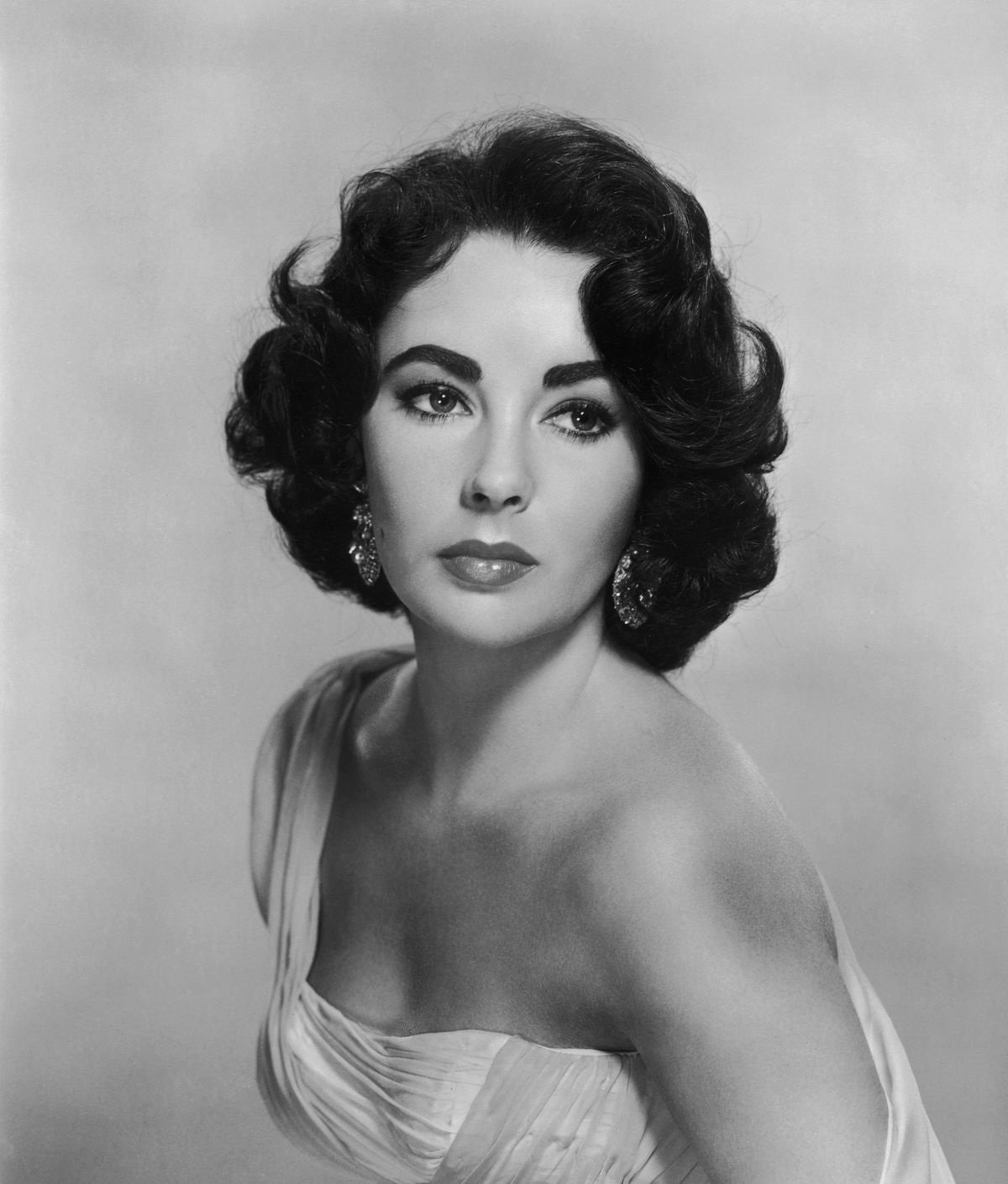
#1. Name This 50s Actor!
Dame Elizabeth Rosemond Taylor was an actress, businesswoman, and humanitarian. She began her career as a child actress in the early 1940s, and was one of the most popular stars of classical Hollywood cinema in the 1950s. She continued her career successfully into the 1960s, and remained a well-known public figure for the rest of her life. In 1999, the American Film Institute named her the seventh-greatest female screen legend. Born in London to socially prominent American parents, Taylor moved with her family to Los Angeles in 1939. She made her acting debut in a minor role in the Universal Pictures film There’s One Born Every Minute (1942) but the studio ended her contract after a year.
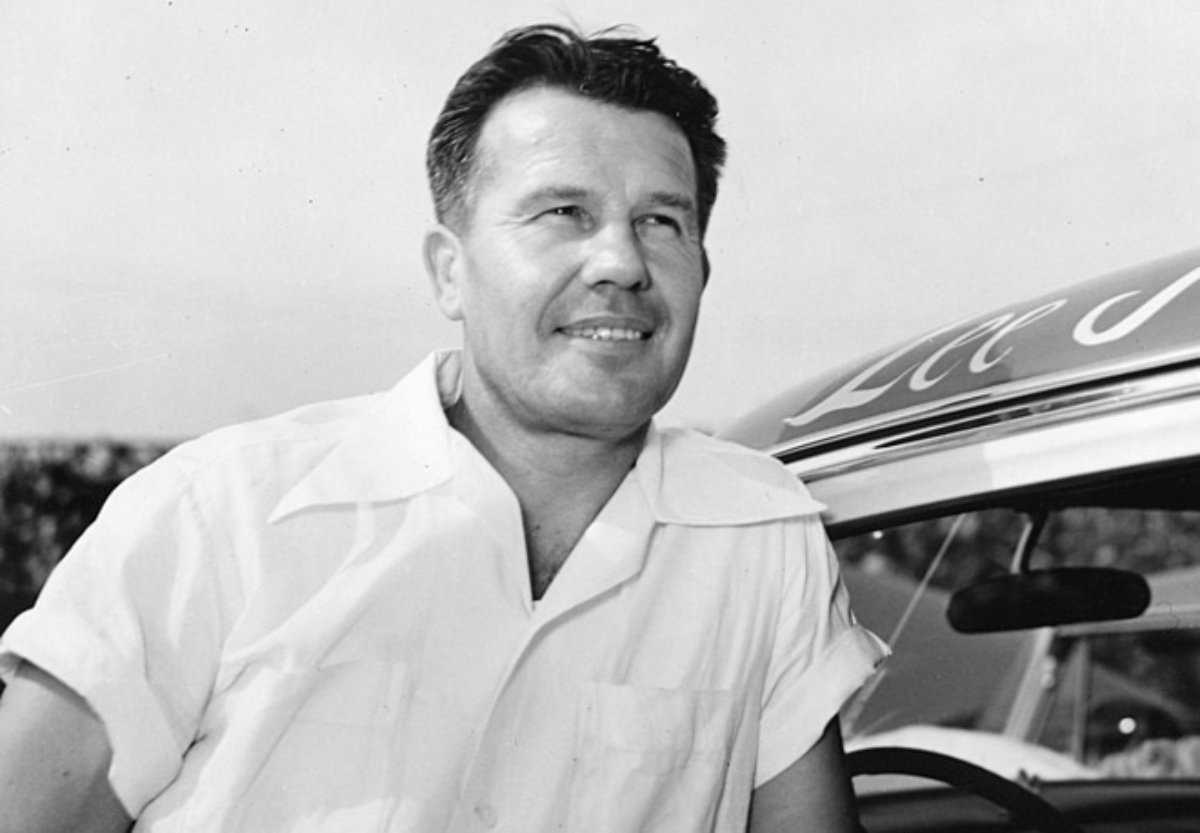
#2. Name This 50s Athlete!
Lee Arnold Petty was a stock car racing driver who competed during the 1950s and 1960s. He was one of the pioneers of NASCAR and one of its first superstars. He is also the father of Richard Petty, who went on to become one of the most successful stock car racing drivers of all time. Petty was born near Randleman, North Carolina, the son of Jessie Maude (n√©e Bell) and Judson Ellsworth Petty. He was thirty-five years old when he began racing. He began his NASCAR career at NASCAR’s first race at the three-quarter mile long dirt track, Charlotte Speedway. He finished in the top five in season points for NASCAR’s first eleven seasons, and won the NASCAR Grand National Series driver’s championship three times.
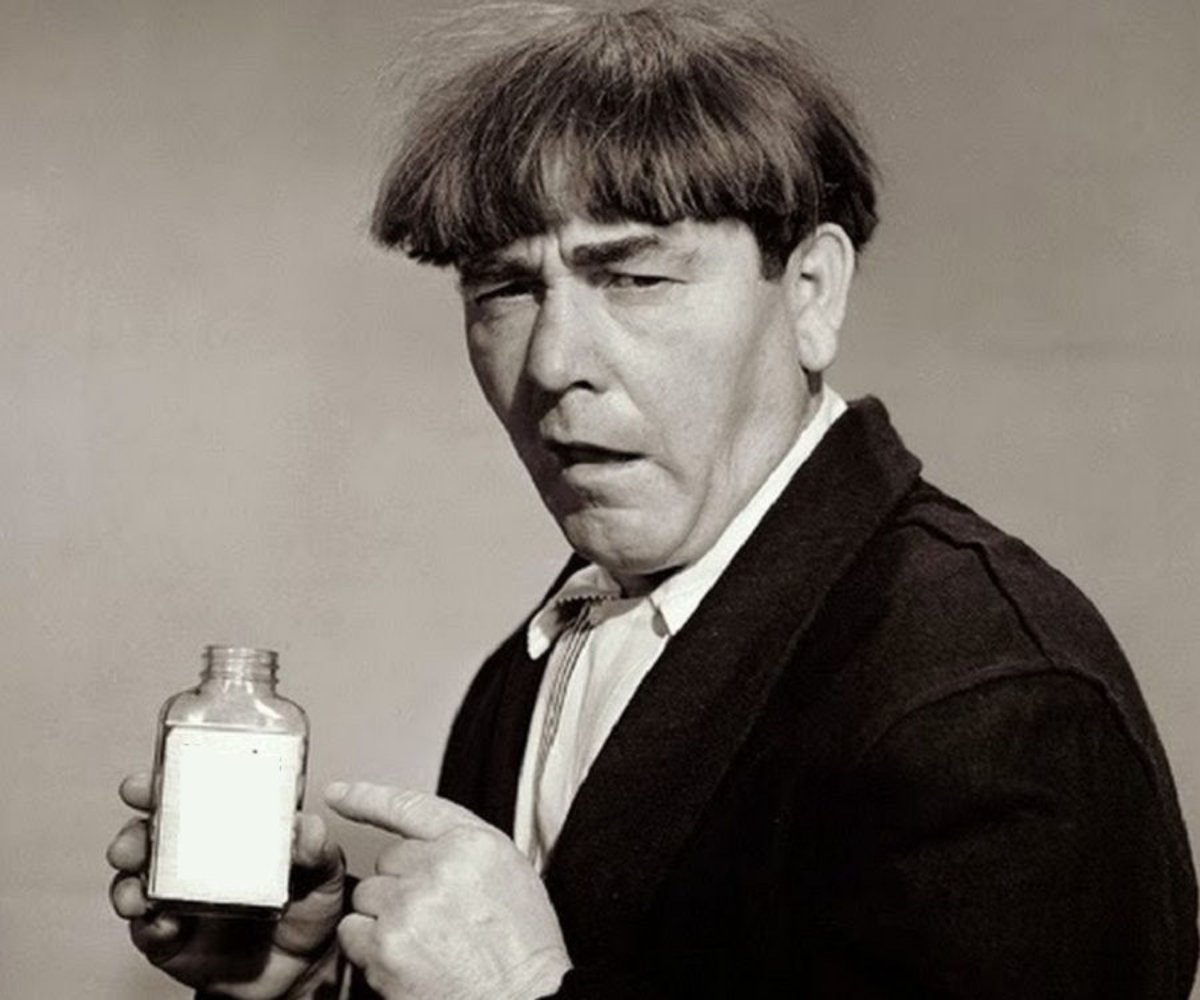
#3. Name This 50s Comedian!
Moses Harry Horwitz, known professionally as Moe Howard, was an actor and comedian, best known as the leader of the Three Stooges, the farce comedy team who starred in motion pictures and television for four decades. That group originally started out as Ted Healy and His Stooges, an act that toured the vaudeville circuit. Moe’s distinctive hairstyle came about when he was a boy and cut off his curls with a pair of scissors, producing a ragged shape approximating a bowl cut.
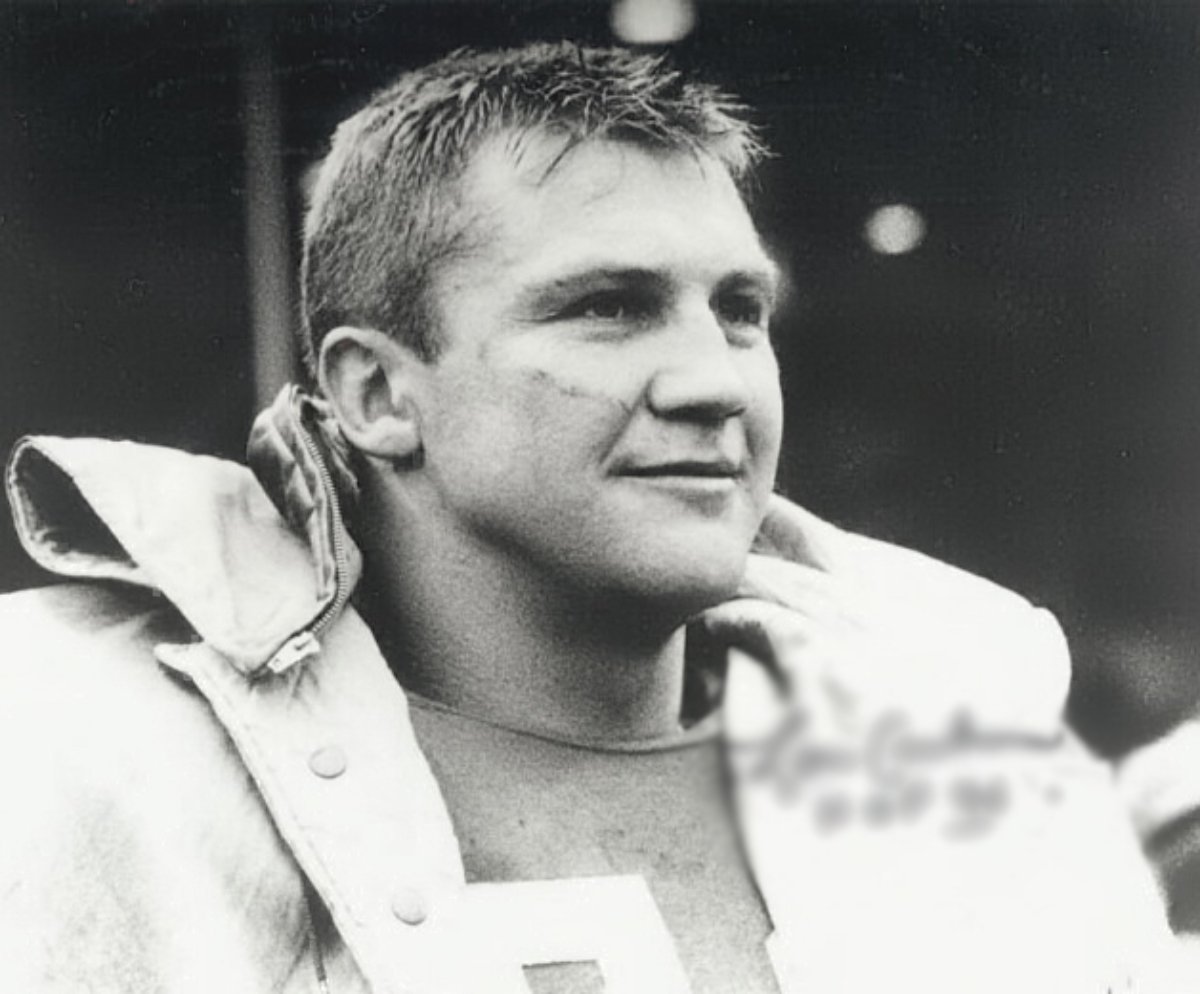
#4. Name This 50s Athlete!
Louis Creekmur was a football offensive lineman. He was inducted into the Pro Football Hall of Fame in 1996. Creekmur played professional football in the National Football League (NFL), principally as an offensive tackle and offensive guard, for the Detroit Lions for ten years from 1950 to 1959. He appeared in every pre-season, regular season, and post-season game played by the Lions from 1950 to 1958—a streak of 165 consecutive games. He played in eight consecutive Pro Bowl games from 1950 to 1957 and was selected by the Associated Press as a first-team All-Pro player seven consecutive years from 1951 to 1957.
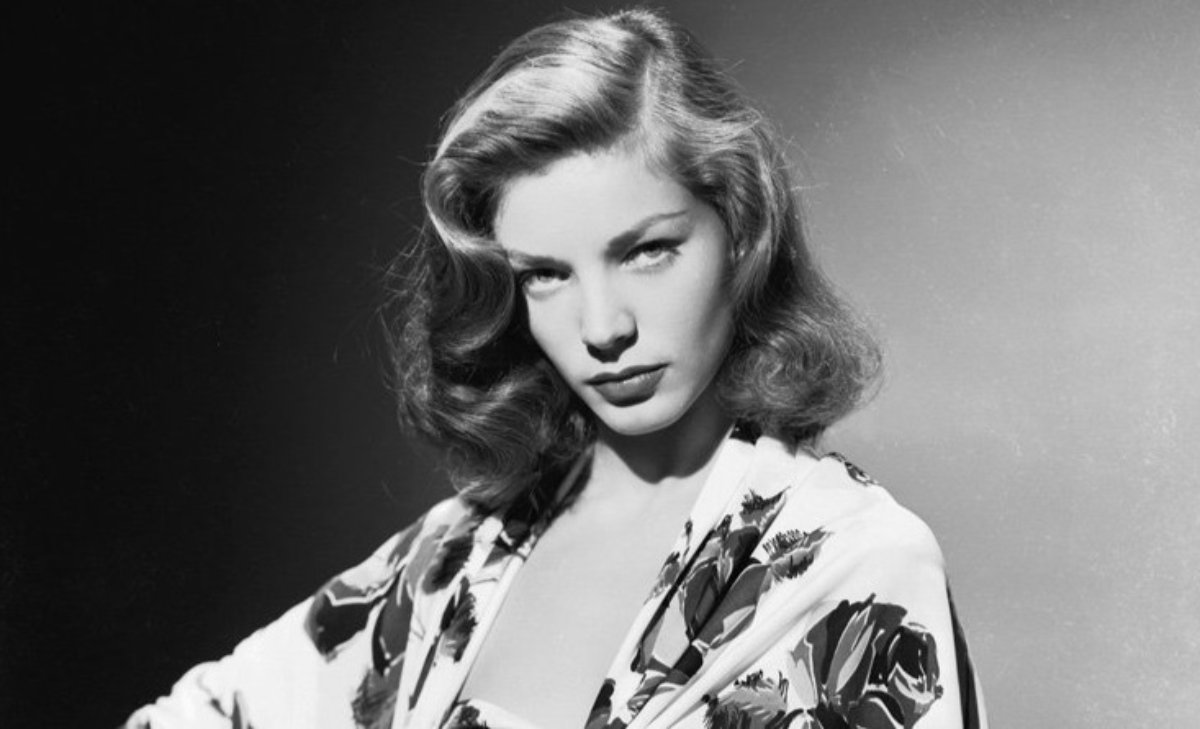
#5. Name This 50s Fashion Icon!
Lauren Bacall was an actress known for her distinctive voice and sultry looks. She was named the 20th-greatest female star of classic Hollywood cinema by the American Film Institute and received an Academy Honorary Award from the Academy of Motion Picture Arts and Sciences in 2009 “in recognition of her central place in the Golden Age of motion pictures”.
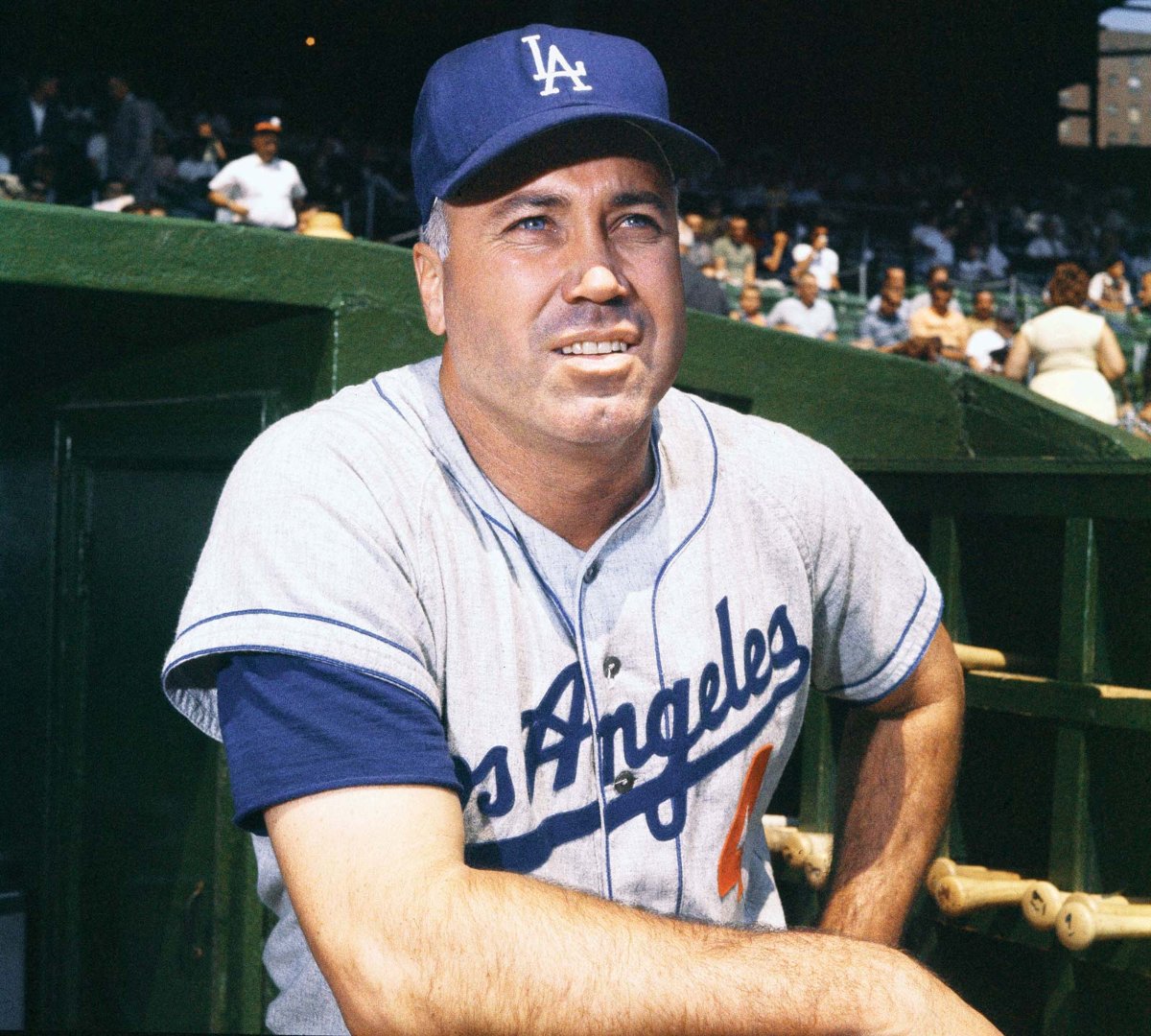
#6. Name This 50s Athlete!
Edwin Donald “Duke” Snider, nicknamed “The Silver Fox” and “The Duke of Flatbush”, was a professional baseball player. Usually assigned to center field, he spent most of his Major League Baseball (MLB) career playing for the Brooklyn and Los Angeles Dodgers (1947‚Äì1962), later playing one season each for the New York Mets (1963) and San Francisco Giants (1964). Snider was named to the National League (NL) All-Star roster eight times and was the NL Most Valuable Player (MVP) runner-up in 1955. In his 16 out of 18 seasons with the Dodgers, he helped lead the Dodgers to six World Series, with victories in 1955 and 1959. He was elected to the National Baseball Hall of Fame in 1980.
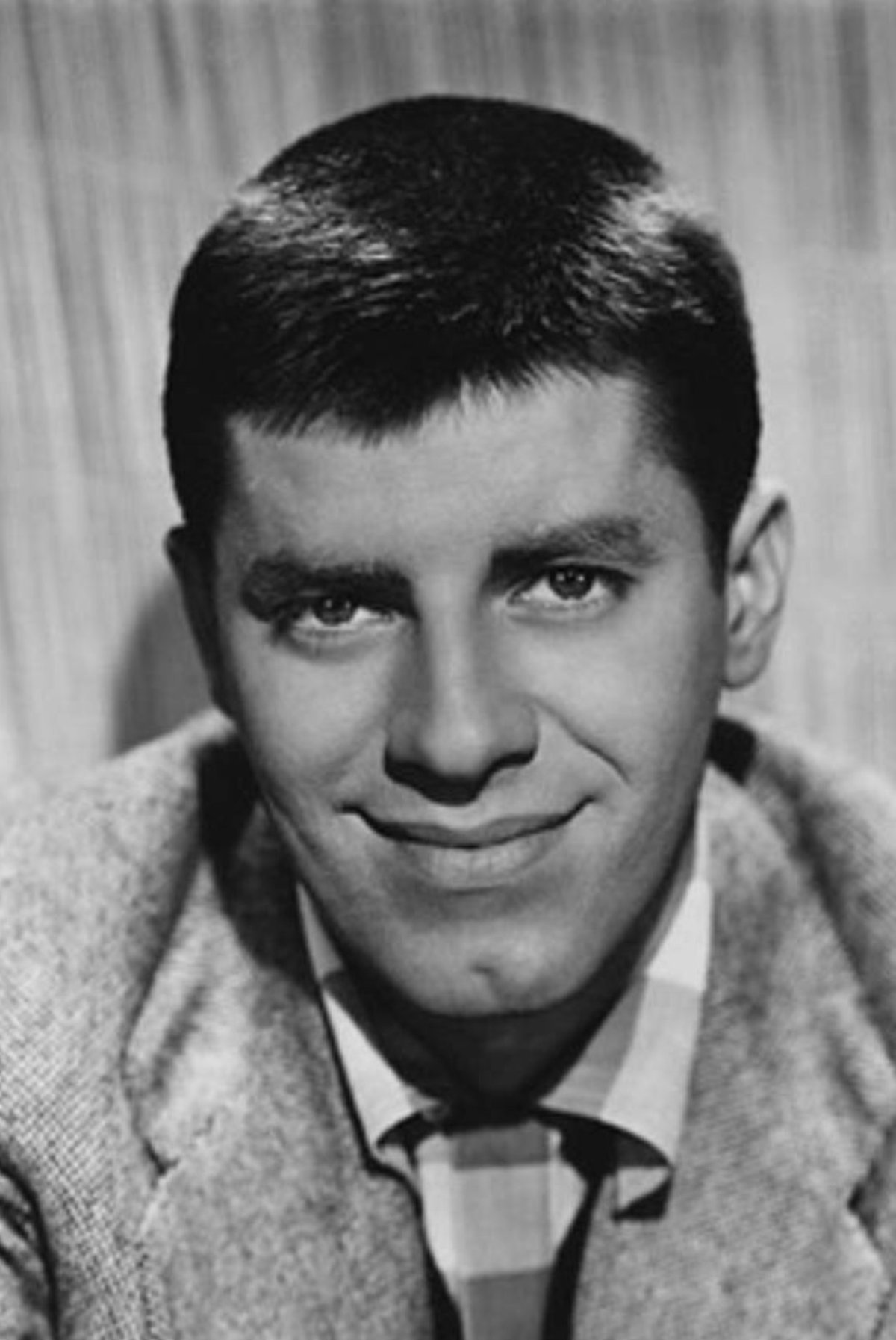
#7. Name This 50s Comedian!
Joseph Levitch, better known by his stage name Jerry Lewis, was a comedian, actor, singer, filmmaker and humanitarian and dubbed as “The King of Comedy” and “The Total Filmmaker”. Lewis gained his career breakthrough with fellow singer Dean Martin, billed as Martin & Lewis, in 1946. They performed on stage, in film, television and radio until an acrimonious break up of the partnership in 1956. Lewis then pursued a solo career directing, producing, screenwriting and starring in many movies and established himself as a notable comedian, becoming one of the most popular acts of all time and was known for his close friendship with fellow artist Sammy Davis Jr.
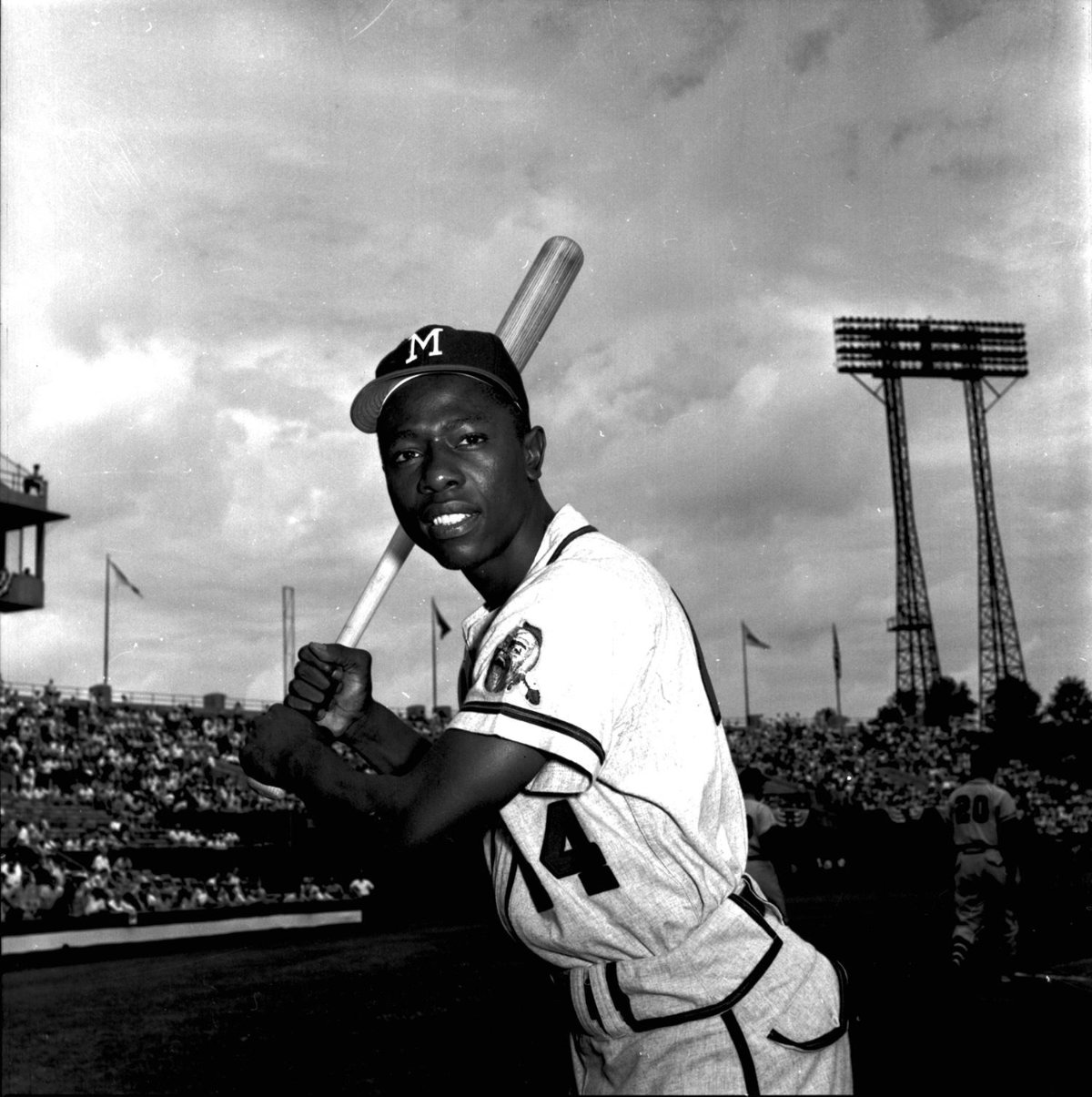
#8. Name This 50s Athlete!
Henry Louis Aaron, nicknamed “Hammer” or “Hammerin’ Hank,” is a retired Major League Baseball (MLB) right fielder who serves as the senior vice president of the Atlanta Braves. He played 21 seasons for the Milwaukee/Atlanta Braves in the National League (NL) and two seasons for the Milwaukee Brewers in the American League (AL), from 1954 through 1976. Aaron held the MLB record for career home runs for 33 years, and he still holds several MLB offensive records. He hit 24 or more home runs every year from 1955 through 1973, and is one of only two players to hit 30 or more home runs in a season at least fifteen times. In 1999, The Sporting News ranked Aaron fifth on its “100 Greatest Baseball Players” list.
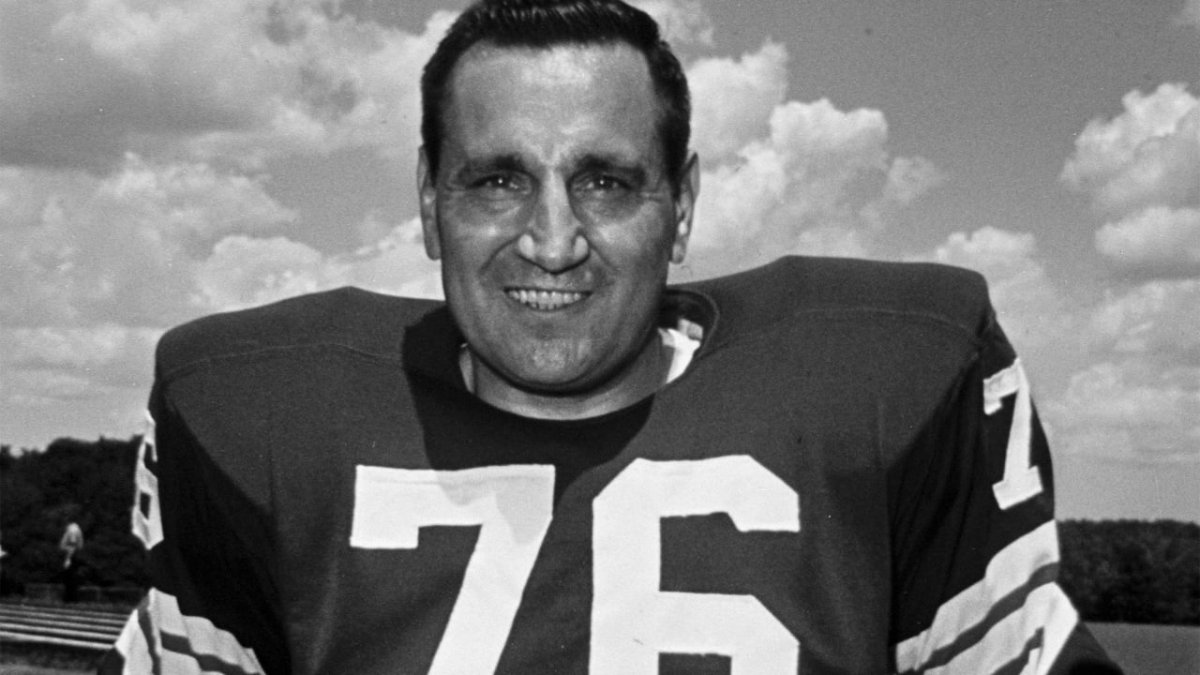
#9. Name This 50s Athlete!
Louis Roy Groza, nicknamed “The Toe”, was a football placekicker and offensive tackle who played his entire career for the Cleveland Browns in the All-America Football Conference (AAFC) and National Football League (NFL). Groza was professional football’s career kicking and points leader when he retired after the 1967 season. He played in 21 seasons for the Browns, helping the team to win eight league championships in that span. Groza’s accuracy and strength as a kicker influenced the development of place-kicking as a specialty; he could kick field goals from beyond 50 yards (46 m) at a time when attempts from that distance were a rarity.
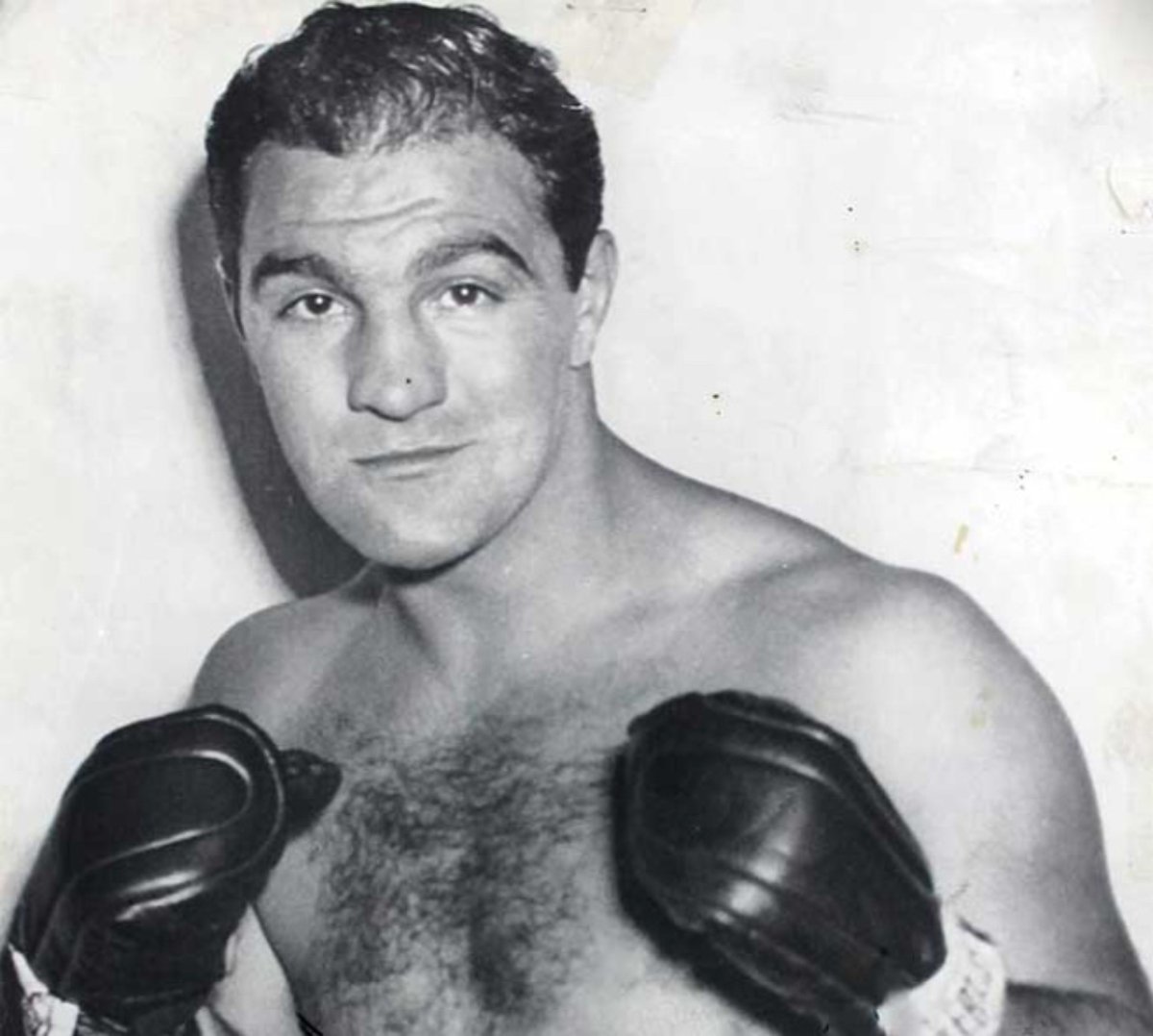
#10. Name This 50s Athlete!
Rocco Francis Marchegiano, best known as Rocky Marciano , was a professional boxer who competed from 1947 to 1955, and held the world heavyweight title from 1952 to 1956. He is the only Heavyweight champion to have retired undefeated as champion. His six title defenses were against Jersey Joe Walcott, Roland La Starza, Ezzard Charles (twice), Don Cockell and Archie Moore. Known for his relentless fighting style, formidable punching power, stamina, and exceptionally durable chin, Marciano has been included by boxing historians in lists of the greatest boxers of all time, and is currently ranked by BoxRec as the eighth greatest heavyweight boxer in history. His knockout-to-win percentage of 87.76% remains one of the highest in heavyweight boxing history.
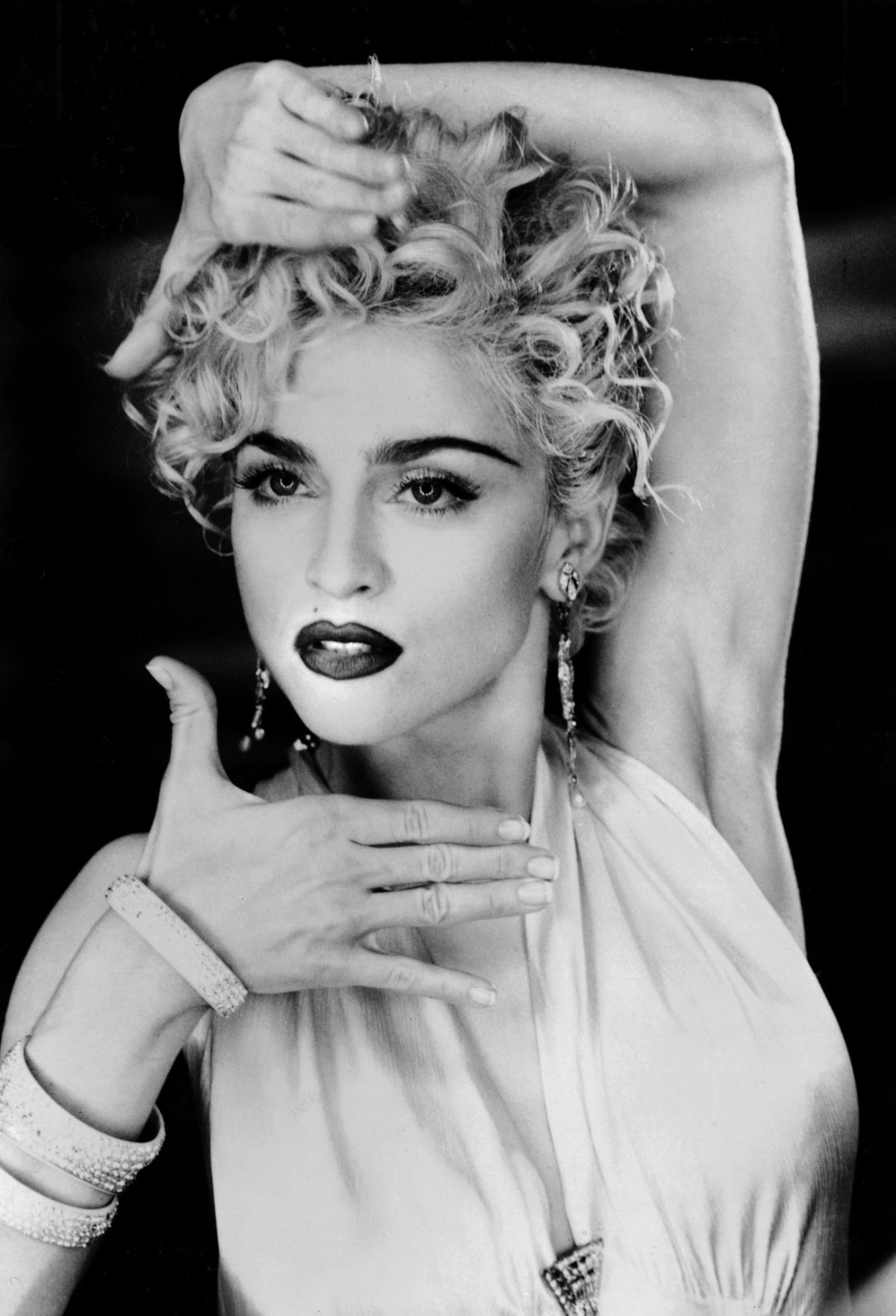
#11. Name This 50s Fashion Icon!
Madonna Louise Ciccone is a singer, songwriter, actress, and businesswoman. Referred to as the “Queen of Pop” since the 1980s, Madonna is known for pushing the boundaries of songwriting in mainstream popular music and for the imagery she uses onstage and in music videos. She has frequently reinvented her music and image while maintaining autonomy within the recording industry. Although having sparked controversy, her works have been praised by music critics. Madonna is often cited as an influence by other artists.
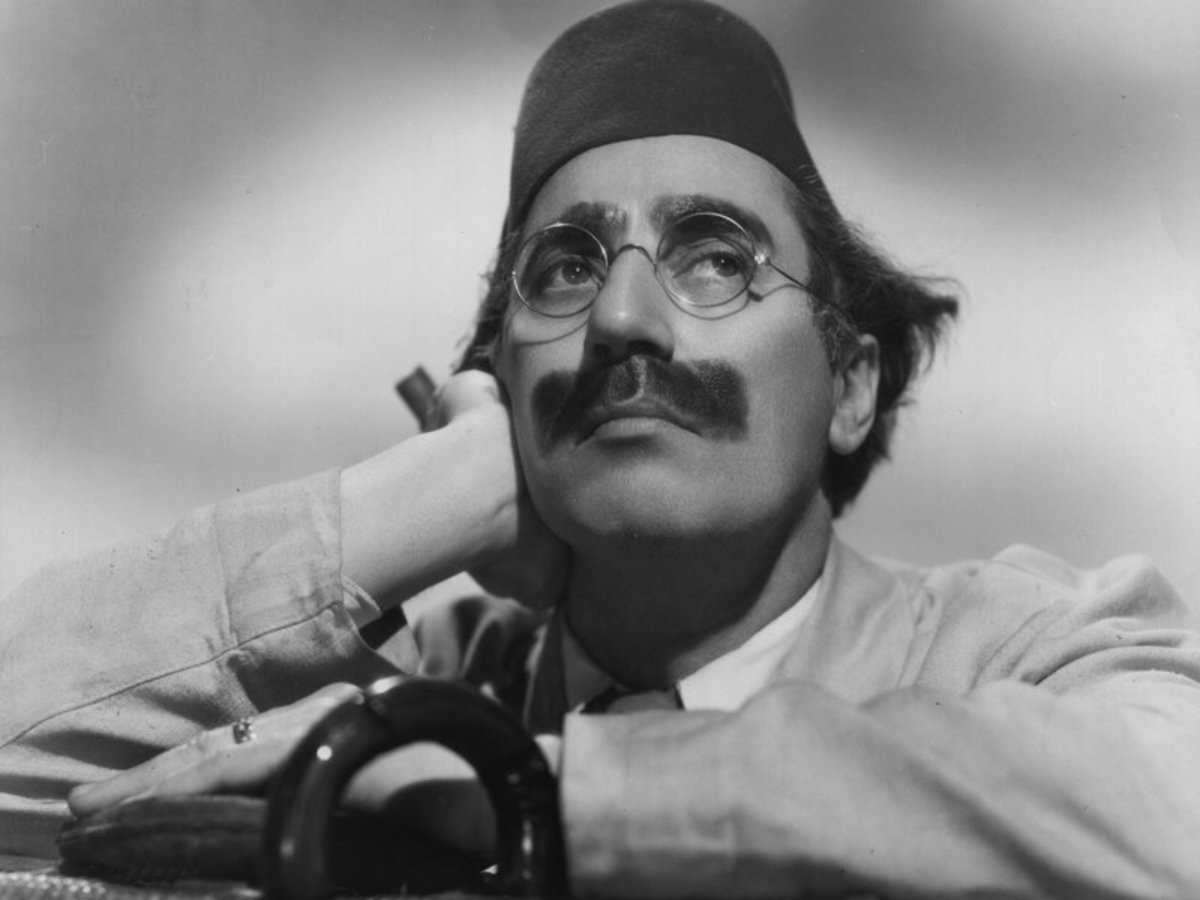
#12. Name This 50s Comedian!
Julius Henry “Groucho” Marx was a comedian, writer, stage, film, radio, and television star. A master of quick wit, he is widely considered one of America’s greatest comedians. He made 13 feature films with his siblings the Marx Brothers, of whom he was the third-born. He also had a successful solo career, most notably as the host of the radio and television game show You Bet Your Life.
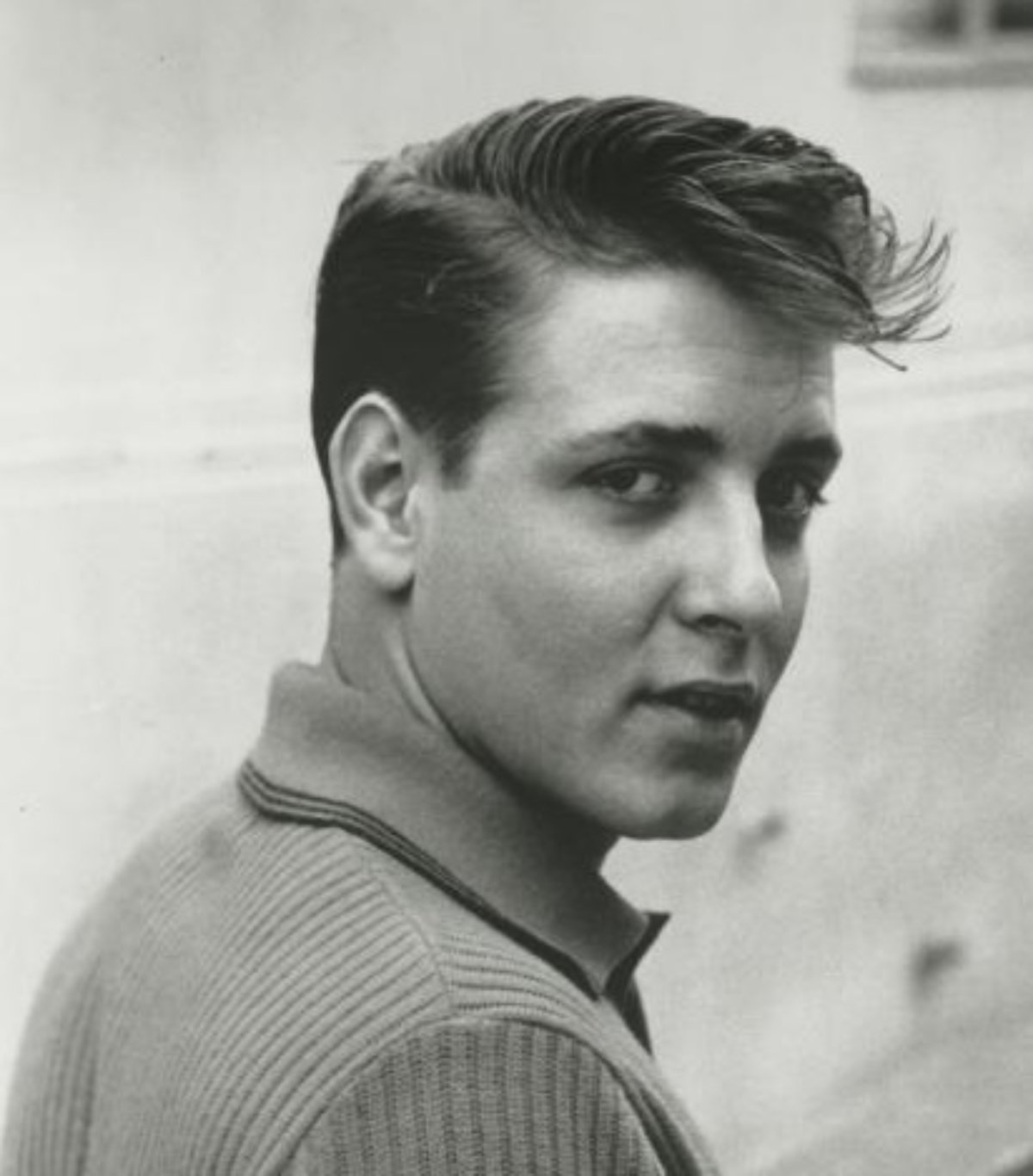
#13. Name This 50s Music Icon!
Ray Edward Cochran was a mid-20th century rock and roll musician. Cochran’s songs, such as “Twenty Flight Rock”, “Summertime Blues”, “C’mon Everybody” and “Somethin’ Else”, captured teenage frustration and desire in the mid-1950s and early 1960s. He experimented with multitrack recording, distortion techniques, and overdubbing even on his earliest singles. He played the guitar, piano, bass, and drums. His image as a sharply dressed and good-looking young man with a rebellious attitude epitomized the stance of the 1950s rocker, and in death he achieved iconic status.
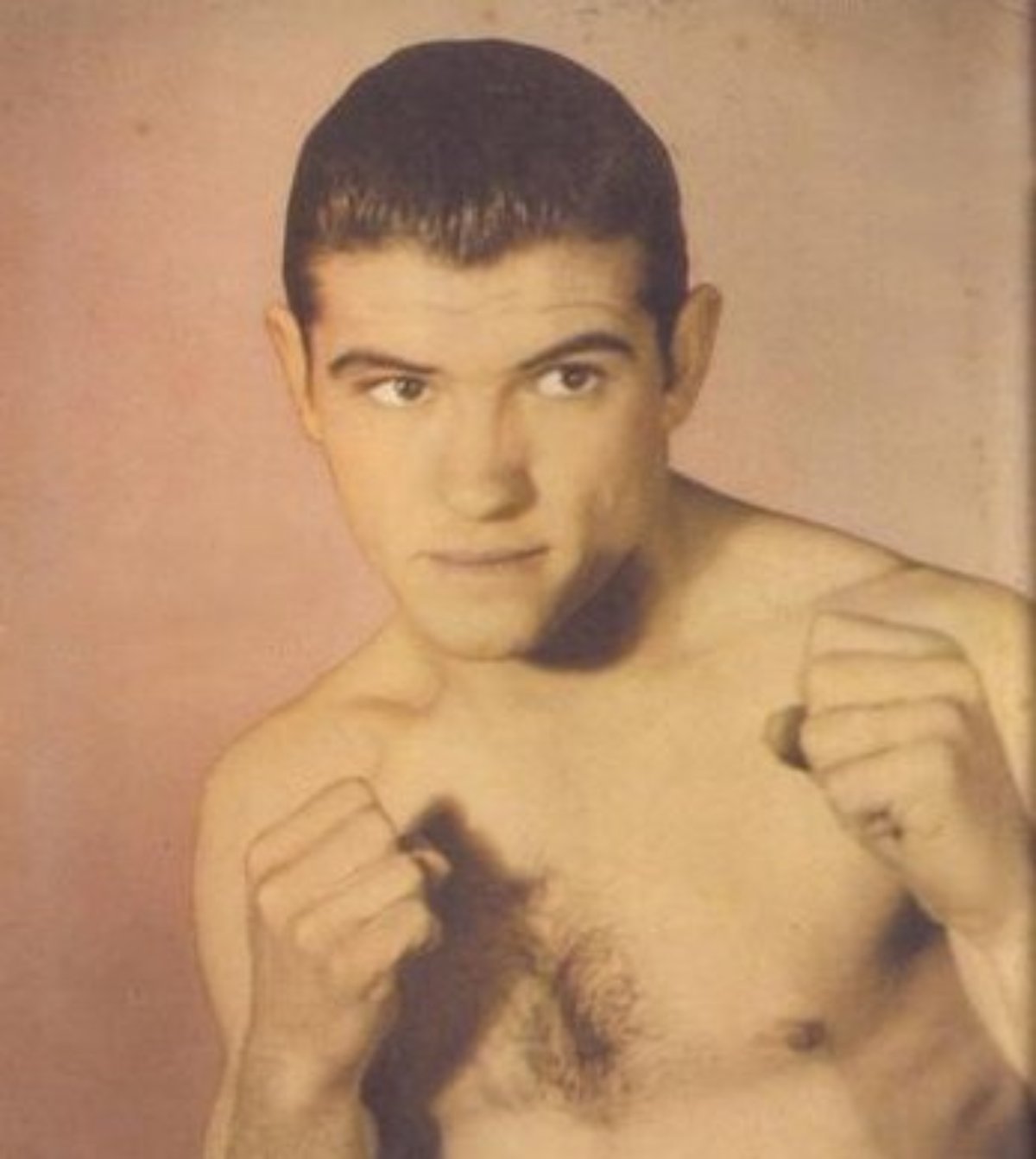
#14. Name This 50s Athlete!
Pascual Gross Pérez was a professional baseball player who pitched in the Major Leagues for the Pittsburgh Pirates, Atlanta Braves, Montreal Expos, and New York Yankees. Pérez was signed by scout Neftalí Cruz for the Pittsburgh Pirates organization in 1976. He reached the major league club in 1980. Traded to the Braves on June 30, 1982, he enjoyed his two best seasons while with that organization, going 15–8 and 14–8 in 1983 and 1984 respectively.
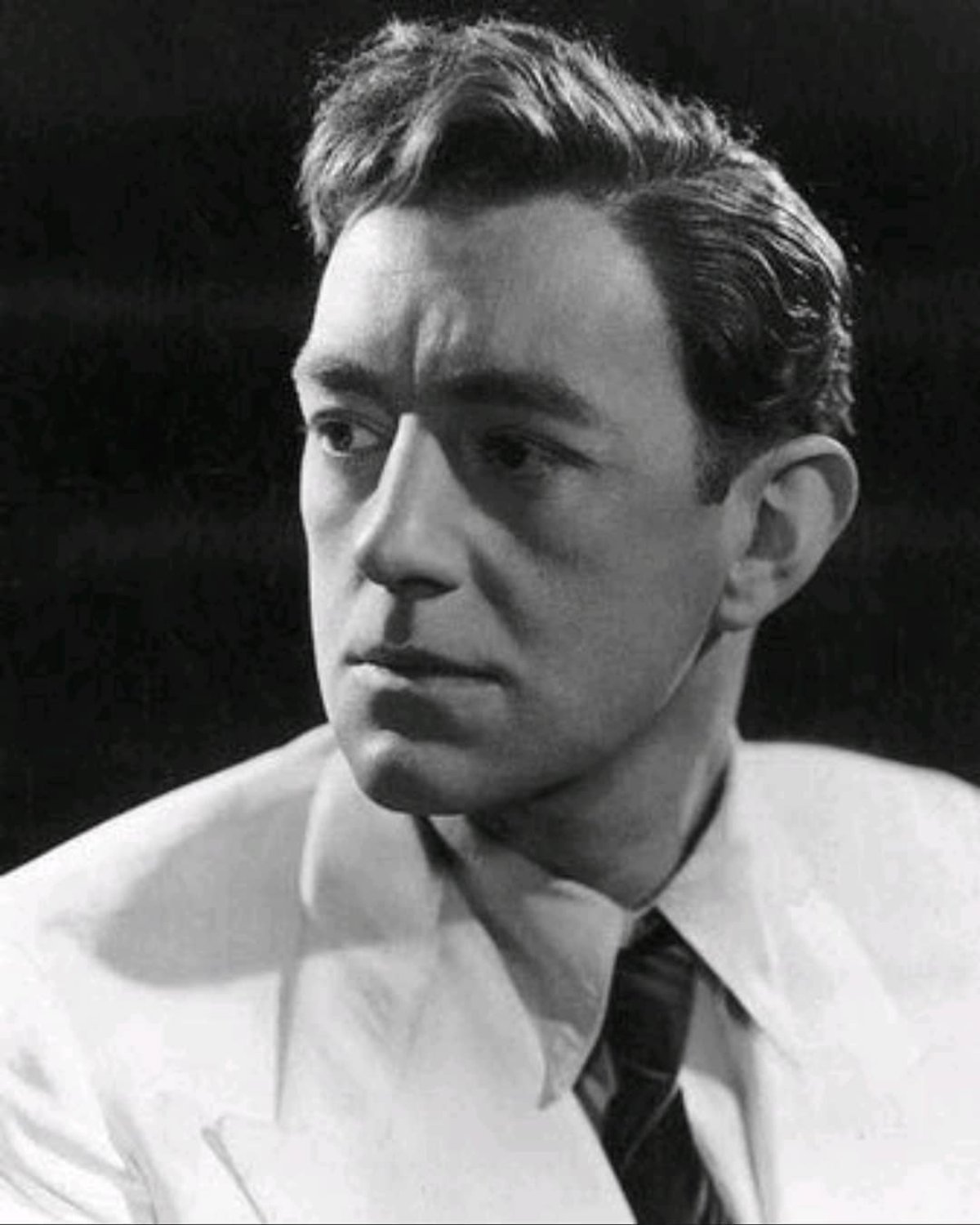
#15. Name This 50s Actor!
Sir Alec Guinness, was an actor. After an early career on the stage, Guinness was featured in several of the Ealing Comedies, including The Ladykillers and Kind Hearts and Coronets in which he played nine different characters. He is known for his six collaborations with David Lean: Herbert Pocket in Great Expectations (1946), Fagin in Oliver Twist (1948), Col. Nicholson in The Bridge on the River Kwai (1957, for which he won the Academy Award for Best Actor), Prince Faisal in Lawrence of Arabia (1962), General Yevgraf Zhivago in Doctor Zhivago (1965), and Professor Godbole in A Passage to India (1984). He is also known for his portrayal of Obi-Wan Kenobi in George Lucas’ original Star Wars trilogy; for the original film, he was nominated for Best Supporting Actor at the 50th Academy Awards.
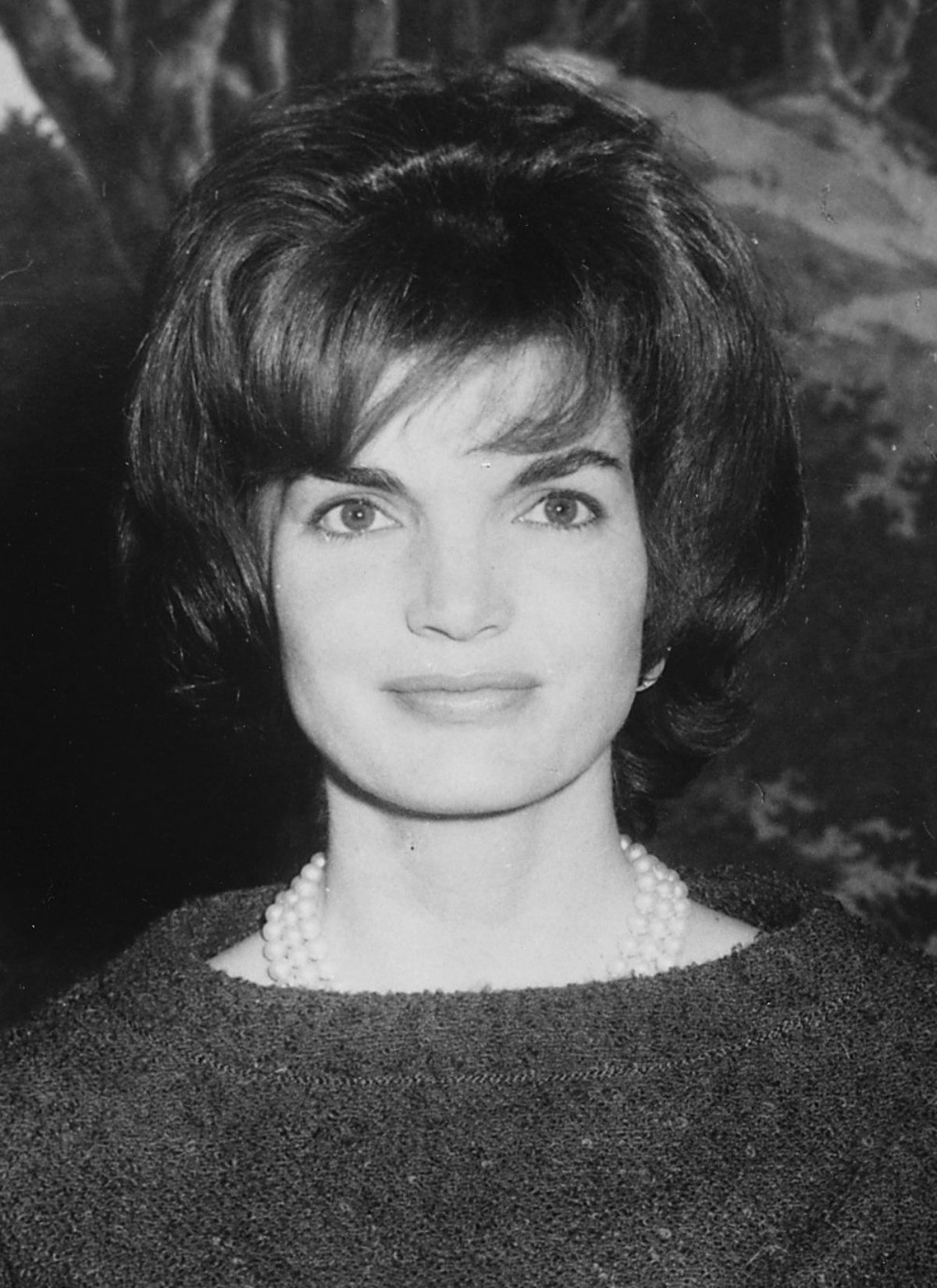
#16. Name This 50s Fashion Icon!
Jacqueline Lee Kennedy Onassis was First Lady of the United States during the presidency of John F. Kennedy and was regarded then and afterward as an international icon of style and culture. Bouvier was born in 1929 in Southampton, New York, to Wall Street stockbroker John Vernou Bouvier III and his wife, Janet Lee Bouvier. In 1951, she graduated with a Bachelor of Arts in French literature from George Washington University and went on to work for the Washington Times-Herald as an inquiring photographer.
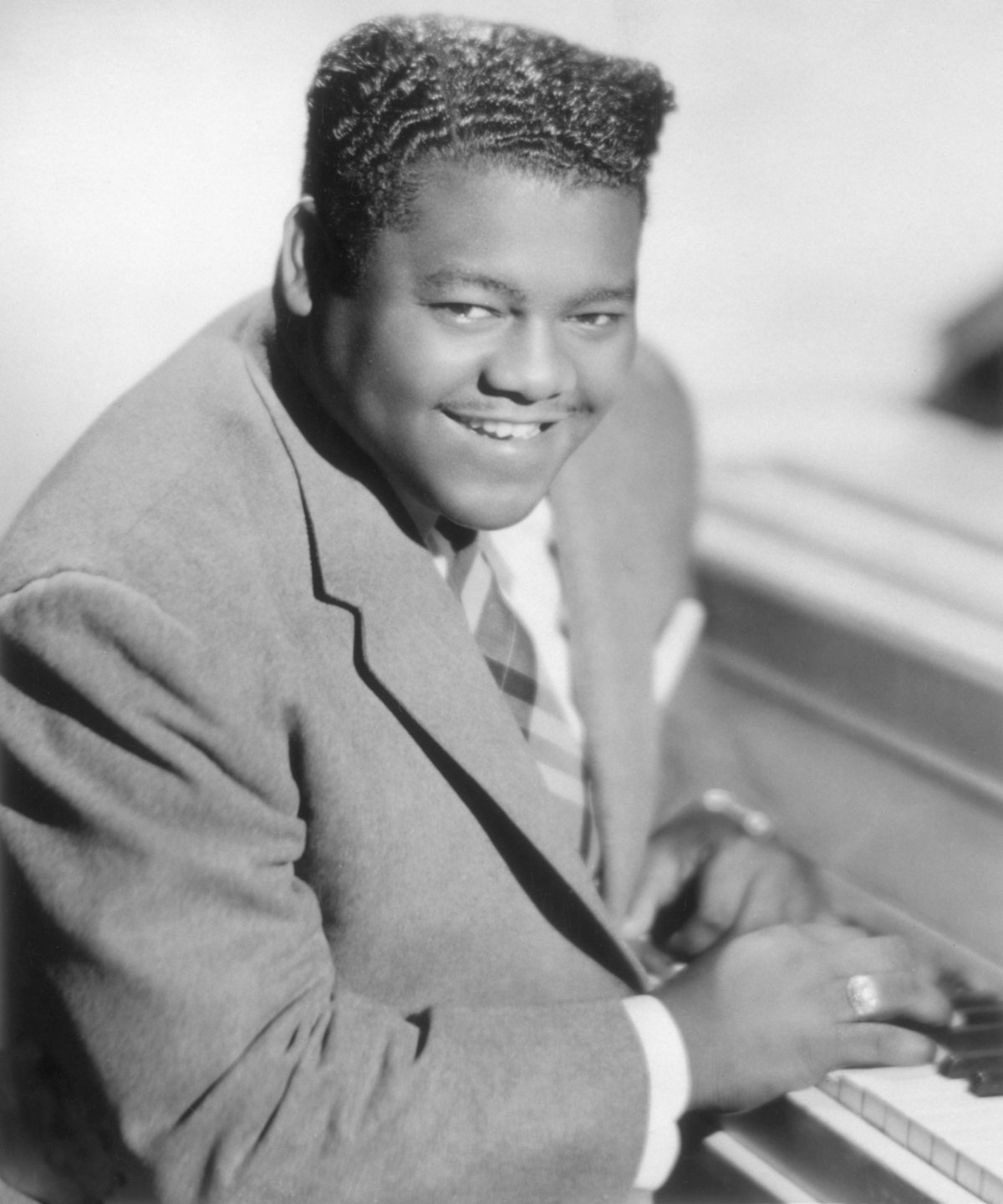
#17. Name This 50s Music Icon!
Antoine “Fats” Domino Jr. was a pianist and singer-songwriter. One of the pioneers of rock and roll music, Domino sold more than 65 million records. Between 1955 and 1960, he had eleven Top 10 hits. His humility and shyness may be one reason his contribution to the genre has been overlooked. During his career, Domino had 35 records in the U.S. Billboard Top 40, and five of his pre-1955 records sold more than a million copies, being certified gold.
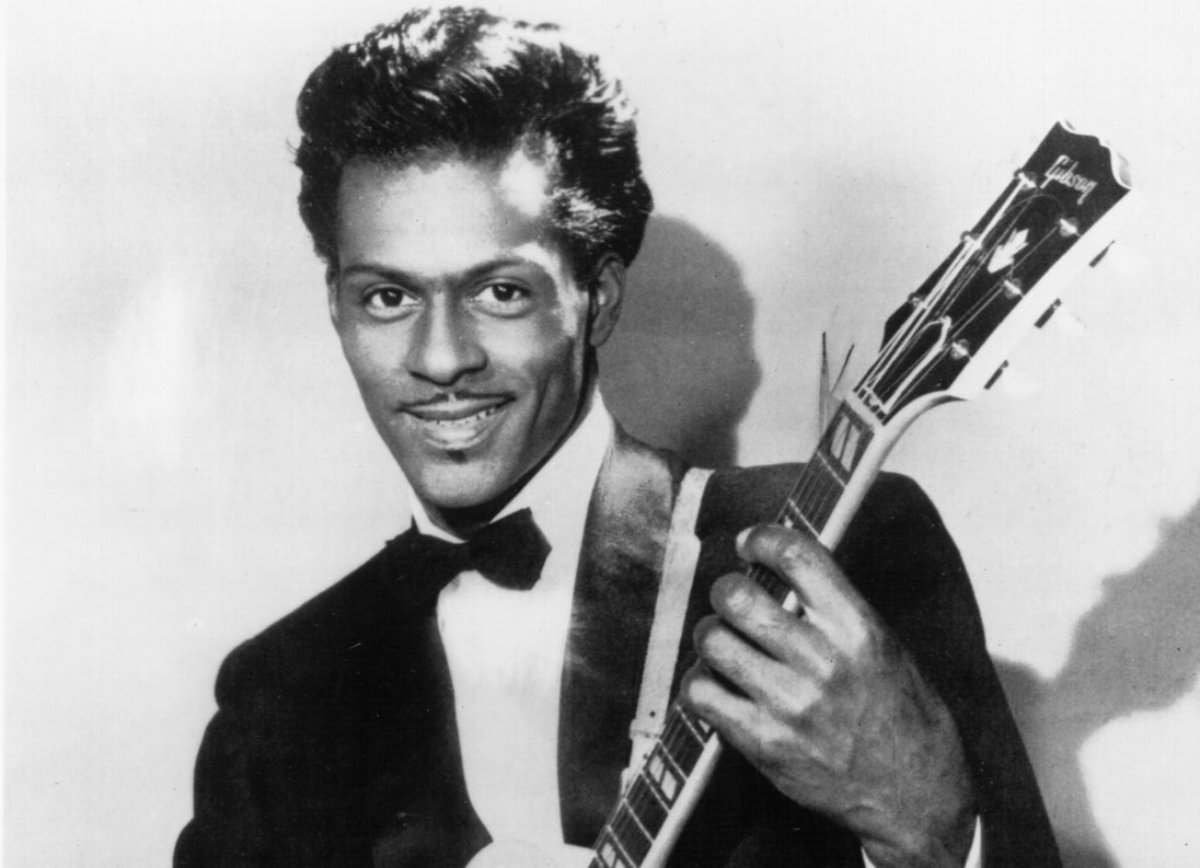
#18. Name This 50s Music Icon!
Charles Edward Anderson Berry was a singer and songwriter, and one of the pioneers of rock and roll music. With songs such as “Maybellene” (1955), “Roll Over Beethoven” (1956), “Rock and Roll Music” (1957) and “Johnny B. Goode” (1958), Berry refined and developed rhythm and blues into the major elements that made rock and roll distinctive. Writing lyrics that focused on teen life and consumerism, and developing a music style that included guitar solos and showmanship, Berry was a major influence on subsequent rock music.
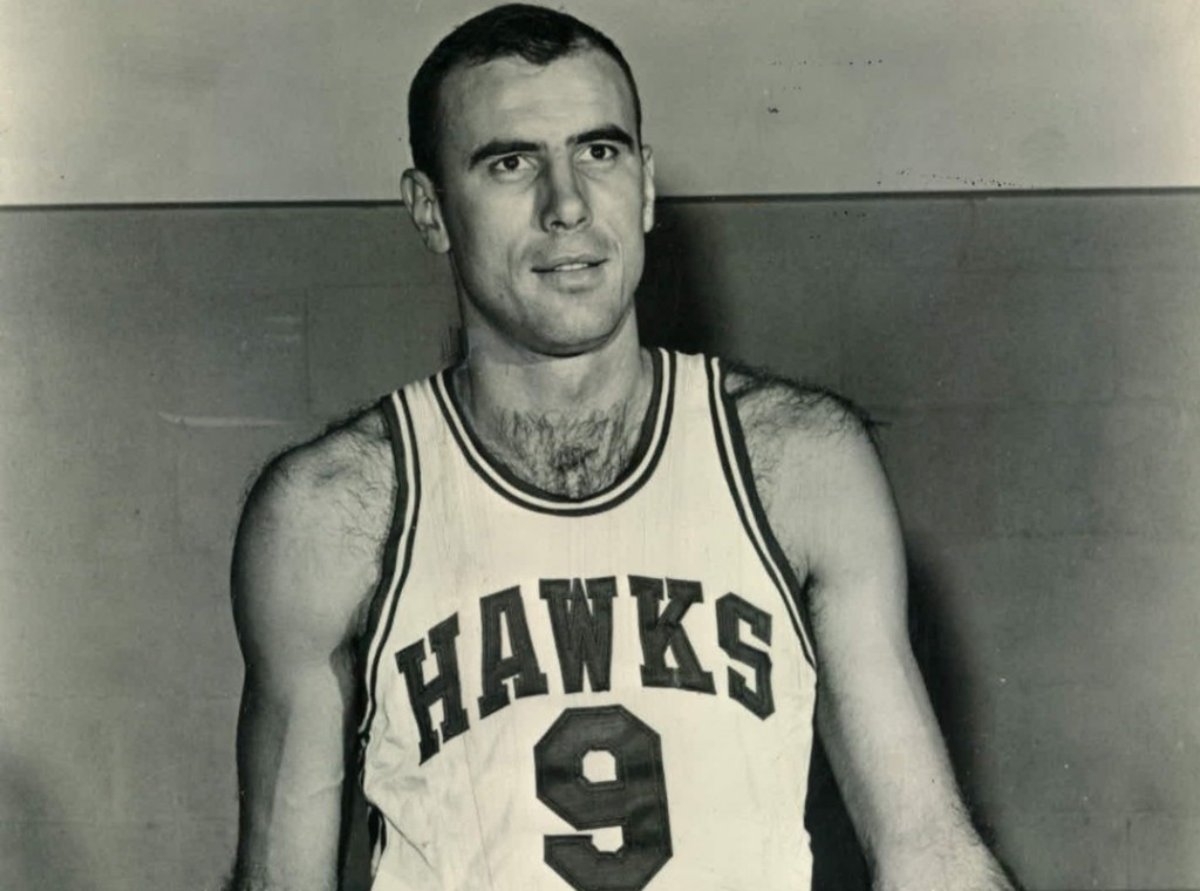
#19. Name This 50s Athlete!
Robert Lee Pettit Jr. is a retired professional basketball player. He played 11 seasons in the NBA, all with the Milwaukee/St. Louis Hawks (1954‚Äì1965). He was the first recipient of the NBA’s Most Valuable Player Award. He also won the NBA All-Star Game MVP award four times, a feat matched only by Kobe Bryant. He was inducted into the Naismith Memorial Basketball Hall of Fame in 1970.
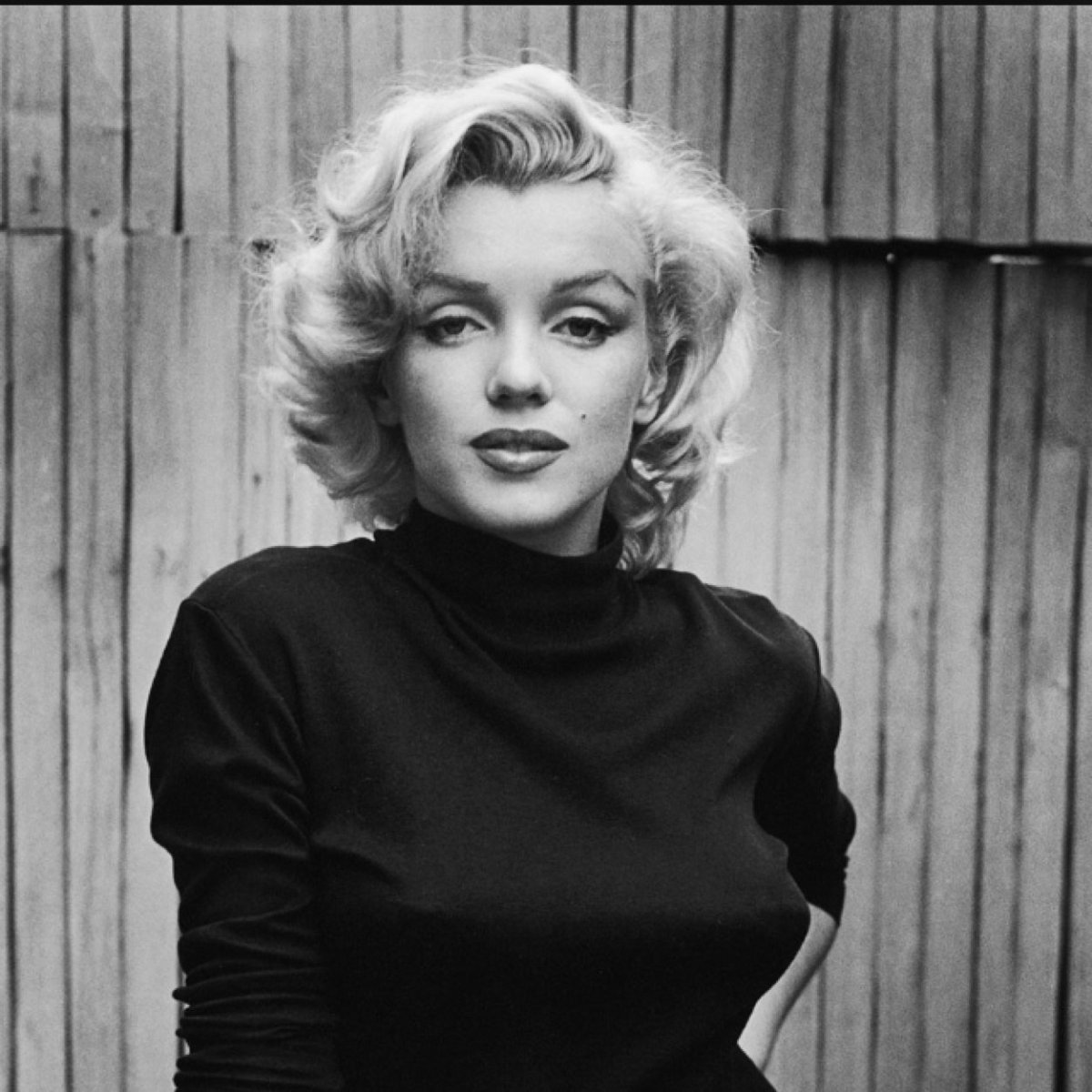
#20. Name This 50s Fashion Icon!
Marilyn Monroe was an actress, model, and singer. Famous for playing comedic “blonde bombshell” characters, she became one of the most popular sex symbols of the 1950s and early 1960s and was emblematic of the era’s changing attitudes towards sexuality. Although she was a top-billed actress for only a decade, her films grossed $200 million (equivalent to $2 billion in 2018) by the time of her unexpected death in 1962. More than half a century later, she continues to be a major popular culture icon.
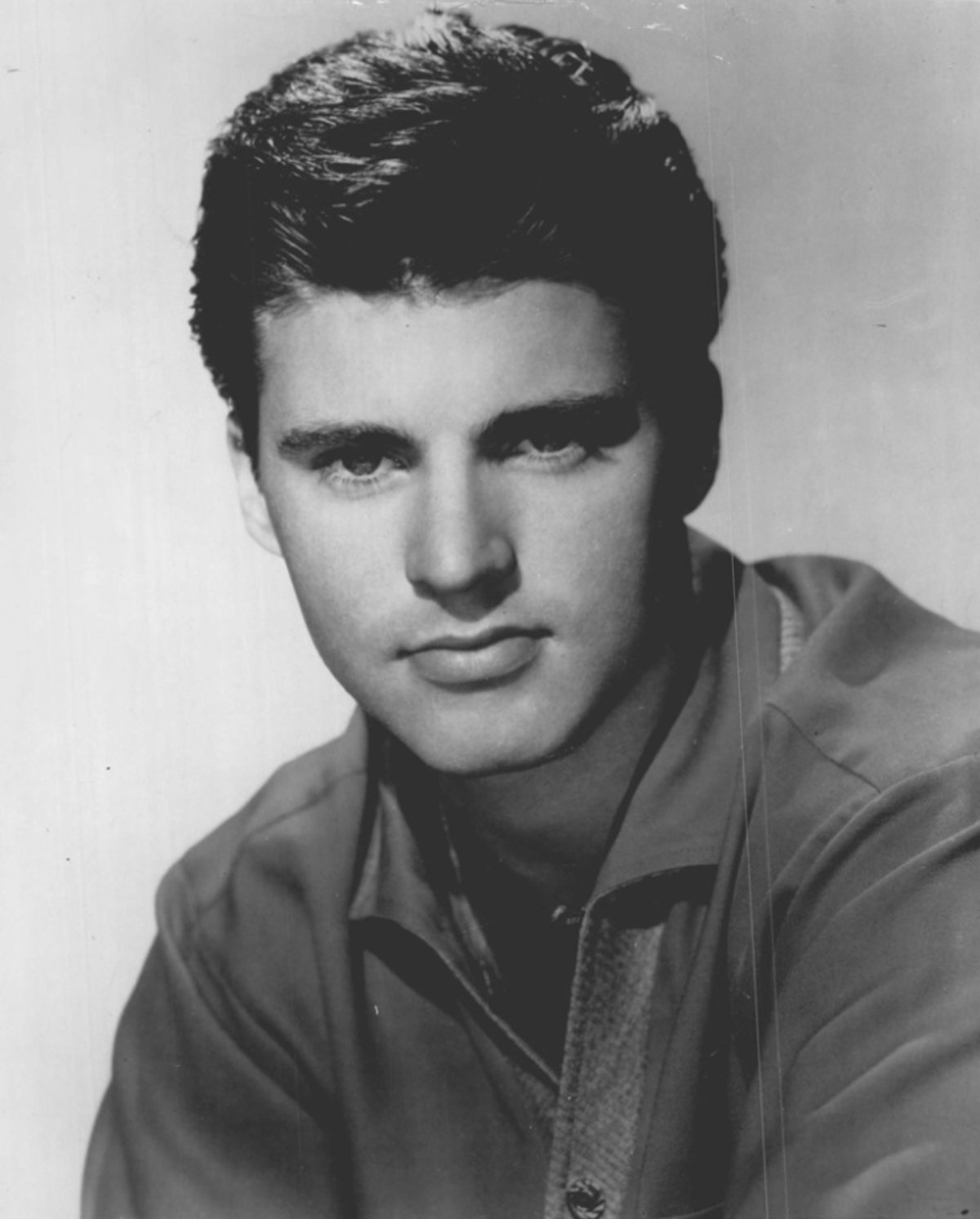
#21. Name This 50s Music Icon!
Eric Hilliard Nelson, known professionally as Ricky Nelson, was a pop star, musician, and singer-songwriter. From age eight he starred alongside his family in the radio and television series The Adventures of Ozzie and Harriet. In 1957 he began a long and successful career as a popular recording artist. As one of the top “teen idols” of the 1950s his fame led to a motion picture role co-starring alongside John Wayne and Dean Martin in Howard Hawks’s western feature film Rio Bravo (1959). He placed 53 songs on the Billboard Hot 100, and its predecessors, between 1957 and 1973, including “Poor Little Fool” in 1958, which was the first #1 song on Billboard magazine’s then-newly created Hot 100 chart. He recorded 19 additional Top 10 hits and was inducted into the Rock and Roll Hall of Fame on January 21, 1987. In 1996 Nelson was ranked #49 on TV Guide’s 50 Greatest TV Stars of All Time.
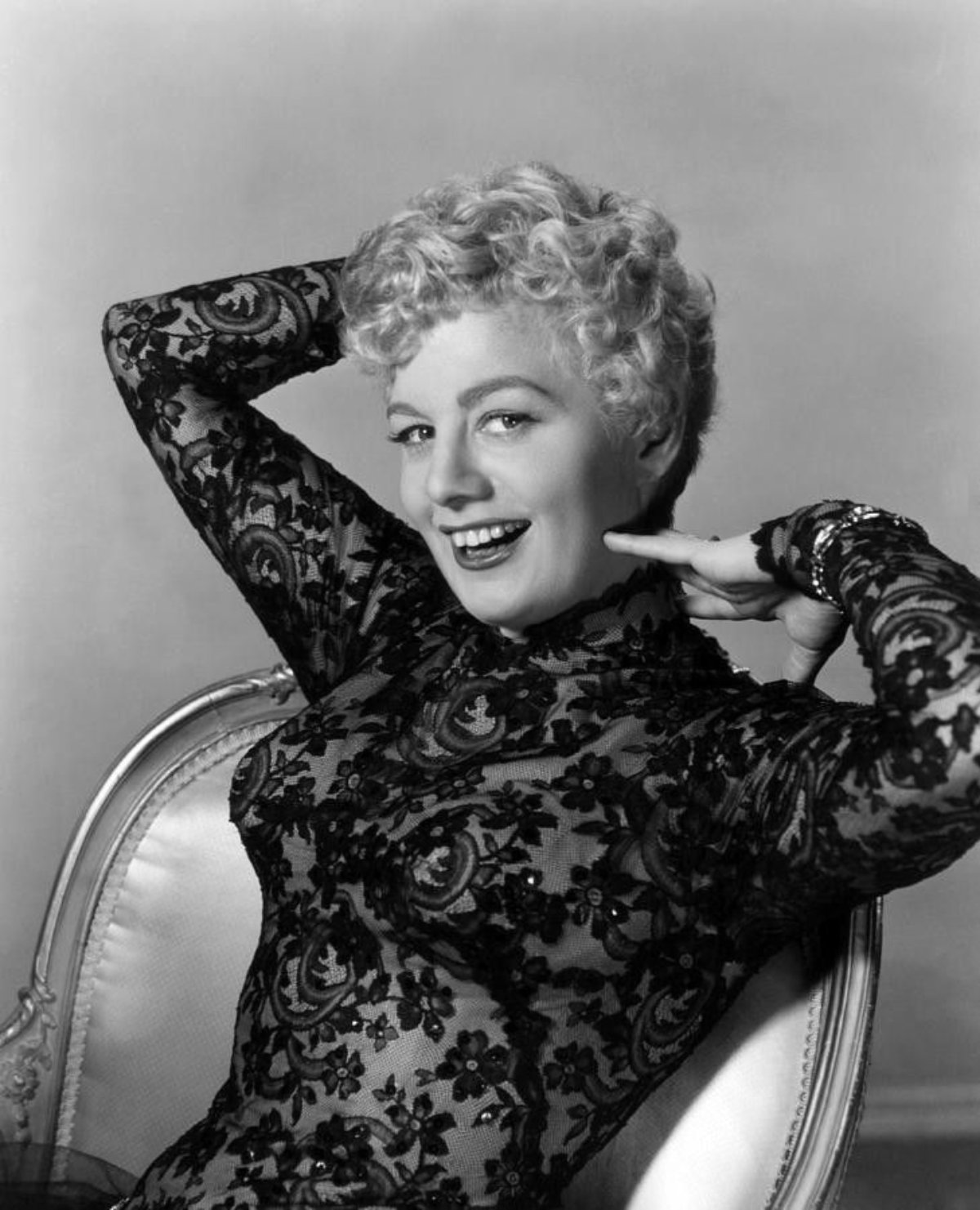
#22. Name This 50s Actor!
Shelley Winters was an actress whose career spanned almost six decades. She appeared in numerous films, and won Academy Awards for The Diary of Anne Frank (1959) and A Patch of Blue (1965), and received nominations for A Place in the Sun (1951) and The Poseidon Adventure (1972). Other roles Winters appeared in include A Double Life (1947), The Night of the Hunter (1955), Lolita (1962), Alfie (1966), and Pete’s Dragon (1977). In addition to film, Winters also appeared in television, including a years-long tenure on the sitcom Roseanne, and also authored three autobiographical books.
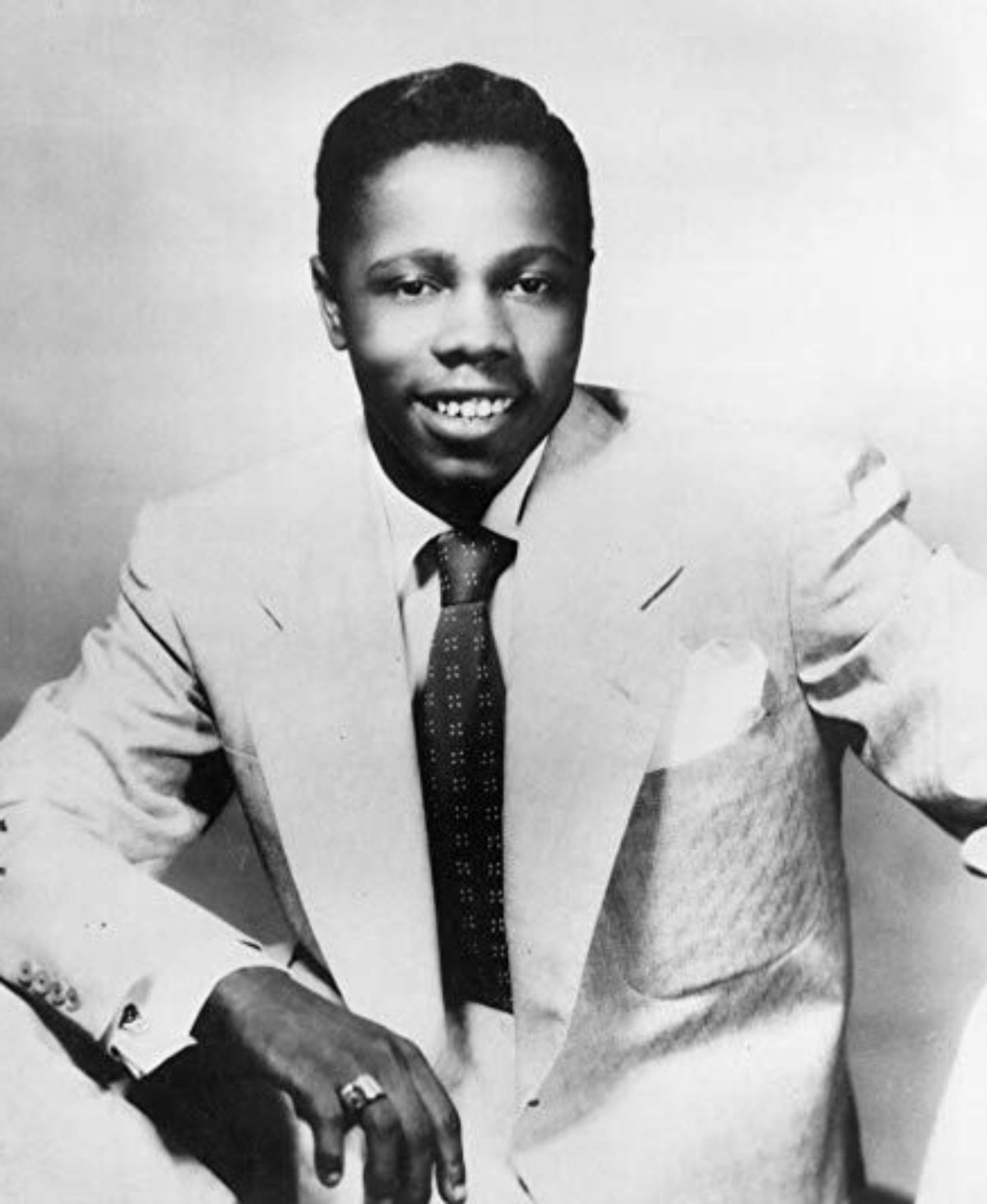
#23. Name This 50s Music Icon!
John Marshall Alexander Jr., known by the stage name Johnny Ace, was a rhythm-and-blues singer. He had a string of hit singles in the mid-1950s. He died of an accidental self-inflicted gunshot wound at the age of 25. Alexander was born in Memphis, Tennessee, the son of a preacher, and grew up near LeMoyne-Owen College. After serving in the U.S. Navy during the Korean War, he joined Adolph Duncan’s Band as a pianist. He then joined the B. B. King band. Soon King departed for Los Angeles, and the band’s singer, Bobby Bland, joined the army. Alexander took over vocal duties and renamed the band the Beale Streeters. He also took over King’s radio show on WDIA.
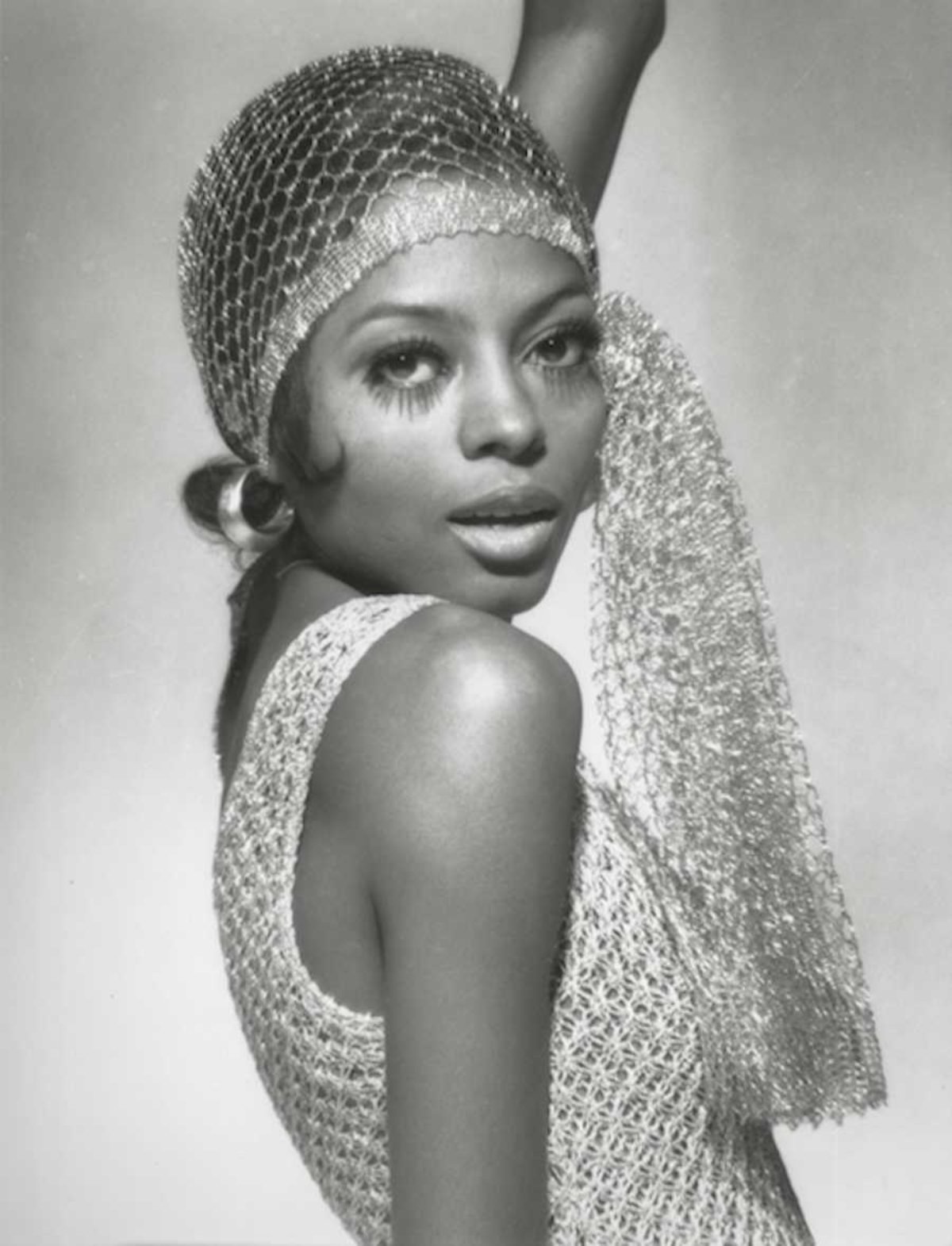
#24. Name This 50s Fashion Icon!
Diana Ross is a singer, actress, and record producer. Born and raised in Detroit, Michigan, Ross rose to fame as the lead singer of the vocal group the Supremes, which, during the 1960s, became Motown’s most successful act, and are the best charting girl group in US history, as well as one of the world’s best-selling girl groups of all time. The group released a record-setting twelve number-one hit singles on the US Billboard Hot 100, including “Where Did Our Love Go”, “Baby Love”, “Come See About Me”, “Stop! In the Name of Love”, “You Can’t Hurry Love”, “You Keep Me Hangin’ On”, “Love Child”, and “Someday We’ll Be Together”.
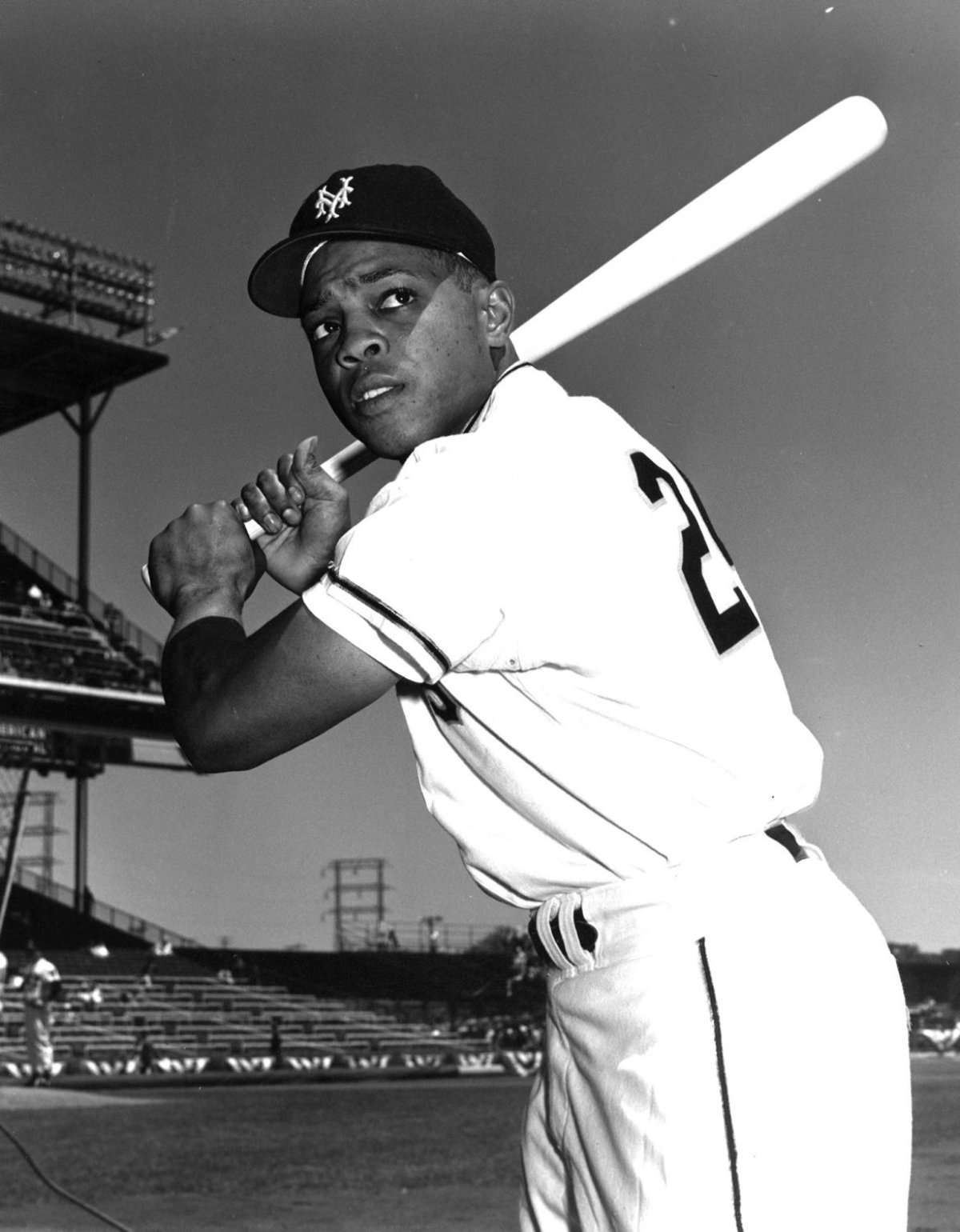
#25. Name This 50s Athlete!
Willie Howard Mays, Jr., nicknamed “The Say Hey Kid”, is a former Major League Baseball (MLB) center fielder who spent almost all of his 22-season career playing for the New York/San Francisco Giants, before finishing with the New York Mets. He is regarded as one of the greatest baseball players of all time and was elected to the Baseball Hall of Fame in 1979. Mays won two National League (NL) Most Valuable Player (MVP) awards, he ended his career with 660 home runs‚Äîthird at the time of his retirement and currently fifth all-time‚Äîand won a record-tying 12 Gold Glove awards beginning in 1957, when the award was introduced
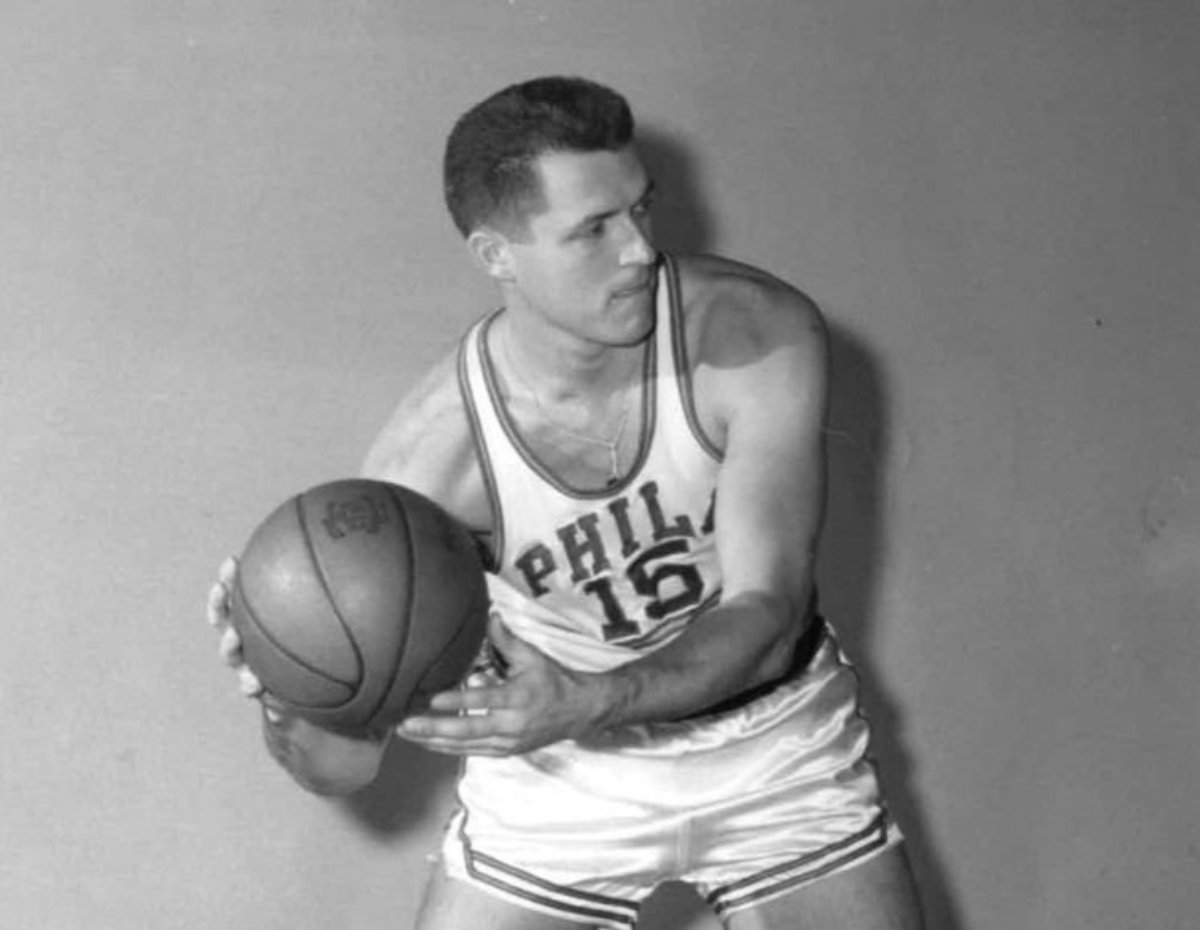
#26. Name This 50s Athlete!
Donald Neil Johnston was a basketball player at the center position who played eight years in the National Basketball Association (NBA), from 1951 to 1959. He was inducted into the Naismith Memorial Basketball Hall of Fame as a player in 1990. Johnston led the NBA in scoring for three consecutive seasons: 1952‚Äì53, 1953‚Äì54, and 1954‚Äì55. During the 1954‚Äì55 season, he also won the league’s rebounding title. He led the league in minutes played in the 1952‚Äì53 season, 1953‚Äì54 season and in field goal percentage in the 1952‚Äì53 and 1955‚Äì56 season and 1956‚Äì57 season. He led the NBA in Win Shares for five consecutive seasons.
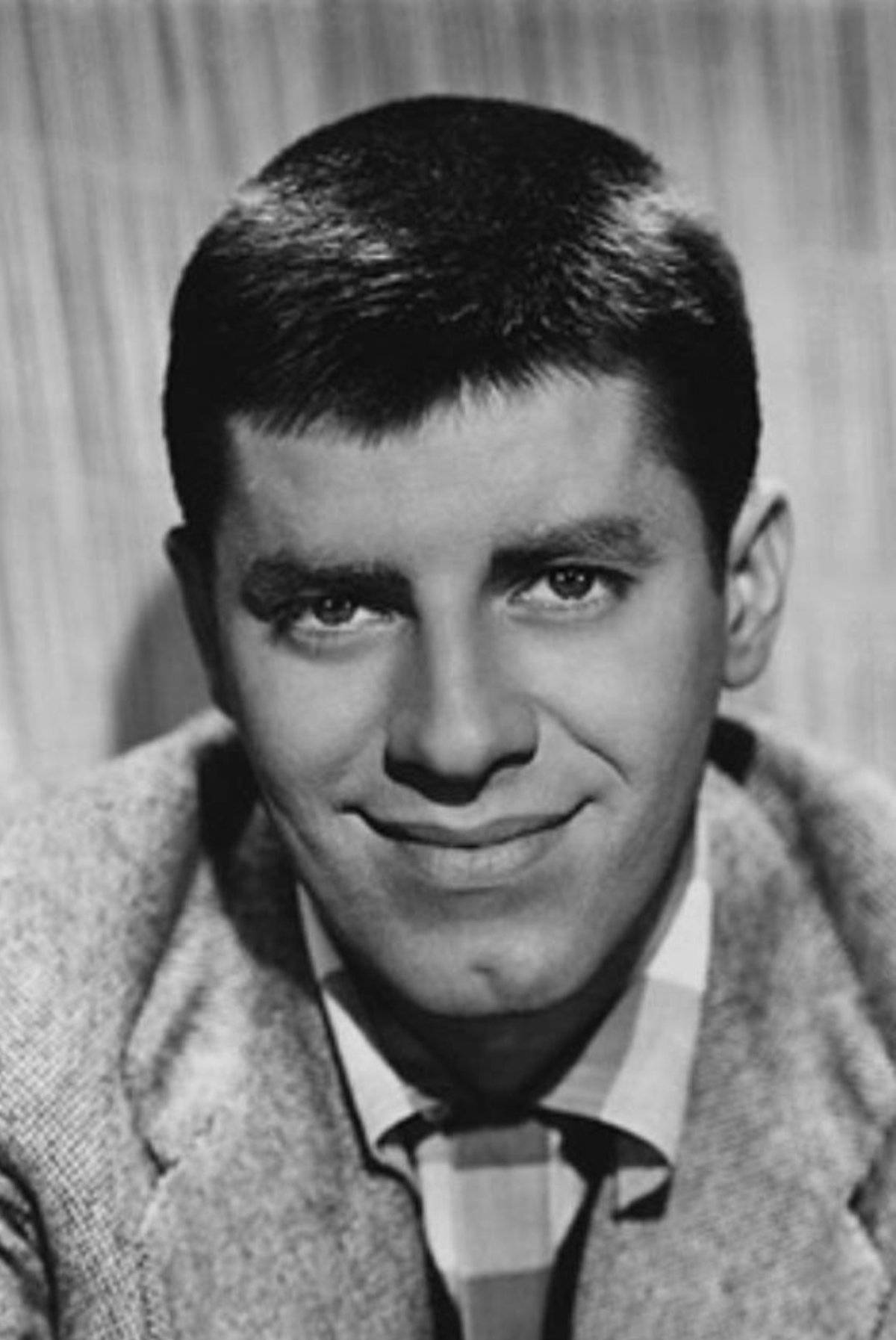
#27. Name This 50s Actor!
Audrey Hepburn was an actress and humanitarian. Recognised as a film and fashion icon, she was ranked by the American Film Institute as the third-greatest female screen legend in Golden Age Hollywood, and was inducted into the International Best Dressed List Hall of Fame. Born in Ixelles, Brussels, Hepburn spent parts of her childhood in Belgium, England, and the Netherlands. She studied ballet with Sonia Gaskell in Amsterdam beginning in 1945 and with Marie Rambert in London starting in 1948.
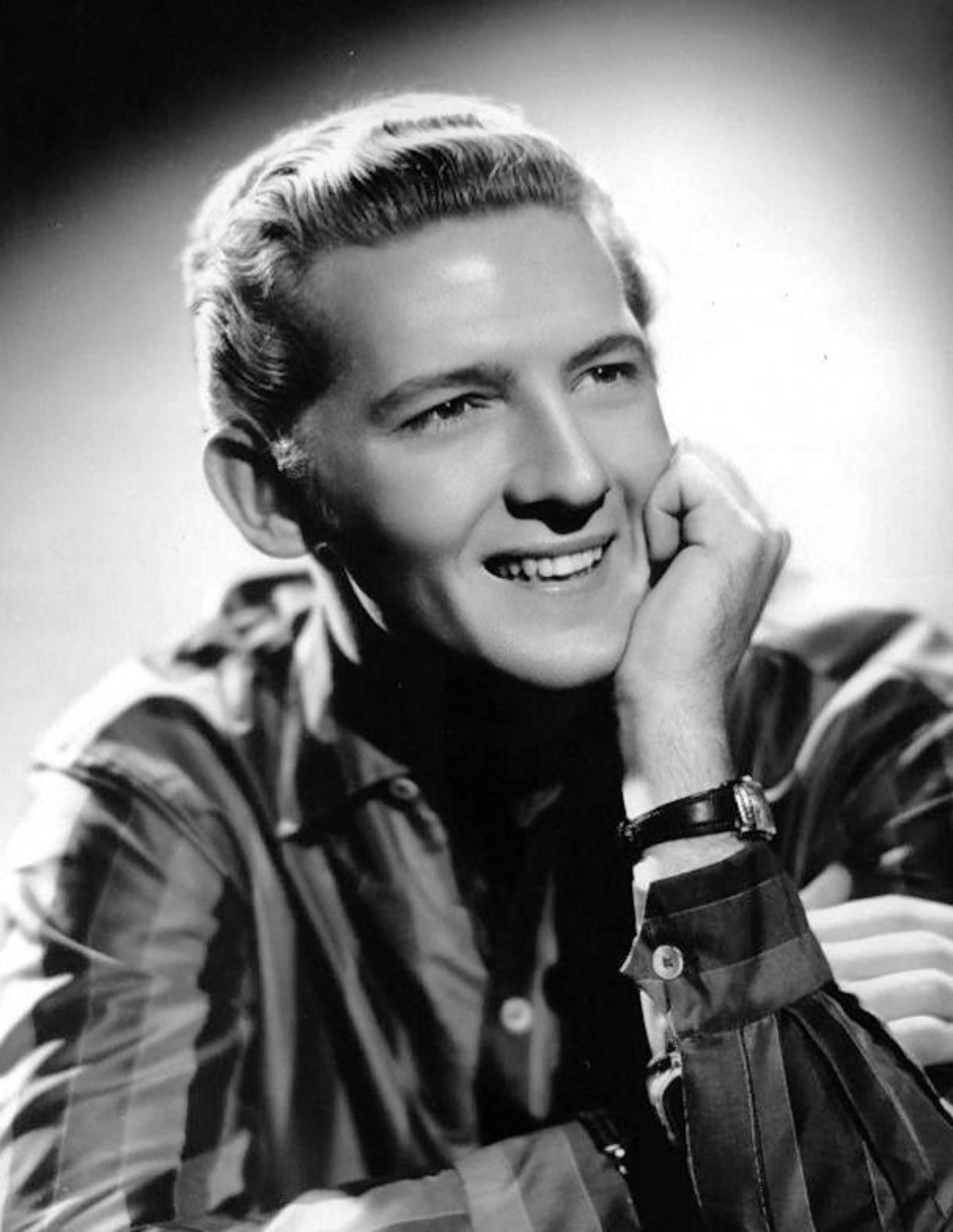
#28. Name This 50s Music Icon!
Jerry Lee Lewis is a singer-songwriter, musician, and pianist, often known by his nickname, The Killer. He has been described as “rock & roll’s first great wild man.” A pioneer of rock and roll and rockabilly music, Lewis made his first recordings in 1956 at Sun Records in Memphis. “Crazy Arms” sold 300,000 copies in the South, but it was his 1957 hit “Whole Lotta Shakin’ Goin’ On” that shot Lewis to fame worldwide. He followed this with “Great Balls of Fire”, “Breathless” and “High School Confidential”. However, Lewis’s rock and roll career faltered in the wake of his marriage to Myra Gale Brown, his 13-year-old cousin.
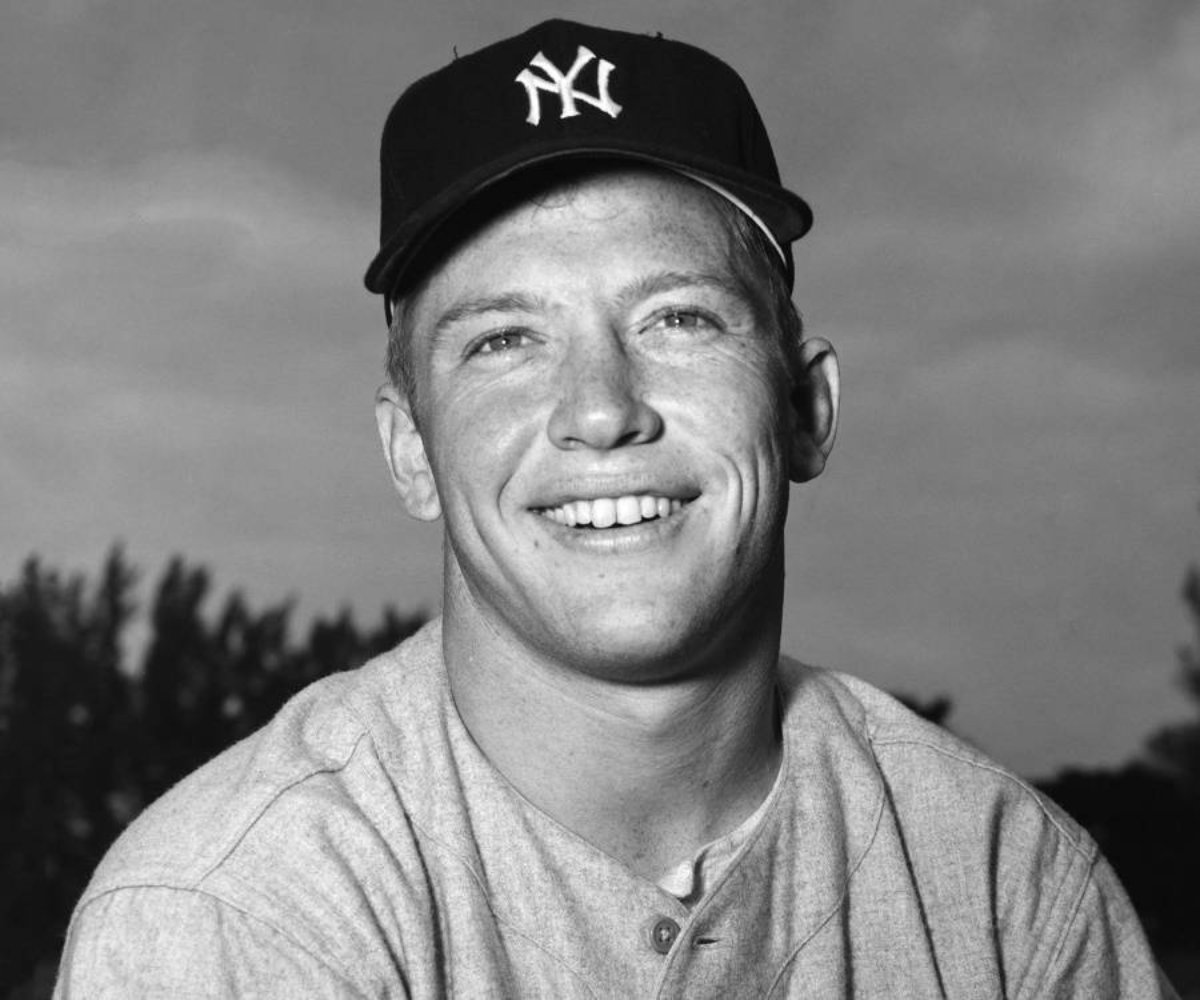
#29. Name This 50s Athlete!
Mickey Charles Mantle, nicknamed The Commerce Comet and The Mick, was a professional baseball player. Mantle played his entire Major League Baseball (MLB) career (1951-1968) with the New York Yankees as a center fielder and first baseman. Mantle was one of the best players and sluggers and is regarded by many as the greatest switch hitter in baseball history. Mantle was inducted into the Baseball Hall of Fame in 1974 and was elected to the Major League Baseball All-Century Team in 1999. Mantle was one of the greatest offensive threats of any center fielder in baseball history. He has the highest career OPS of any center fielder, and he had the highest stolen base percentage in history at the time of his retirement.
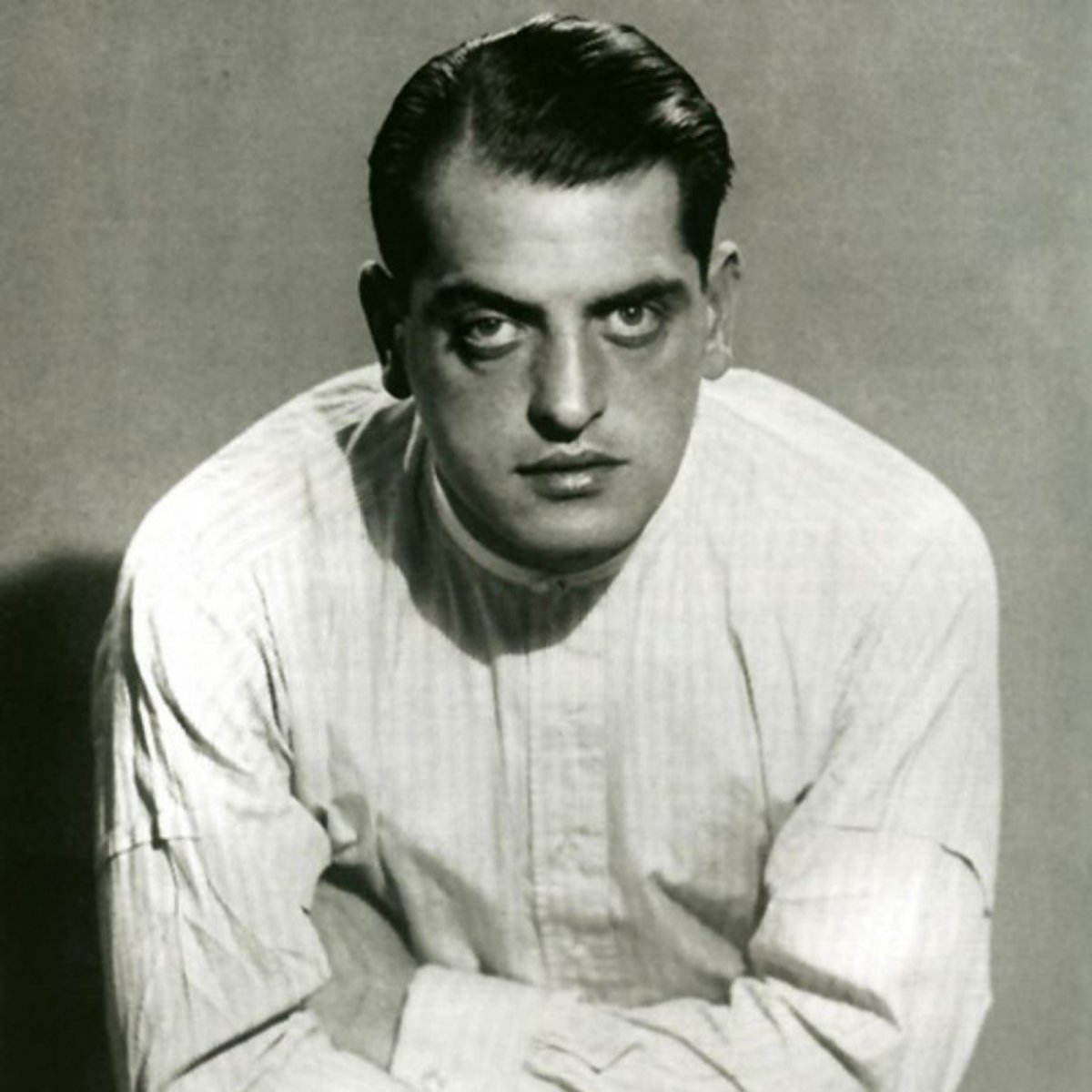
#30. Name This 50s Writer!
Luis Bu√±uel Portol√©s was a filmmaker who worked in France, Mexico and Spain. When Bu√±uel died at age 83, his obituary in The New York Times called him “an iconoclast, moralist, and revolutionary who was a leader of avant-garde surrealism in his youth and a dominant international movie director half a century later”. His first picture, Un Chien Andalou‚Äîmade in the silent era‚Äîwas called “the most famous short film ever made” by critic Roger Ebert, and his last film, That Obscure Object of Desire‚Äîmade 48 years later‚Äîwon him Best Director awards from the National Board of Review and the National Society of Film Critics.
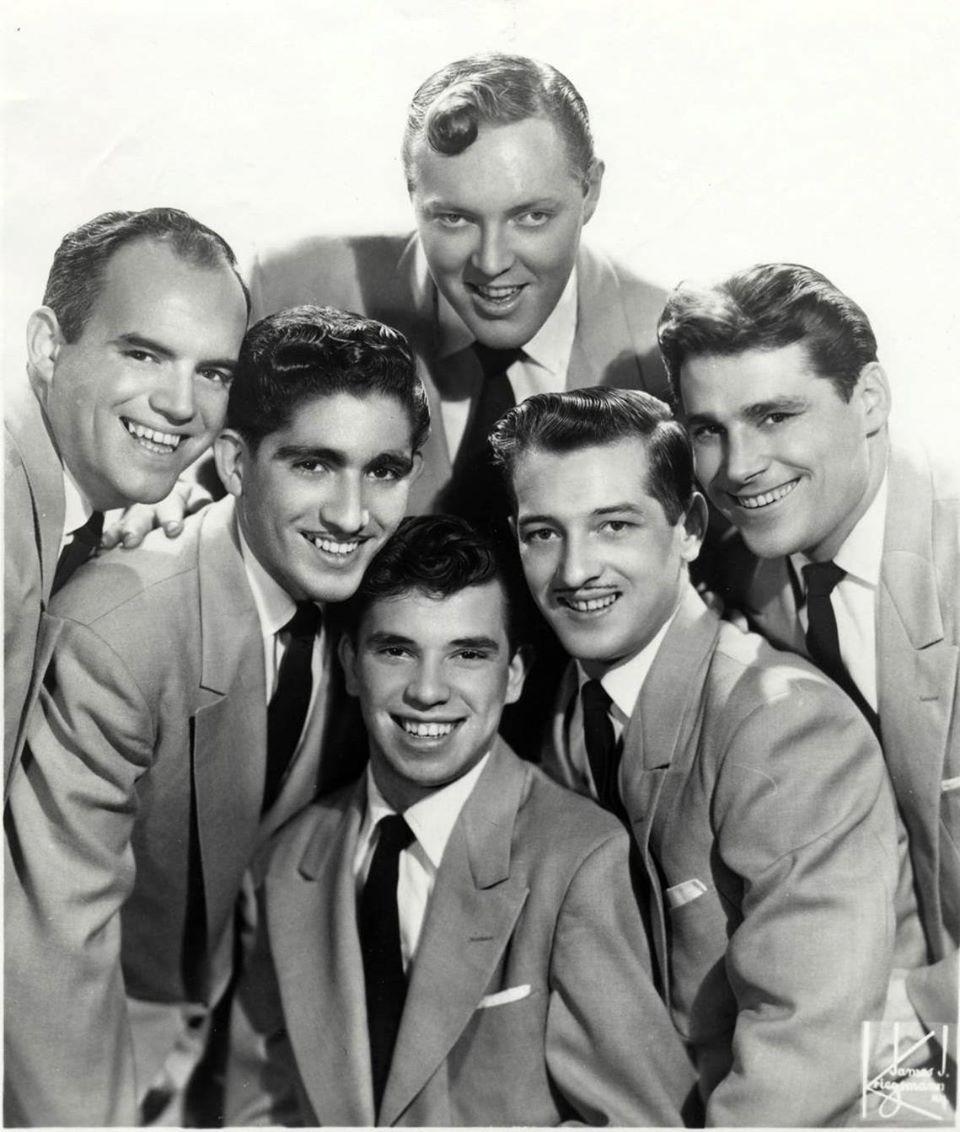
#31. Name This 50s Music Icon!
Bill Haley & His Comets were a rock and roll band, founded in 1952 and continued until Haley’s death in 1981. The band was also known as Bill Haley and the Comets and Bill Haley’s Comets (and variations thereof). From late 1954 to late 1956, the group placed nine singles in the Top 20, one of those a number one and three more in the Top Ten. The single Rock Around the Clock became the biggest selling rock n roll single in the history of the genre. Bandleader Bill Haley had previously been a country music performer; after recording a country and western-styled version of Jackie Brenston and his Delta Cats “Rocket 88”, a rhythm and blues song, he changed musical direction to a new sound which came to be called rock and roll.
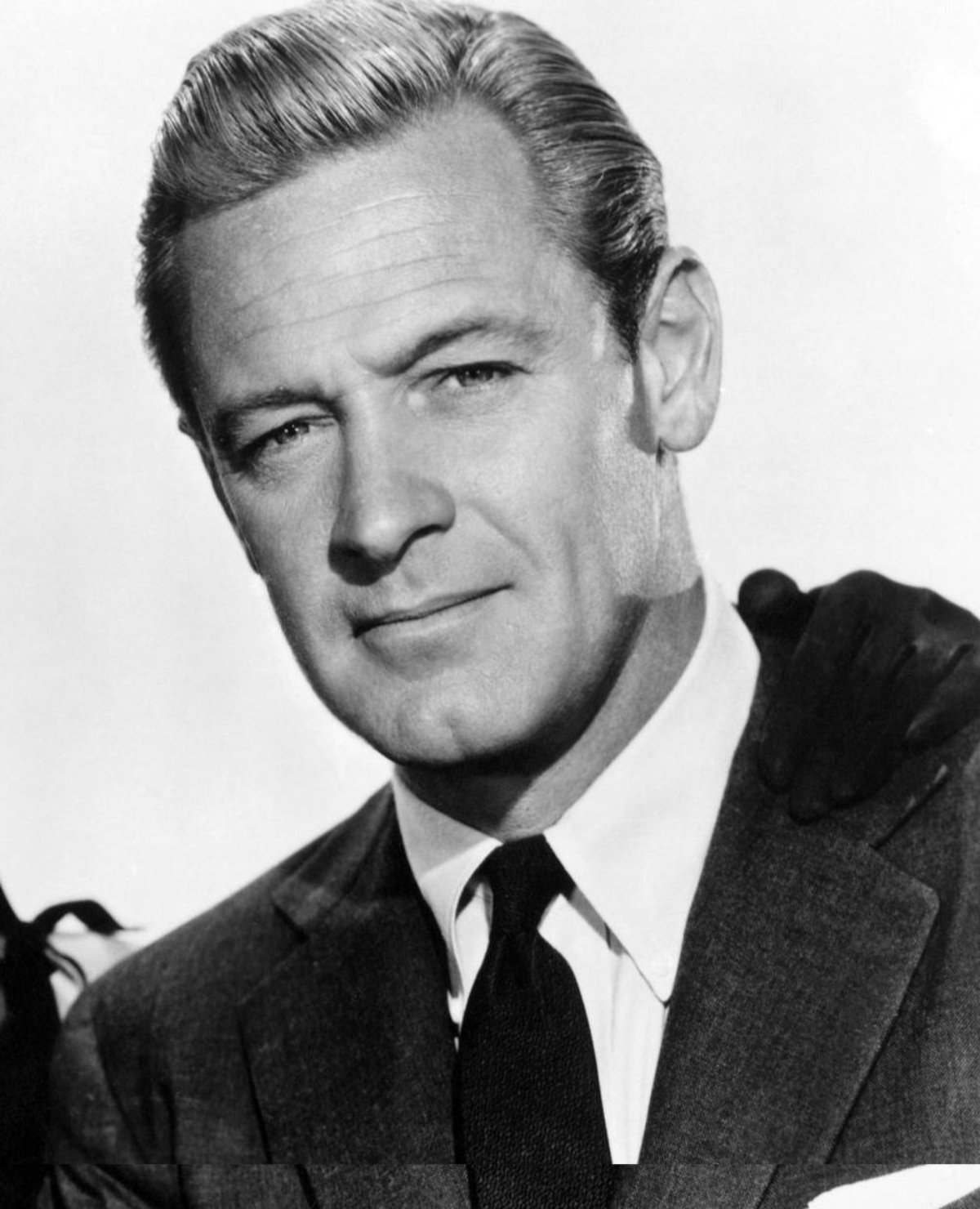
#32. Name This 50s Actor!
William Holden was an actor who was one of the biggest box-office draws of the 1950s and 1960s. He won the Oscar for Best Actor for the film Stalag 17 (1953), and a Primetime Emmy Award for Outstanding Lead Actor in a Limited Series or Movie for the television film The Blue Knight (1973). Holden starred in some of Hollywood’s most popular and critically acclaimed films, including Sunset Boulevard, Sabrina, The Bridge on the River Kwai, The Wild Bunch, Picnic, and Network. He was named one of the “Top 10 Stars of the Year” six times (1954‚Äì1958, 1961), and appeared as 25th on the American Film Institute’s list of 25 greatest male stars of Classic Hollywood Cinema.
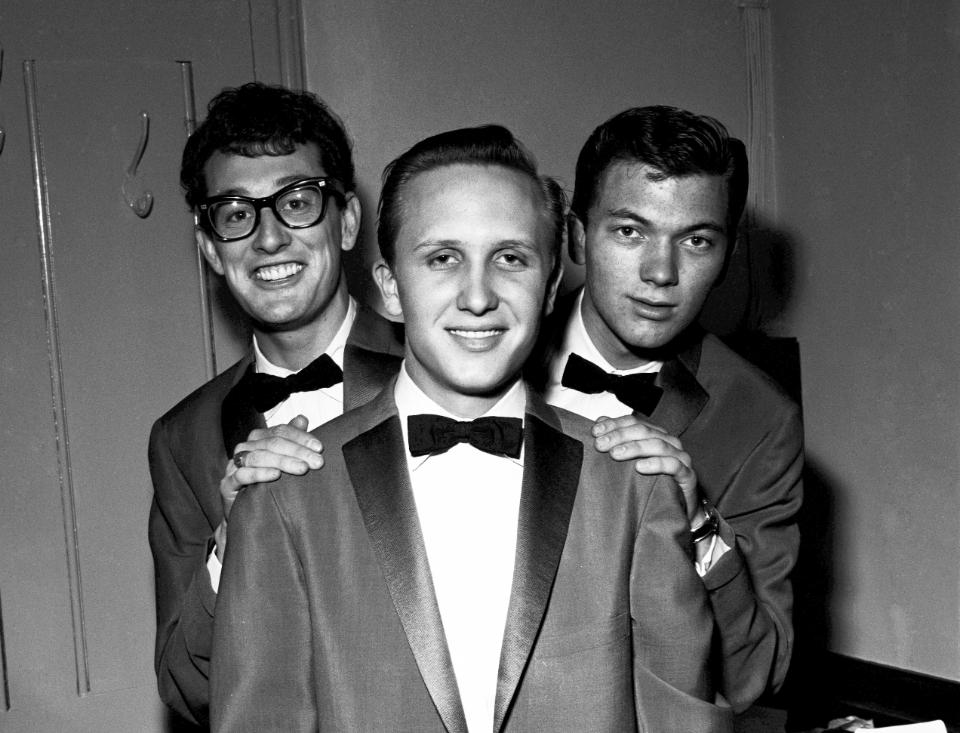
#33. Name This 50s Music Icon!
The Crickets were a rock and roll band from Lubbock, Texas, formed by singer-songwriter Buddy Holly in the 1950s. Their first hit record, “That’ll Be the Day”, released in 1957, peaked at number three on the Billboard Top 100 chart on September 16. The sleeve of their first album, The “Chirping” Crickets, shows the band lineup at the time: Holly on lead vocals and lead guitar, Niki Sullivan on rhythm guitar, Jerry Allison on drums, and Joe B. Mauldin on bass. The Crickets helped set the template for subsequent rock bands, such as the Beatles, with their guitar-bass-drums lineup and the talent to write most of their own material. After Holly’s death in 1959 the band continued to tour and record with other band members into the 21st century.
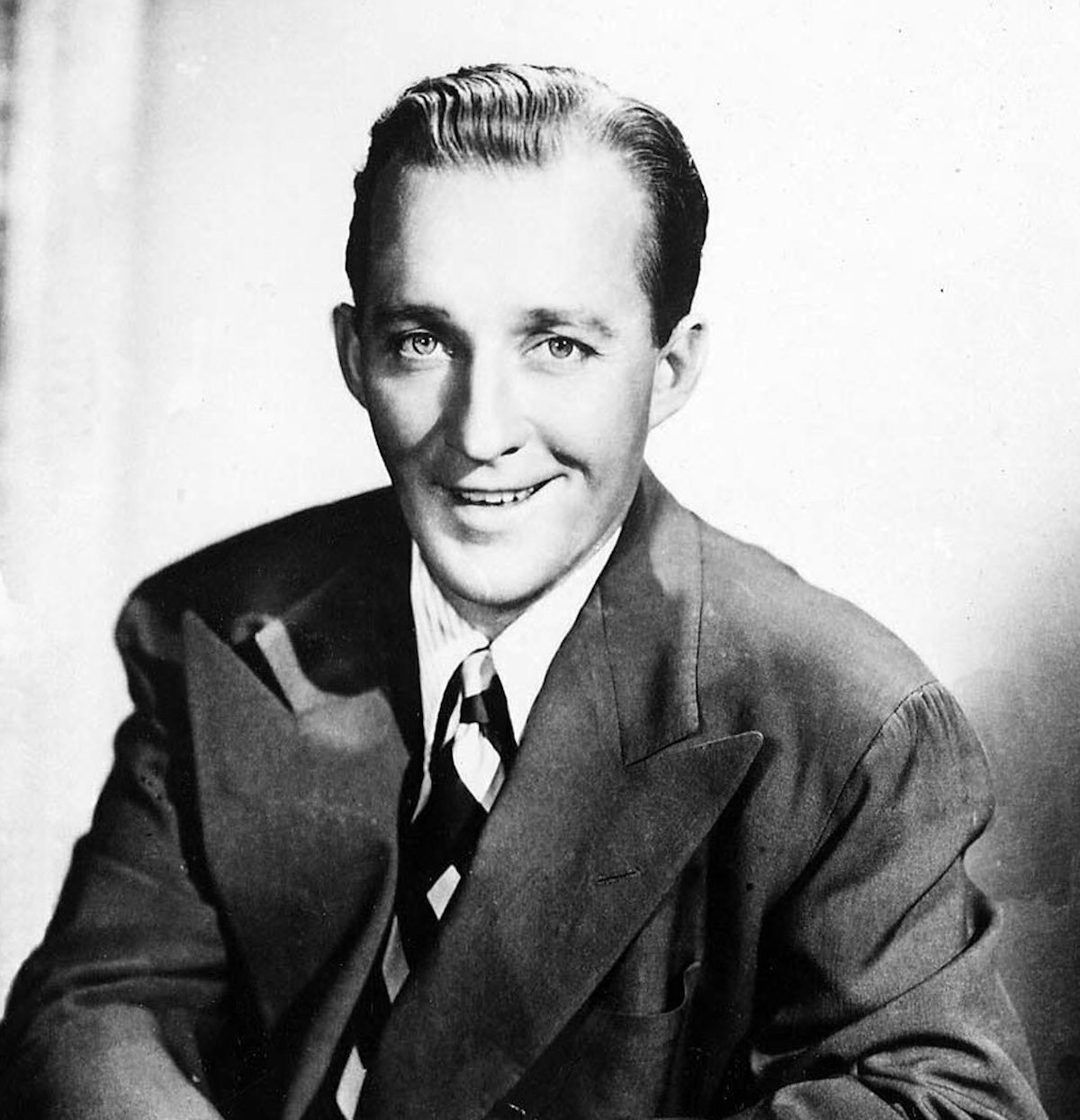
#34. Name This 50s Comedian!
Harry Lillis “Bing” Crosby Jr. was a singer and actor. The first multimedia star, Crosby was a leader in record sales, radio ratings, and motion picture grosses from 1931 to 1954.:8 His early career coincided with recording innovations that allowed him to develop an intimate singing style that influenced many male singers who followed him, including Perry Como, Frank Sinatra, Dick Haymes, and Dean Martin. Yank magazine said that he was “the person who had done the most for the morale of overseas servicemen” during World War II. In 1948, American polls declared him the “most admired man alive”, ahead of Jackie Robinson and Pope Pius XII.:6 Also in 1948, Music Digest estimated that his recordings filled more than half of the 80,000 weekly hours allocated to recorded radio music.
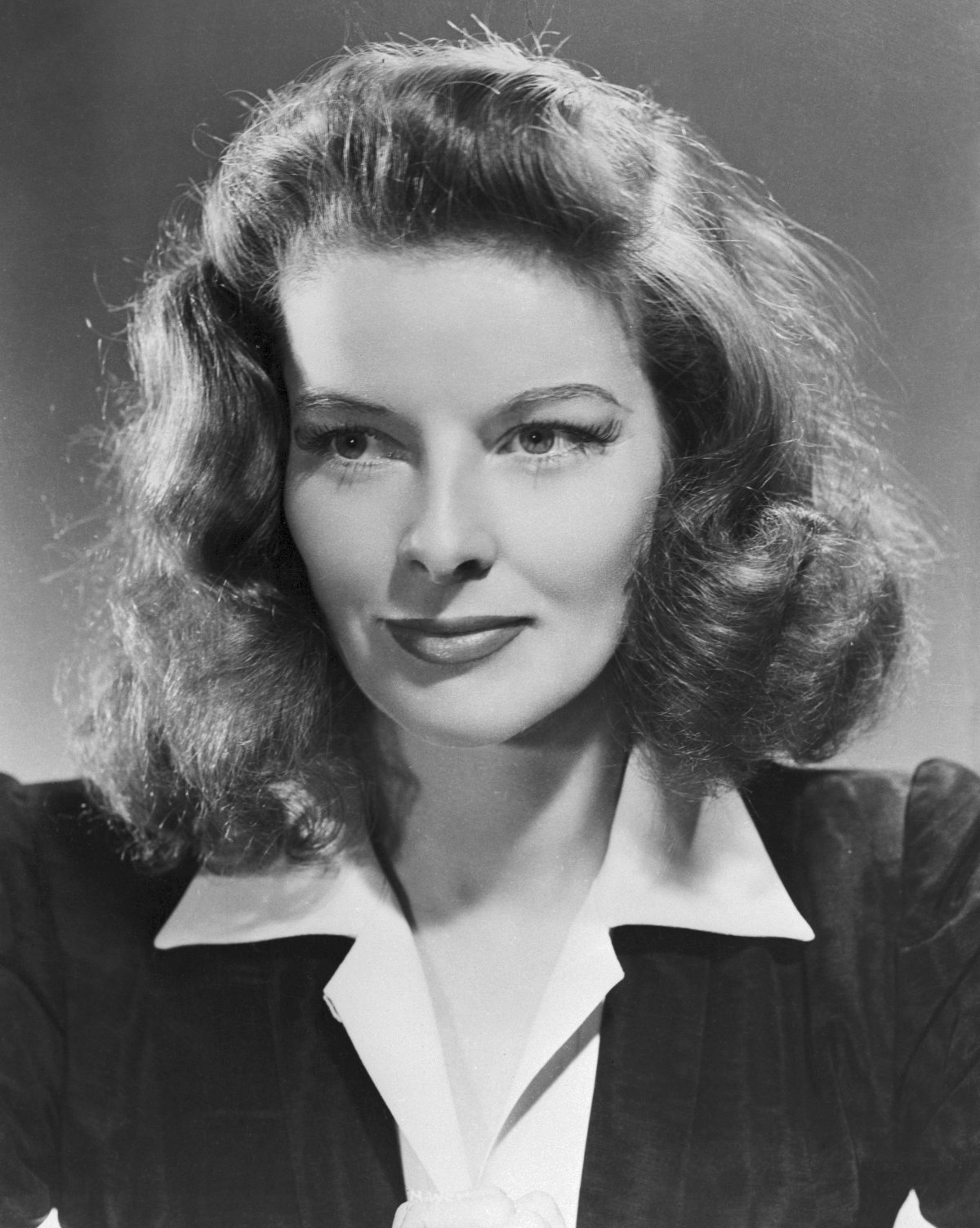
#35. Name This 50s Fashion Icon!
Katharine Houghton Hepburn was an actress known for her fierce independence and spirited personality, who was a leading lady in Hollywood for more than 60 years. She appeared in a range of genres, from screwball comedy to literary drama, and she received a record (for either gender) four Academy Awards for Lead Acting Performances, plus eight further nominations. In 1999, Hepburn was named by the American Film Institute the greatest female star of Classic Hollywood Cinema.
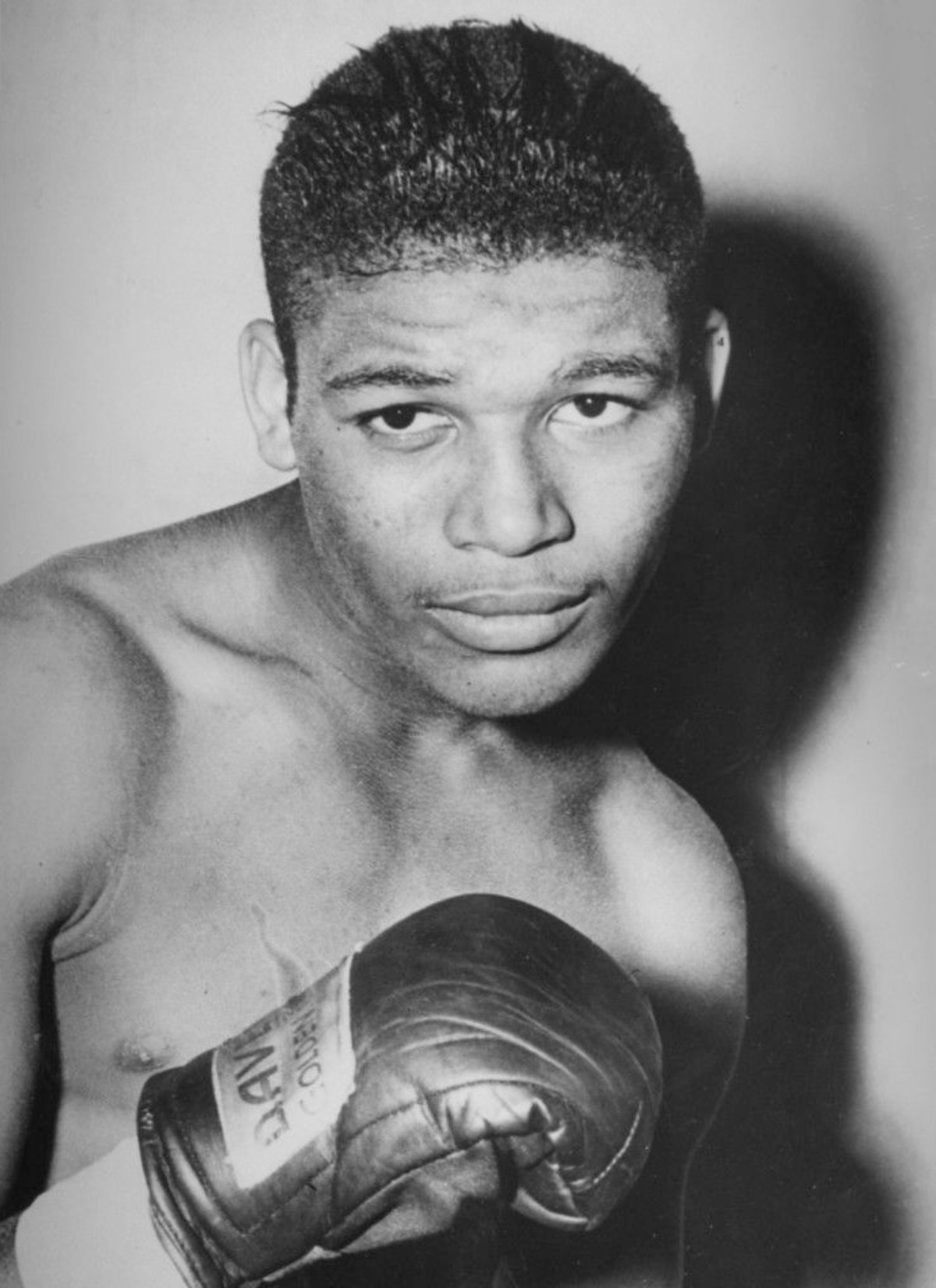
#36. Name This 50s Athlete!
Sugar Ray Robinson was a professional boxer who competed from 1940 to 1965. Robinson’s performances in the welterweight and middleweight divisions prompted sportswriters to create “pound for pound” rankings, where they compared fighters regardless of weight. He was inducted into the International Boxing Hall of Fame in 1990. He is widely regarded as the greatest boxer of all time, and in 2002, Robinson was ranked number one on The Ring magazine’s list of “80 Best Fighters of the Last 80 Years”.
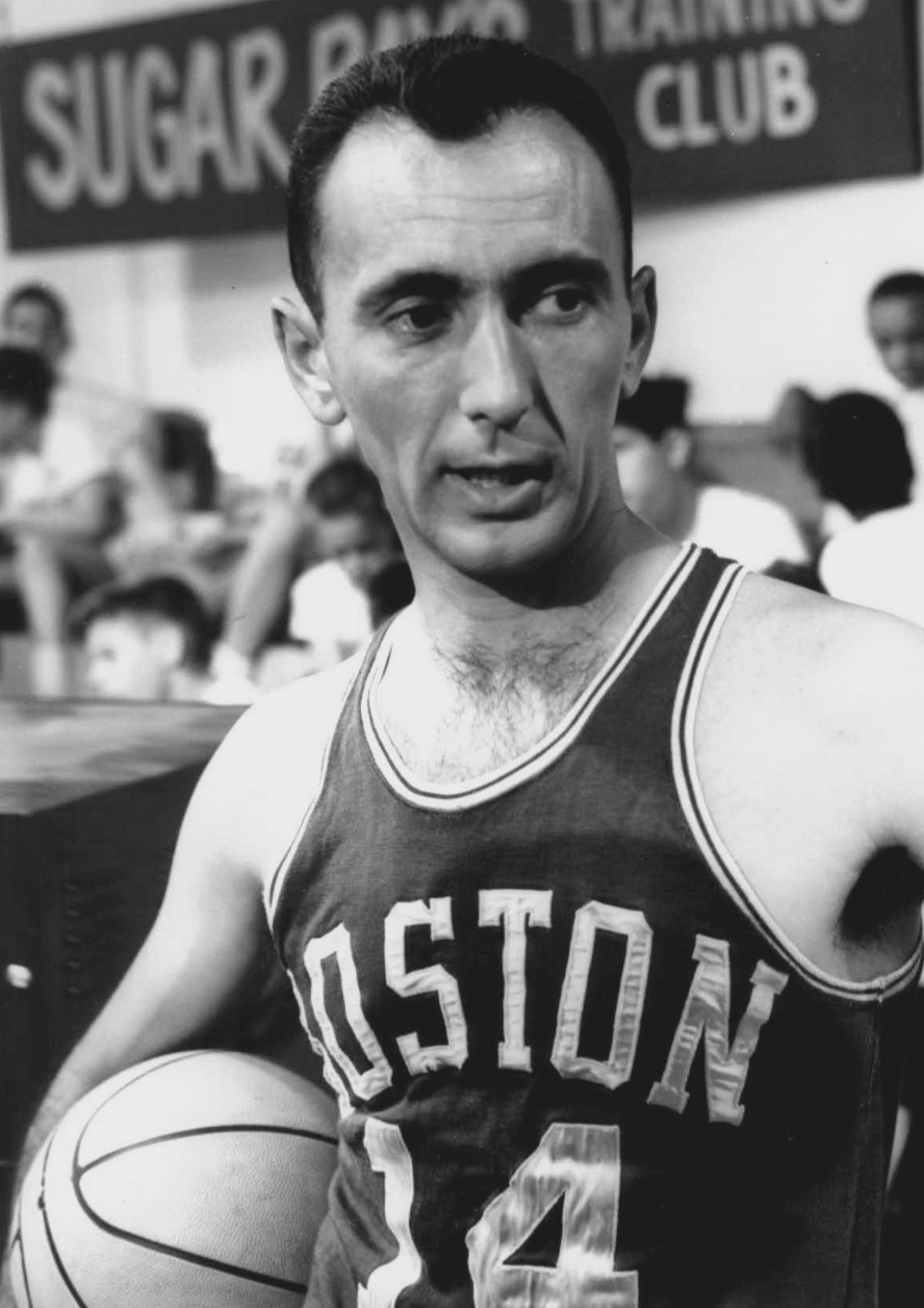
#37. Name This 50s Athlete!
Robert Joseph Cousy is a retired professional basketball player. Cousy played point guard with the Boston Celtics from 1950 to 1963, and briefly with the Cincinnati Royals in the 1969–70 season. Making his high school varsity squad as a junior, he went on to earn a scholarship to the College of the Holy Cross, where he led the Crusaders to berths in the 1948 NCAA Tournament and 1950 NCAA Tournament, and won NCAA All-American honors for three seasons.
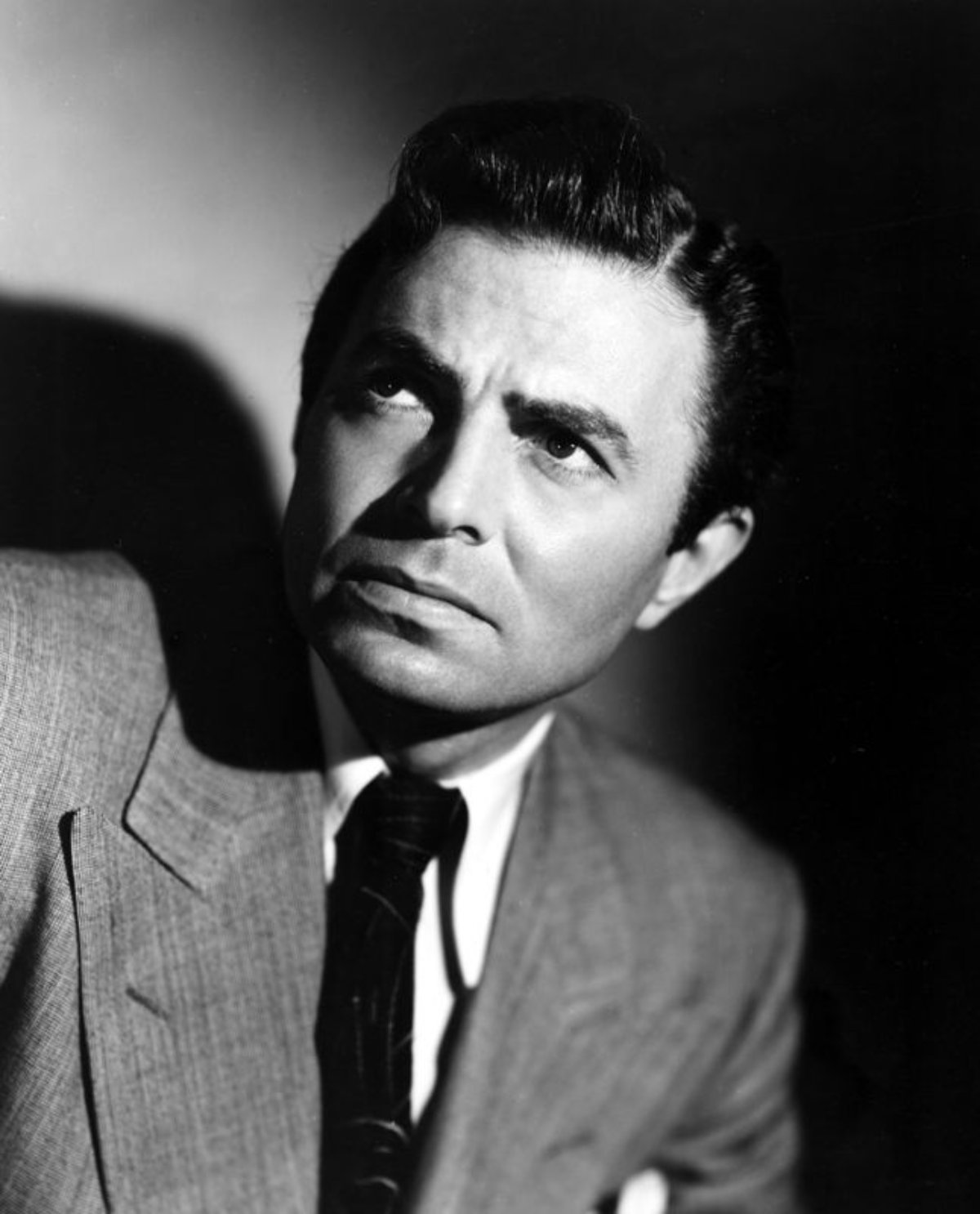
#38. Name This 50s Actor!
James Neville Mason was an actor. Mason achieved considerable success in British cinema before becoming one of Hollywood’s biggest stars. He was the top box office attraction in the UK in 1944 and 1945, with notable films including The Seventh Veil (1945) and The Wicked Lady (1945). He starred in Odd Man Out (1947), the first recipient of the BAFTA Award for Best British Film. He starred in a number of successful British and American films from the 1950s to the early 1980s, including The Desert Fox, A Star Is Born, 20,000 Leagues Under the Sea, Lolita, North by Northwest, The Prisoner of Zenda.
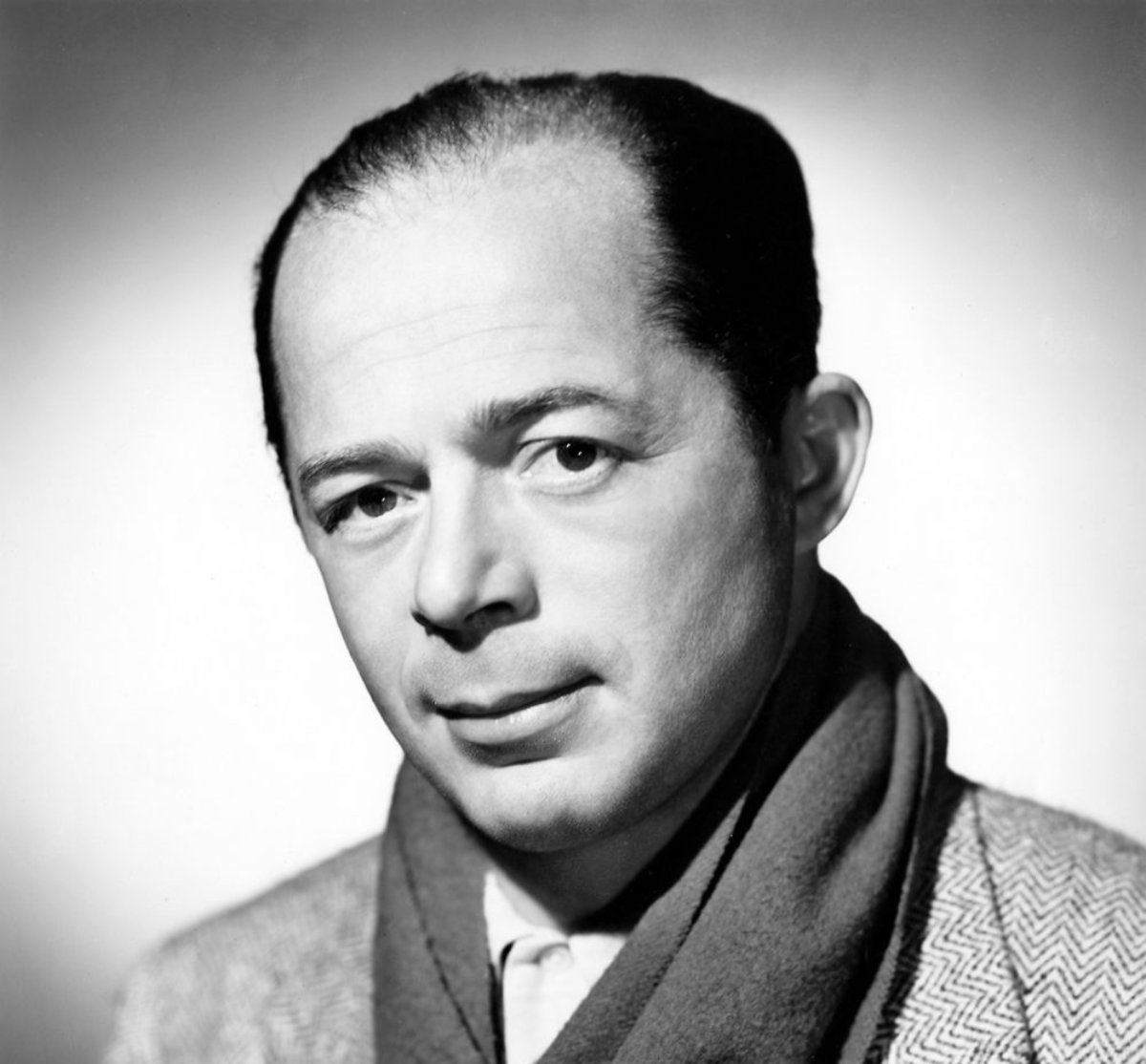
#39. Name This 50s Writer!
Billy Wilder was a filmmaker, screenwriter, producer, artist, and journalist whose career spanned more than five decades. He is regarded as one of the most brilliant and versatile filmmakers of the Hollywood Golden Age of cinema. With The Apartment, Wilder became the first person to win Academy Awards as producer, director, and screenwriter for the same film.
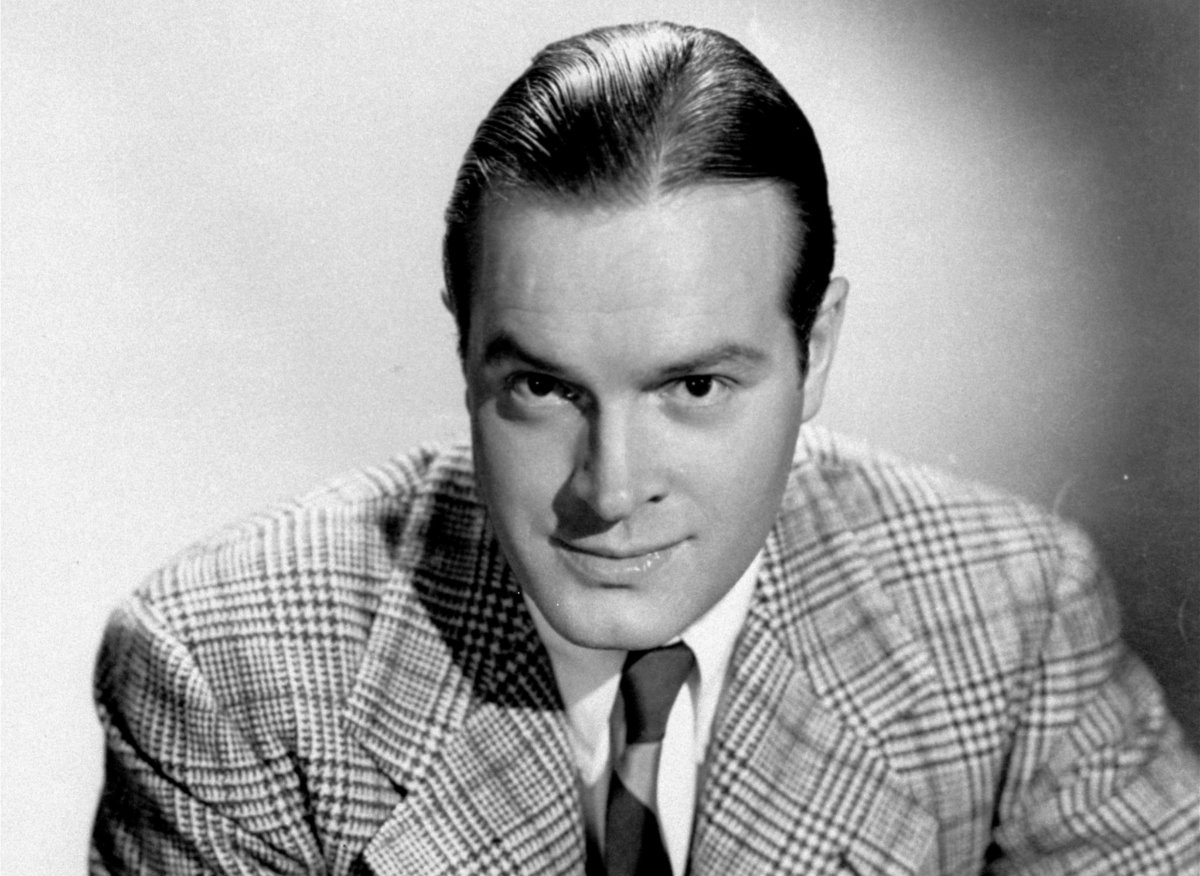
#40. Name This 50s Comedian!
Leslie Townes Hope, known professionally as Bob Hope, was a stand-up comedian, vaudevillian, actor, singer, dancer, athlete, and author. With a career that spanned nearly 80 years, Hope appeared in more than 70 short and feature films, with 54 feature films with Hope as star, including a series of seven “Road” musical comedy movies with Bing Crosby as Hope’s top-billed partner. In addition to hosting the Academy Awards show 19 times, more than any other host, he appeared in many stage productions and television roles, and was the author of 14 books.
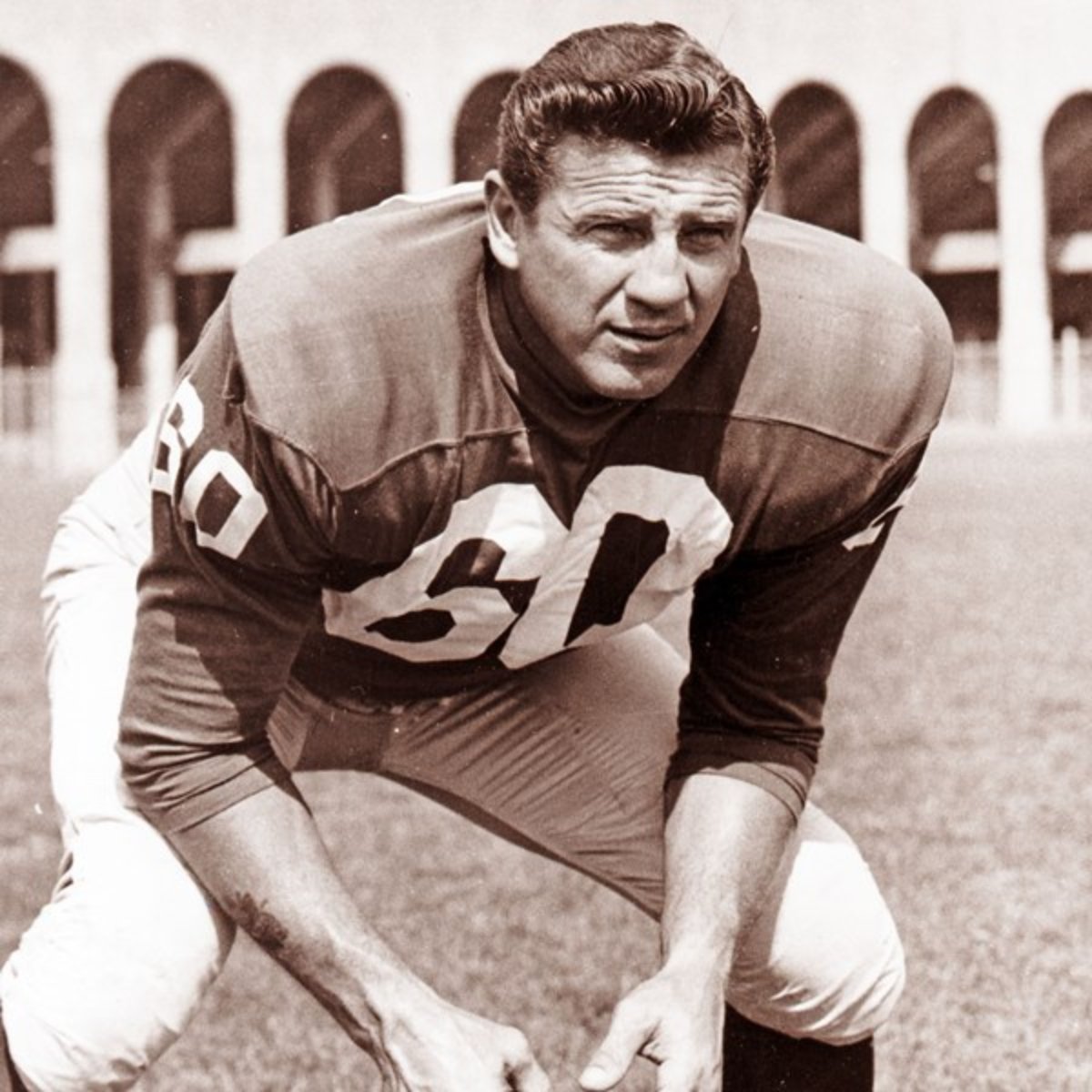
#41. Name This 50s Athlete!
Charles Philip Bednarik, nicknamed Concrete Charlie, was a professional football player, known as one of the most devastating tacklers in the history of football and the last full-time two-way player in the National Football League (NFL). A Slovak American from the Lehigh Valley region of Pennsylvania, Bednarik played for the Philadelphia Eagles from 1949 through 1962 and, upon retirement, was inducted into the Pro Football Hall of Fame in 1967, his first year of eligibility.
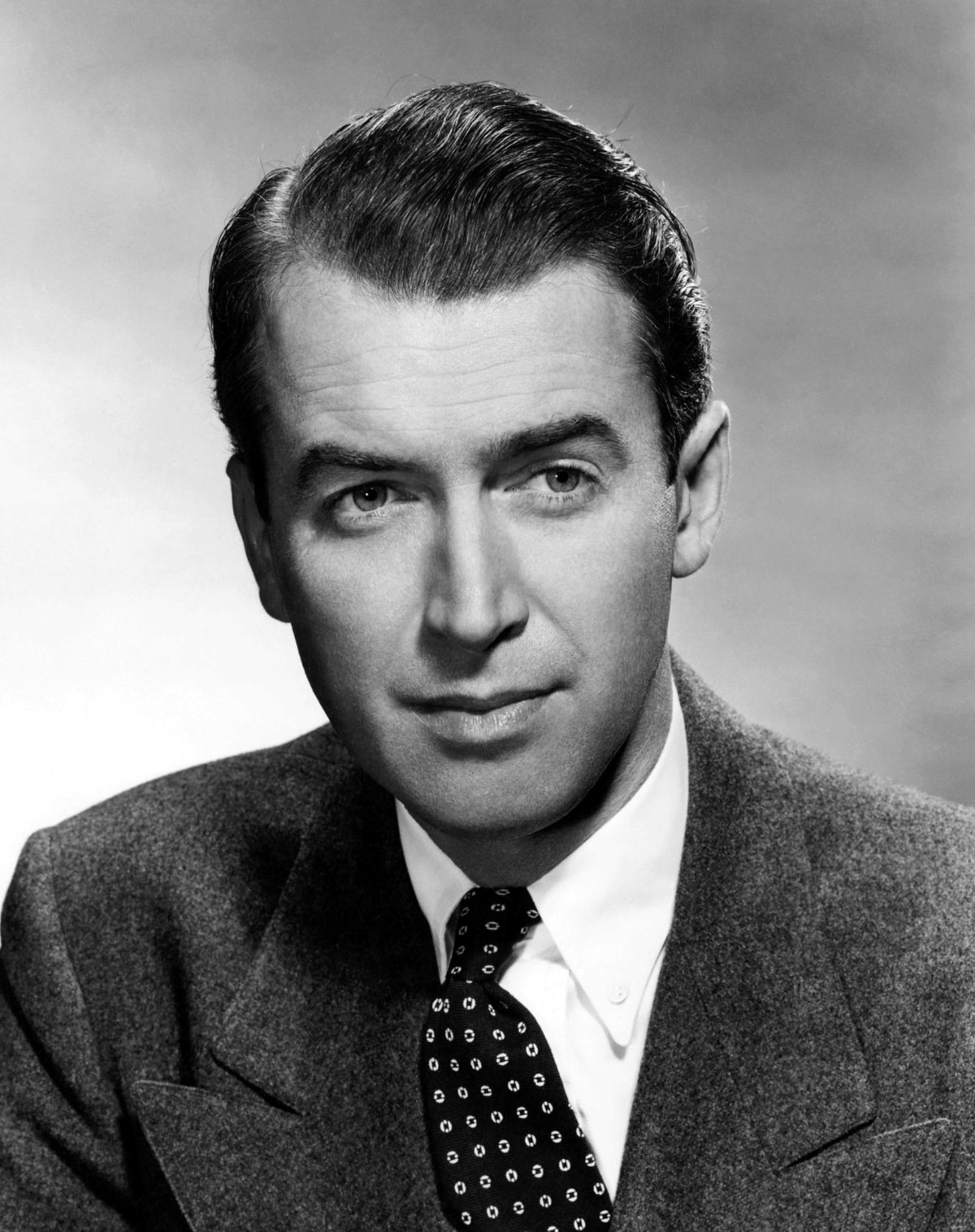
#42. Name This 50s Actor!
James Maitland Stewart was an actor and military officer who is among the most honored and popular stars in film history. Known for his distinctive drawl, down-to-earth authentic personas and everyman acting style, Stewart’s film career spanned over 55 years and 80 films. With the strong morals he portrayed both on and off the screen, Stewart epitomized the “American ideal” in the 20th-century United States. The characters he played spanned a wide range of subjects and appealed to large audiences. His emotional film performances contributed to his cinematic acclaim.
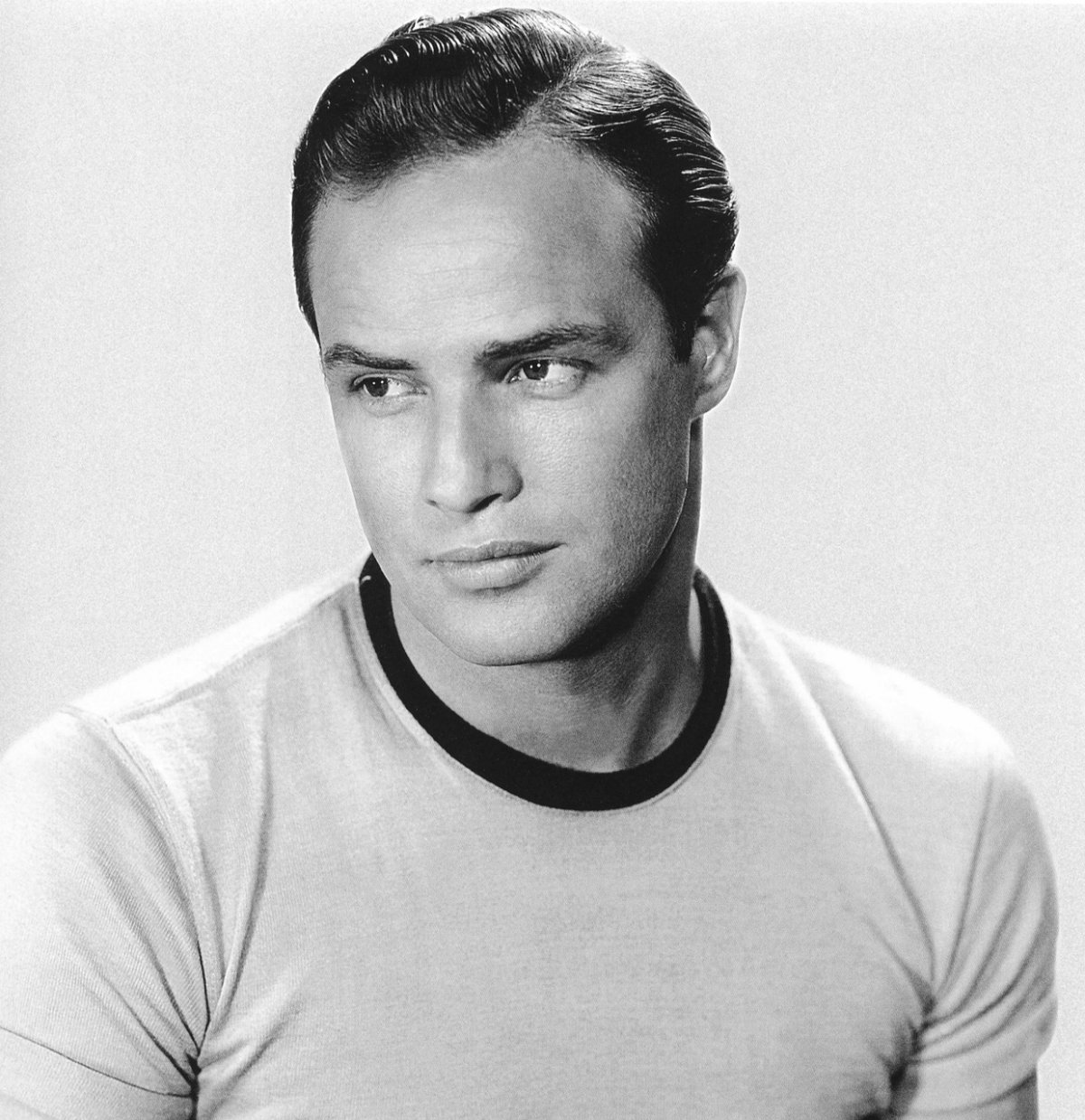
#43. Name This 50s Actor!
Marlon Brando Jr. was an actor and film director. With a career spanning 60 years, during which he won the Oscar for Best Actor twice, he is well-regarded for his cultural influence on 20th-century film. Brando was an activist for many causes, notably the civil rights movement and various Native American movements. Having studied with Stella Adler in the 1940s, he is credited with being one of the first actors to bring the Stanislavski system of acting and Method Acting, derived from the Stanislavski system, to mainstream audiences.
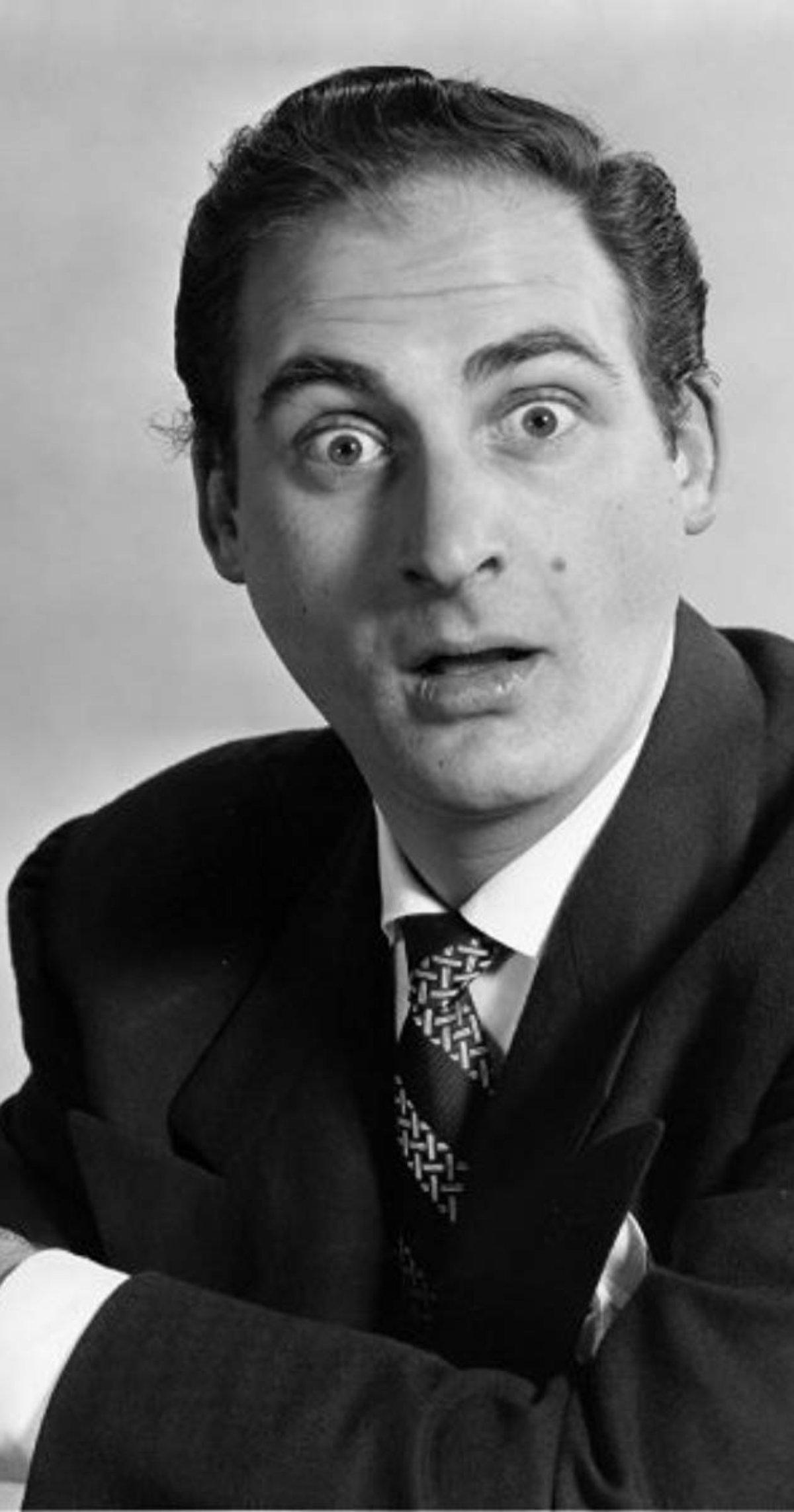
#44. Name This 50s Comedian!
Isaac Sidney Caesar was a comic actor and writer, best known for two pioneering 1950s live television series: Your Show of Shows, which was a 90-minute weekly show watched by 60 million people, and its successor, Caesar’s Hour, both of which influenced later generations of comedians. Your Show of Shows and its cast received seven Emmy nominations between the years 1953 and 1954 and tallied two wins. He also acted in movies; he played Coach Calhoun in Grease (1978) and its sequel Grease 2 (1982) and appeared in the films It’s a Mad, Mad, Mad, Mad World (1963), Silent Movie (1976), History of the World, Part I (1981), Cannonball Run II (1984), and Vegas Vacation (1997).
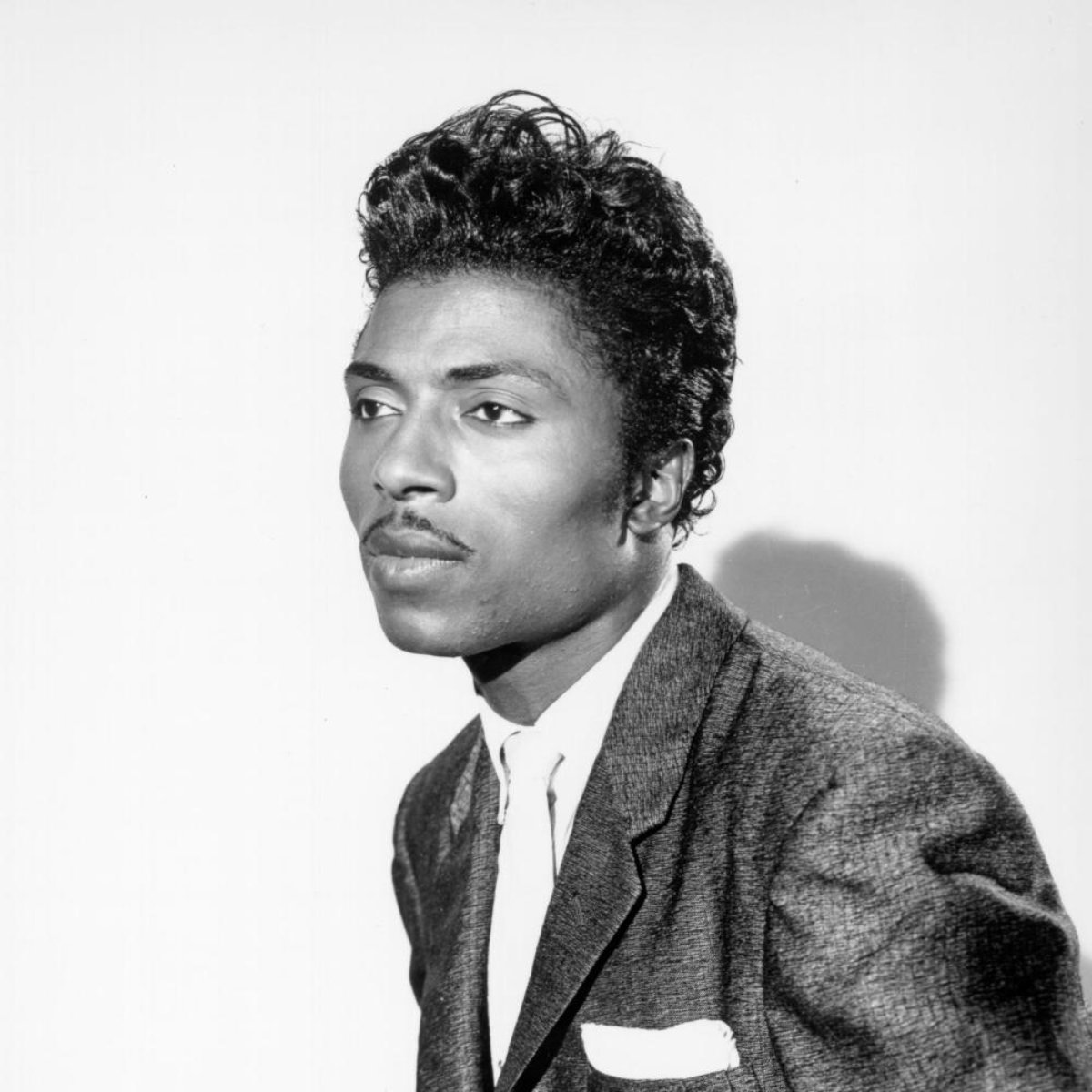
#45. Name This 50s Music Icon!
Richard Wayne Penniman, known as Little Richard, was a musician, singer and songwriter. An influential figure in popular music and culture for seven decades, Penniman’s most celebrated work dates from the mid-1950s, when his dynamic music and charismatic showmanship laid the foundation for rock and roll. His music also played a key role in the formation of other popular music genres, including soul and funk. Penniman influenced numerous singers and musicians across musical genres from rock to hip hop; his music helped shape rhythm and blues for generations to come, and his performances and headline-making thrust his career right into the mix of American popular music.
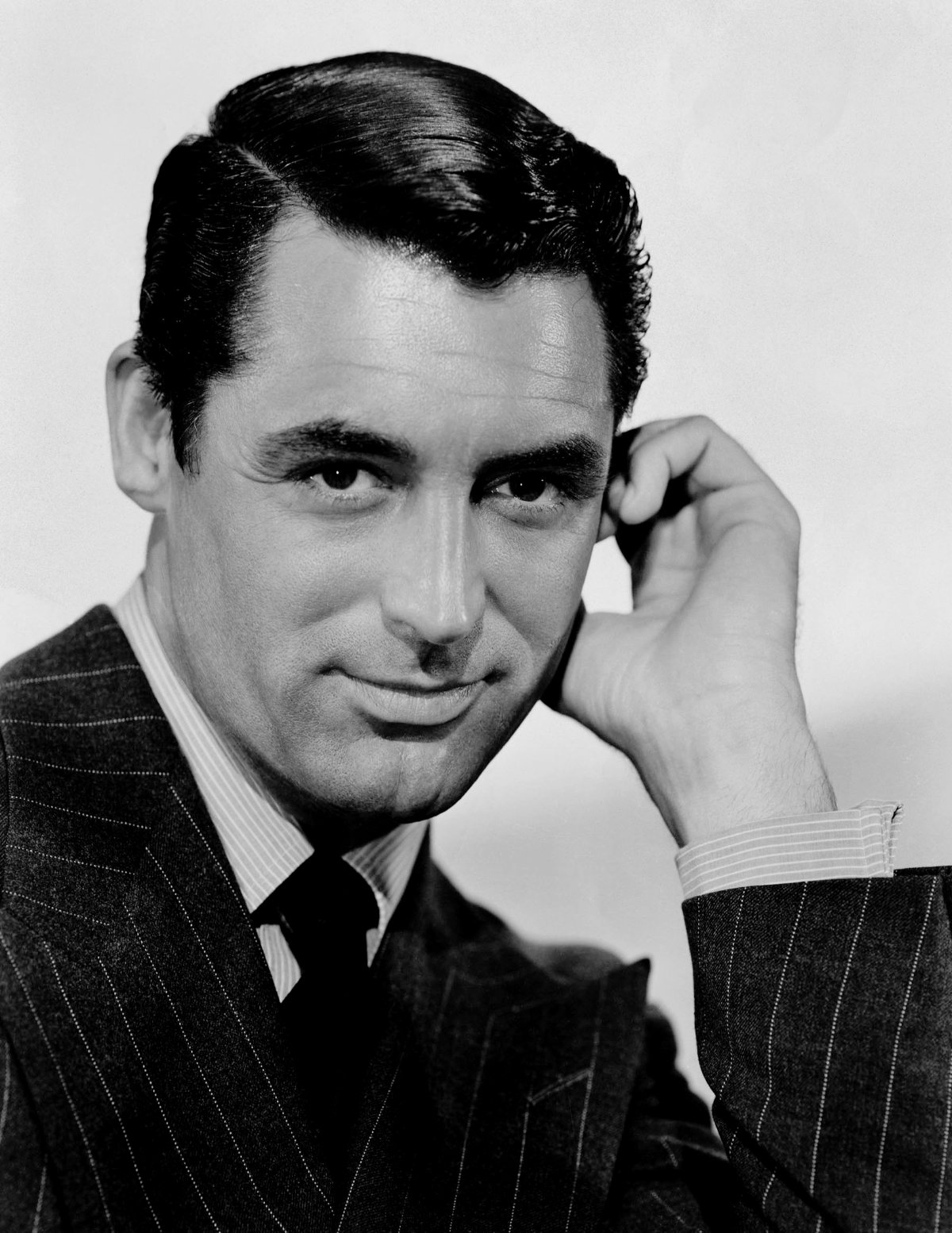
#46. Name This 50s Actor!
Cary Grant was an actor, known as one of classic Hollywood’s definitive leading men. He was known for his transatlantic accent, debonair demeanor, light-hearted approach to acting, and sense of comic timing. Grant was born in Horfield, Bristol. He became attracted to theater at a young age and began performing with a troupe known as “The Penders” at age six. At the age of 16, he went as a stage performer with the Pender Troupe for a tour of the US.
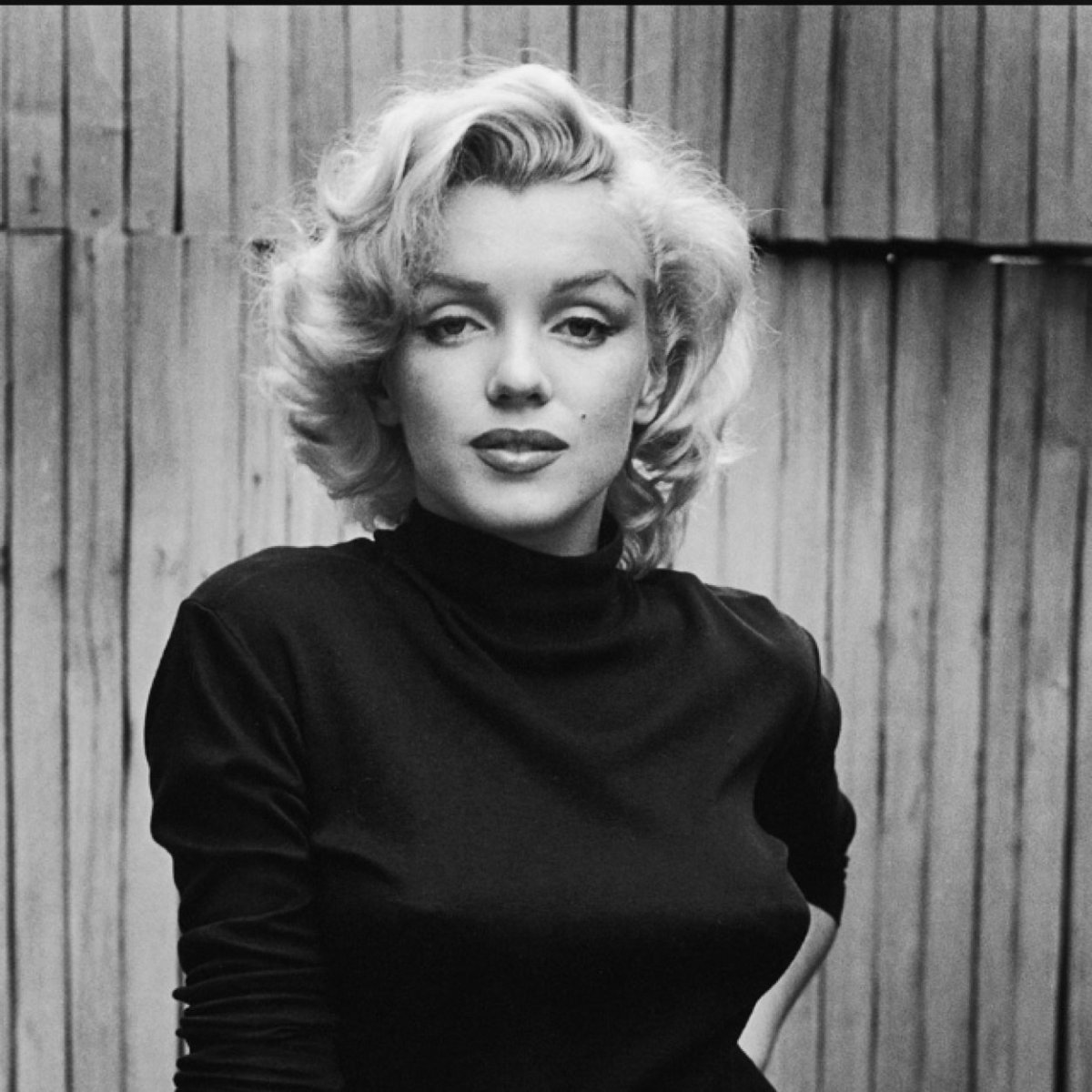
#47. Name This 50s Actor!
Marilyn Monroe was an actress, model, and singer. Famous for playing comedic “blonde bombshell” characters, she became one of the most popular sex symbols of the 1950s and early 1960s and was emblematic of the era’s changing attitudes towards sexuality. Although she was a top-billed actress for only a decade, her films grossed $200 million (equivalent to $2 billion in 2018) by the time of her unexpected death in 1962. More than half a century later, she continues to be a major popular culture icon.
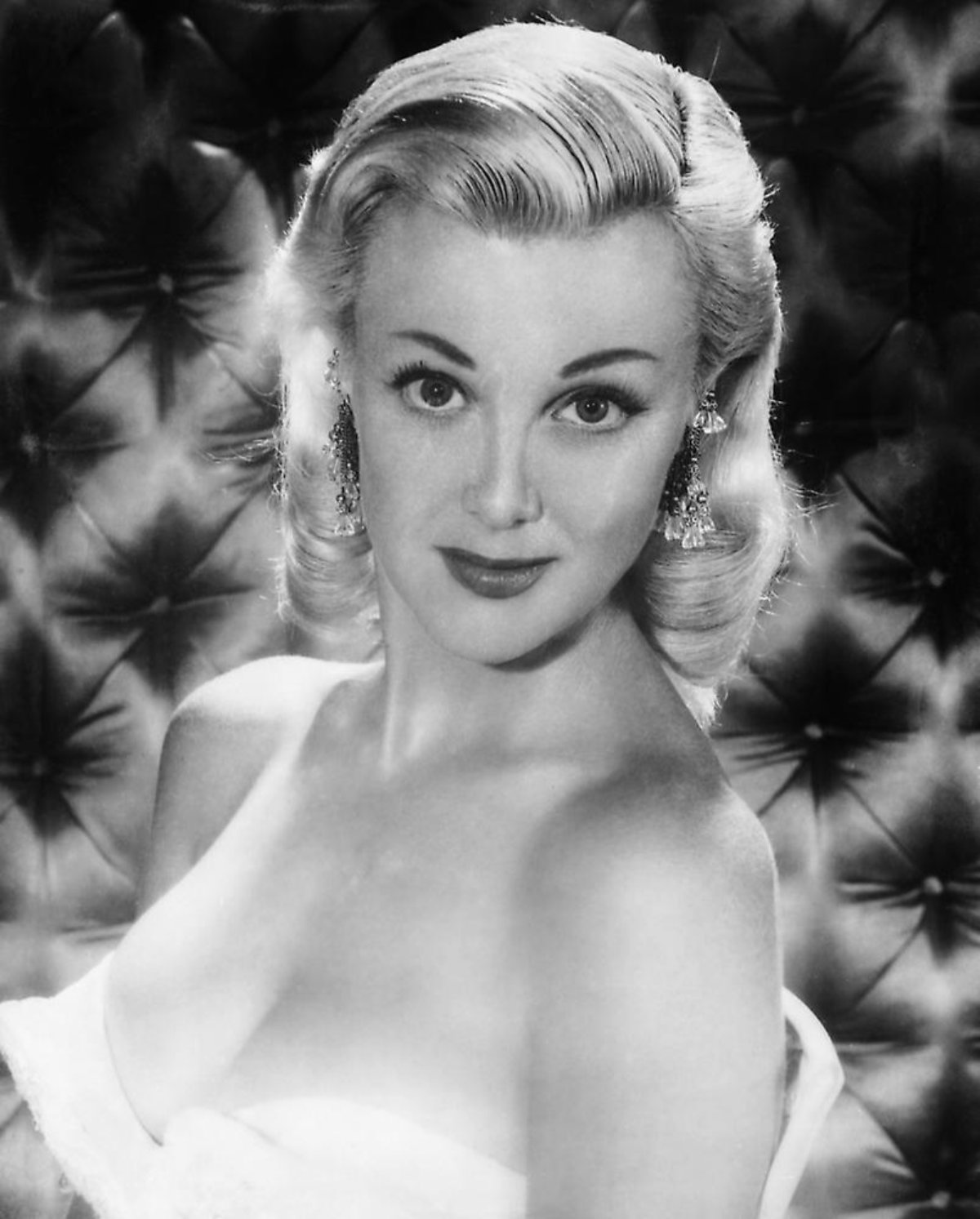
#48. Name This 50s Actor!
Jan Sterling was a film, television and stage actress. At her most active in films during the 1950s (immediately prior to which she had joined the Actors Studio), Sterling received a Golden Globe Award for Best Supporting Actress for her performance in The High and the Mighty (1954), and she was nominated for an Academy Award for Best Supporting Actress for the same performance. Her best performance is often recognized as the “opportunistic wife” opposite Kirk Douglas in Billy Wilder’s 1951 Ace in the Hole. Although her career declined during the 1960s, she continued to play occasional television and theatre roles.
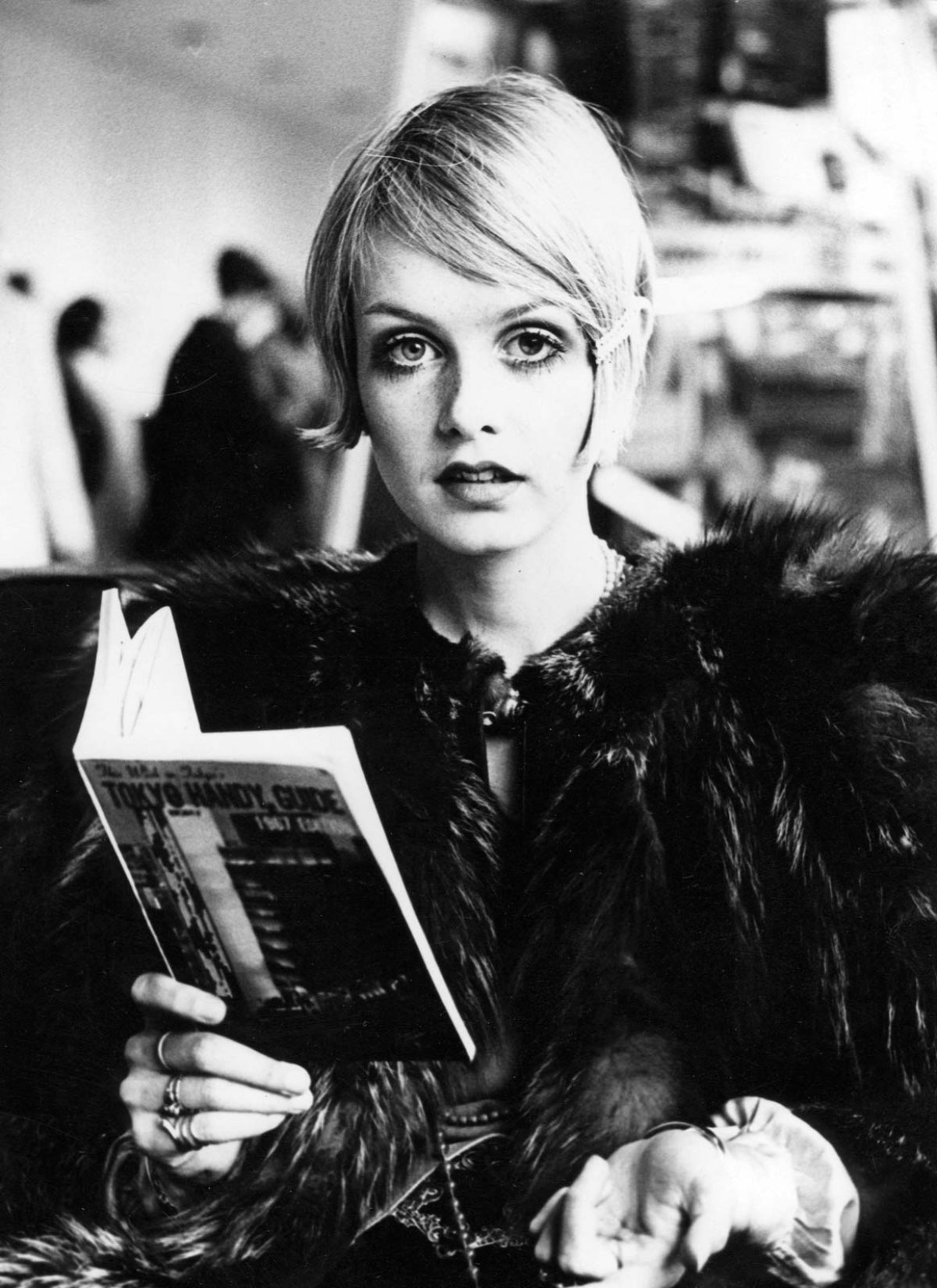
#49. Name This 50s Fashion Icon!
Dame Lesley Lawson is a model, actress, and singer widely known by the nickname Twiggy. She was a British cultural icon and a prominent teenage model in swinging sixties London. Twiggy was initially known for her thin build (thus her nickname) and the androgynous appearance considered to result from her big eyes, long eyelashes, and short hair. She was named “The Face of 1966” by the Daily Express and voted British Woman of the Year. By 1967, she had modelled in France, Japan, and the US, and had landed on the covers of Vogue and The Tatler. Her fame had spread worldwide.
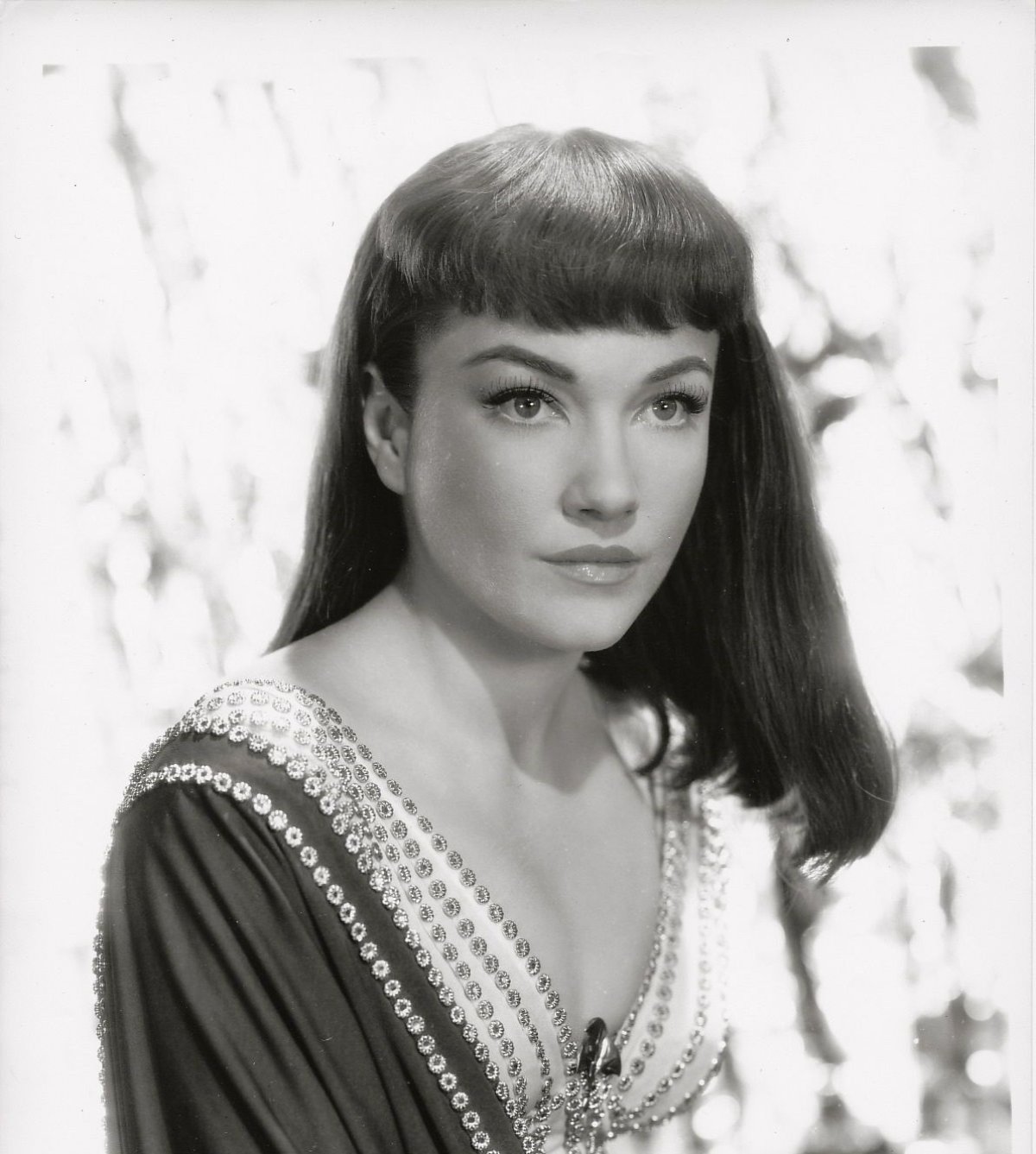
#50. Name This 50s Actor!
Anne Baxter was an actress, star of Hollywood films, Broadway productions, and television series. She won an Academy Award and a Golden Globe, and was nominated for an Emmy. Granddaughter of Frank Lloyd Wright, Baxter studied acting with Maria Ouspenskaya and had some stage experience before making her film debut in 20 Mule Team (1940). She became a contract player of 20th Century Fox and was loaned out to RKO Pictures for a role in Orson Welles’ The Magnificent Ambersons (1942), one of her earlier films. In 1947, she won the Academy Award for Best Supporting Actress for her role as Sophie MacDonald in The Razor’s Edge (1946).
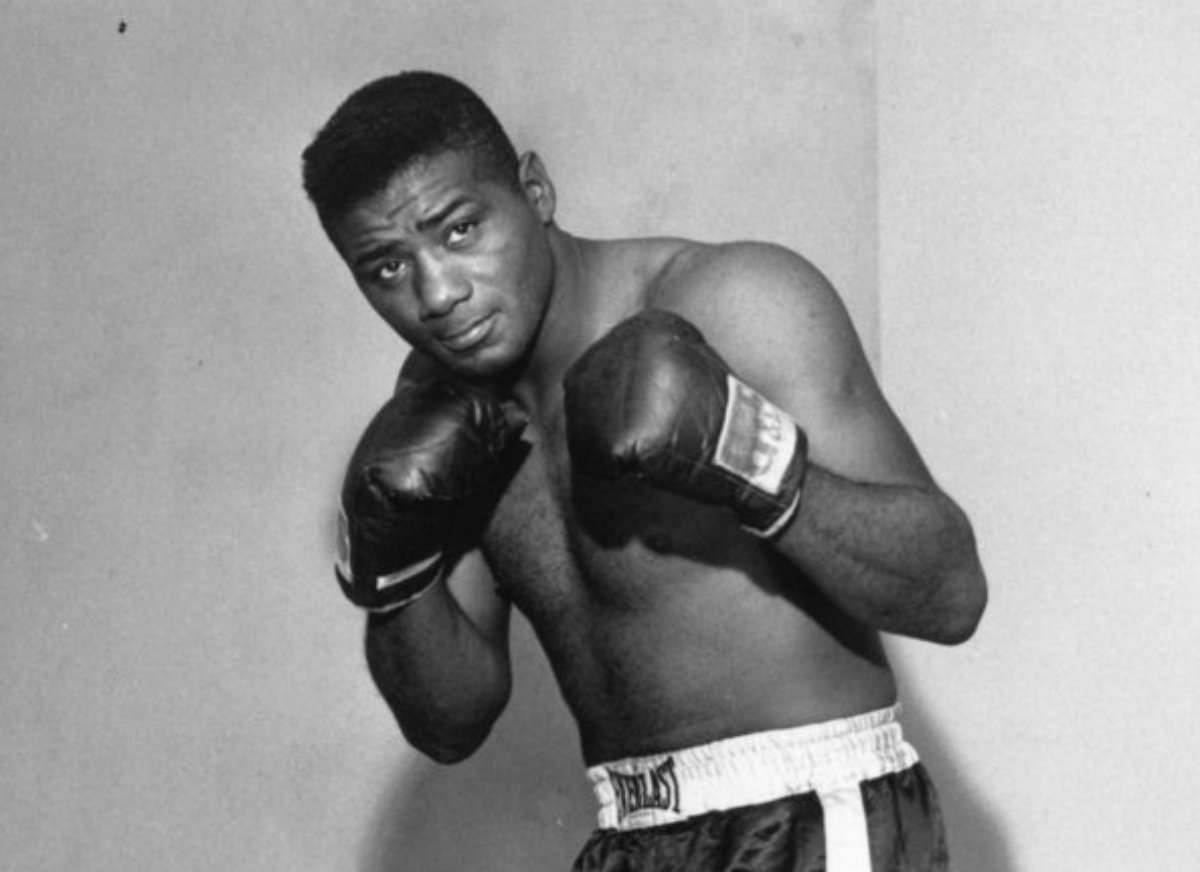
#51. Name This 50s Athlete!
Floyd Patterson was a professional boxer who competed from 1952 to 1972, and twice reigned as the world heavyweight champion between 1956 and 1962. At the age of 21, he became the youngest boxer in history to win the title, and was also the first heavyweight to regain the title after losing it. As an amateur, he won a gold medal in the middleweight division at the 1952 Summer Olympics. In 1956 and 1960, Patterson was voted Fighter of the Year by The Ring magazine and the Boxing Writers Association of America. He was inducted into the International Boxing Hall of Fame in 1991.
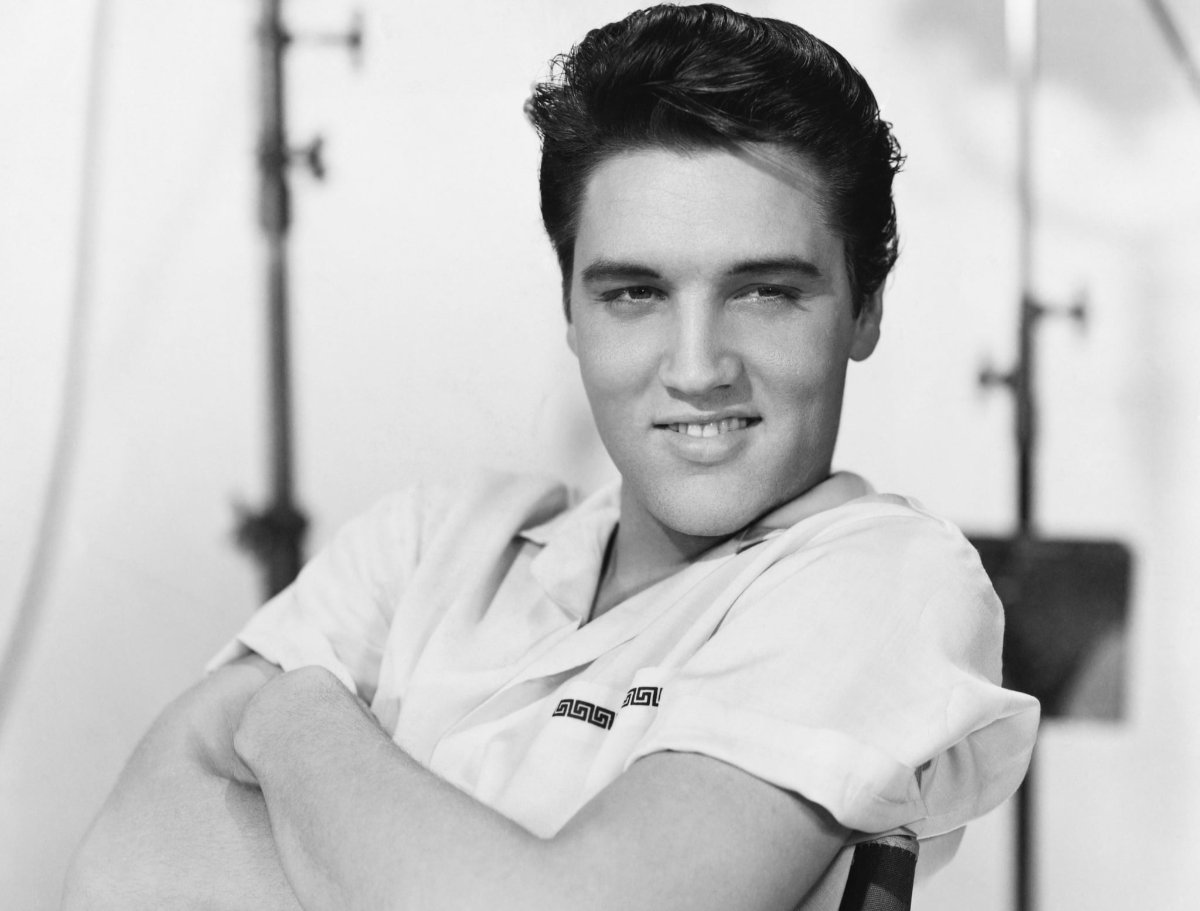
#52. Name This 50s Music Icon!
Elvis Aaron Presley, also known mononymously as Elvis, was a singer and actor. Regarded as one of the most significant cultural icons of the 20th century, he is often referred to as the “King of Rock and Roll” or simply “the King”. Presley was born in Tupelo, Mississippi, and relocated to Memphis, Tennessee, with his family when he was 13 years old. His music career began there in 1954, recording at Sun Records with producer Sam Phillips, who wanted to bring the sound of African-American music to a wider audience.
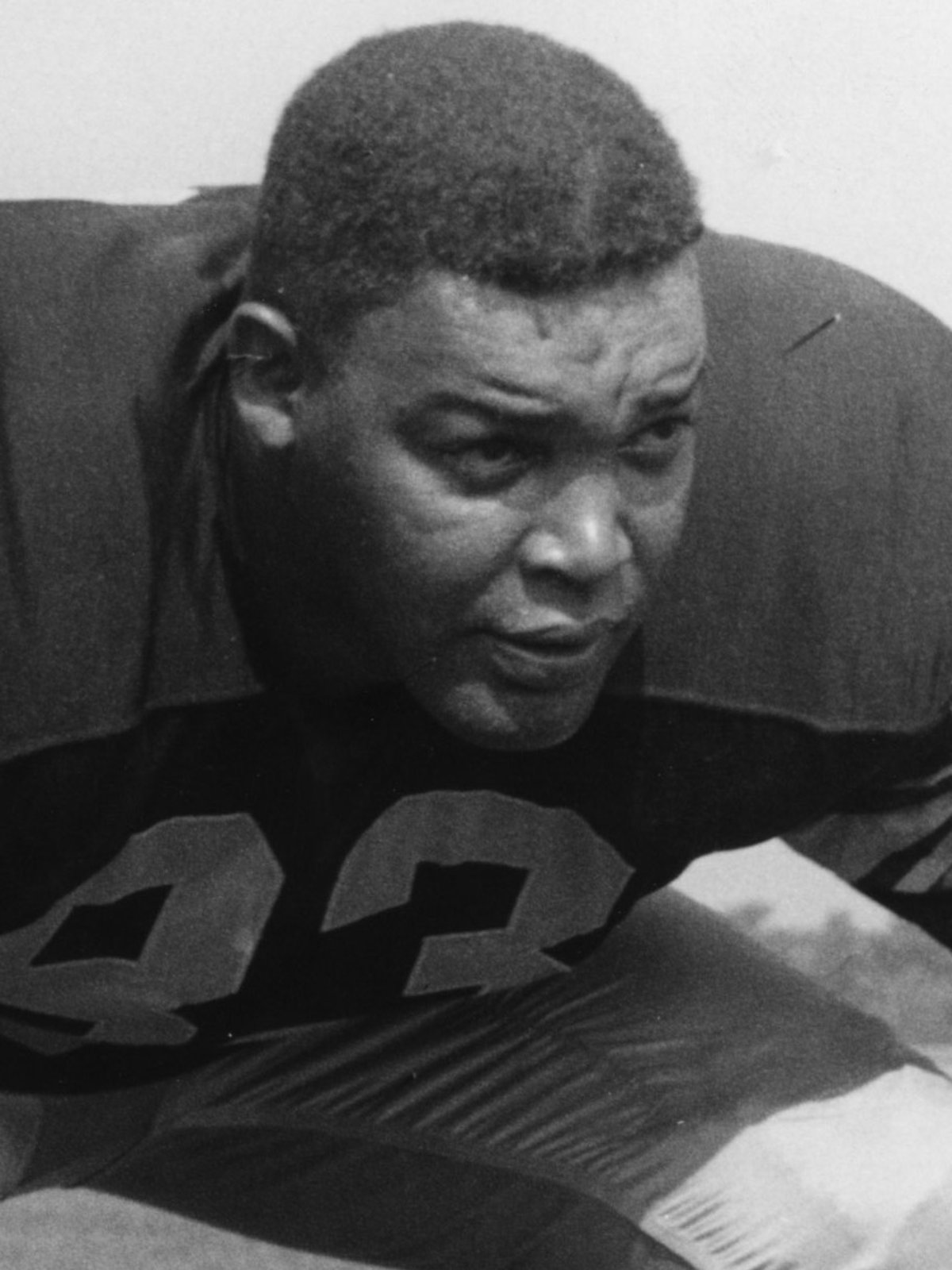
#53. Name This 50s Athlete!
Leonard Guy Ford Jr. was a football player from 1944 to 1958. He played college football for the University of Michigan and professional football for the Los Angeles Dons, Cleveland Browns and Green Bay Packers. He was inducted into the Pro Football Hall of Fame in 1976 and the University of Michigan Athletic Hall of Honor in 1996. Ford was an all-city athlete at his high school in Washington, D.C., and attended Morgan State University after graduating in 1944.
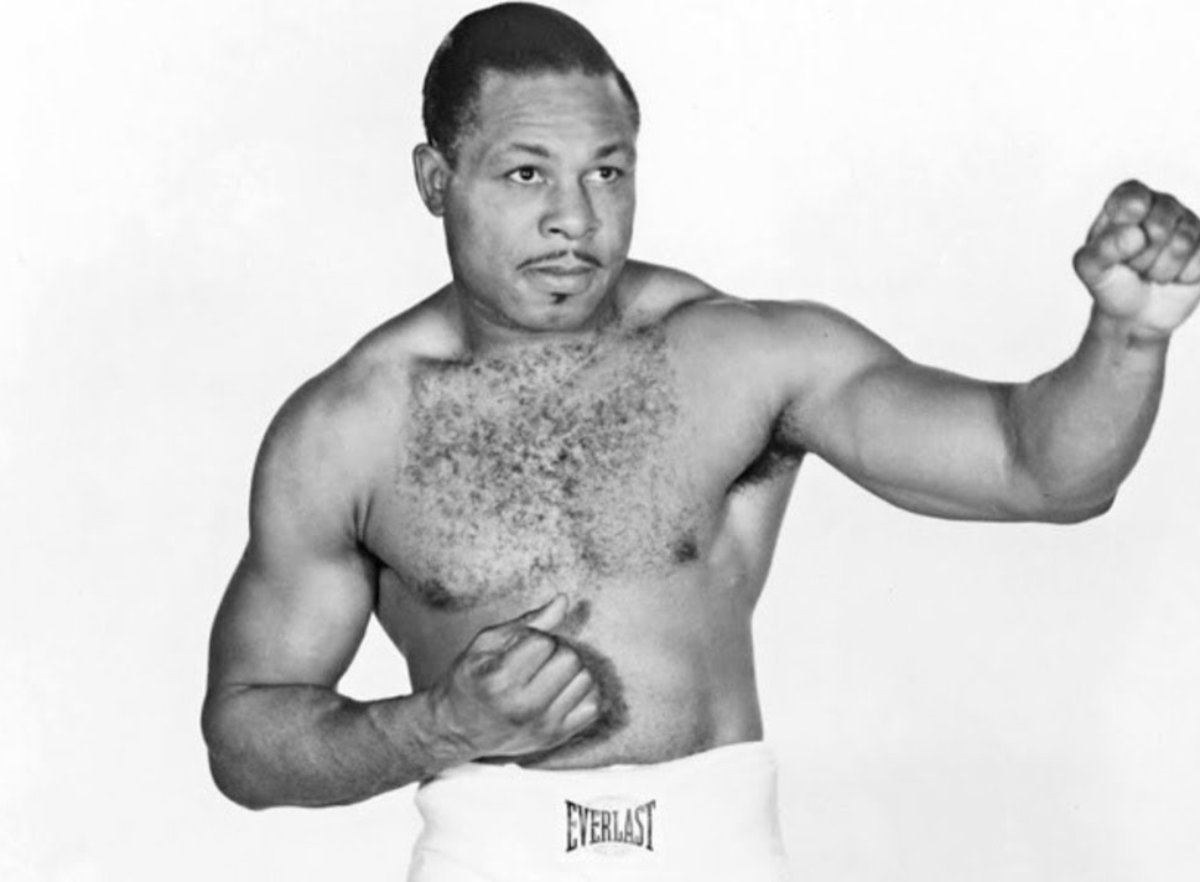
#54. Name This 50s Athlete!
Archie Moore was a professional boxer and the longest reigning World Light Heavyweight Champion of all time (December 1952 ‚Äì May 1962). He had one of the longest professional careers in the history of the sport, competing from 1935 to 1963. Nicknamed “The Mongoose”, and then “The Old Mongoose” in the latter half of his career, Moore was a highly strategical and defensive boxer, with a great chin and durability. Archie Moore ranks fourth on The Ring’s list of “100 greatest punchers of all time”. Moore is rated by prominent boxing website BoxRec as the 3rd greatest pound-for-pound boxer of all-time. Moore was also a trainer for a short time after retirement, training boxers such as Muhammad Ali, George Foreman and James Tillis.
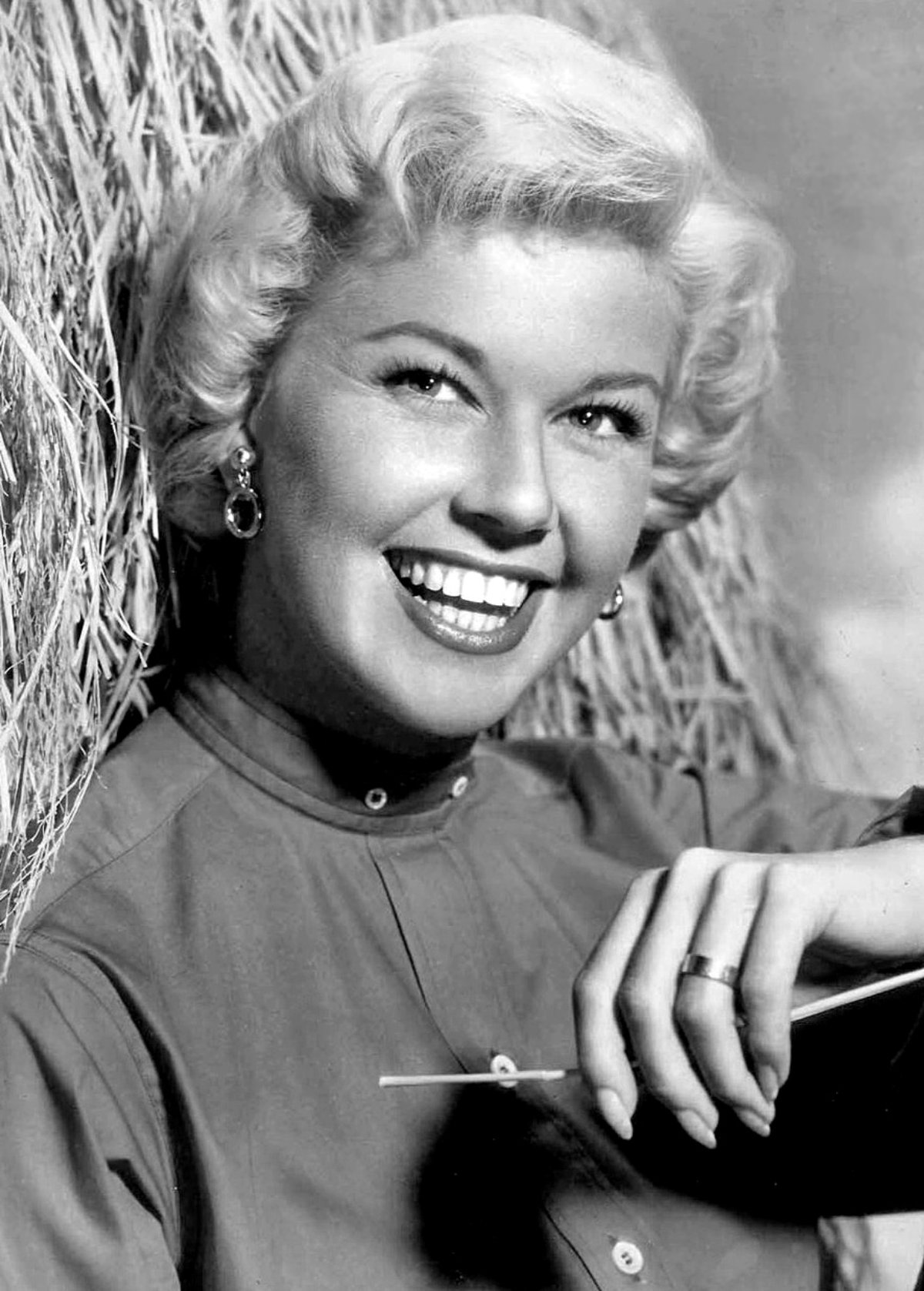
#55. Name This 50s Actor!
Doris Day was an actress, singer, and animal welfare activist. She began her career as a big band singer in 1939, achieving commercial success in 1945 with two No. 1 recordings, “Sentimental Journey” and “My Dreams Are Getting Better All the Time” with Les Brown & His Band of Renown. During the war, troops referred to her as “the American V-2” She left Brown to embark on a solo career and recorded more than 650 songs from 1947 to 1967.
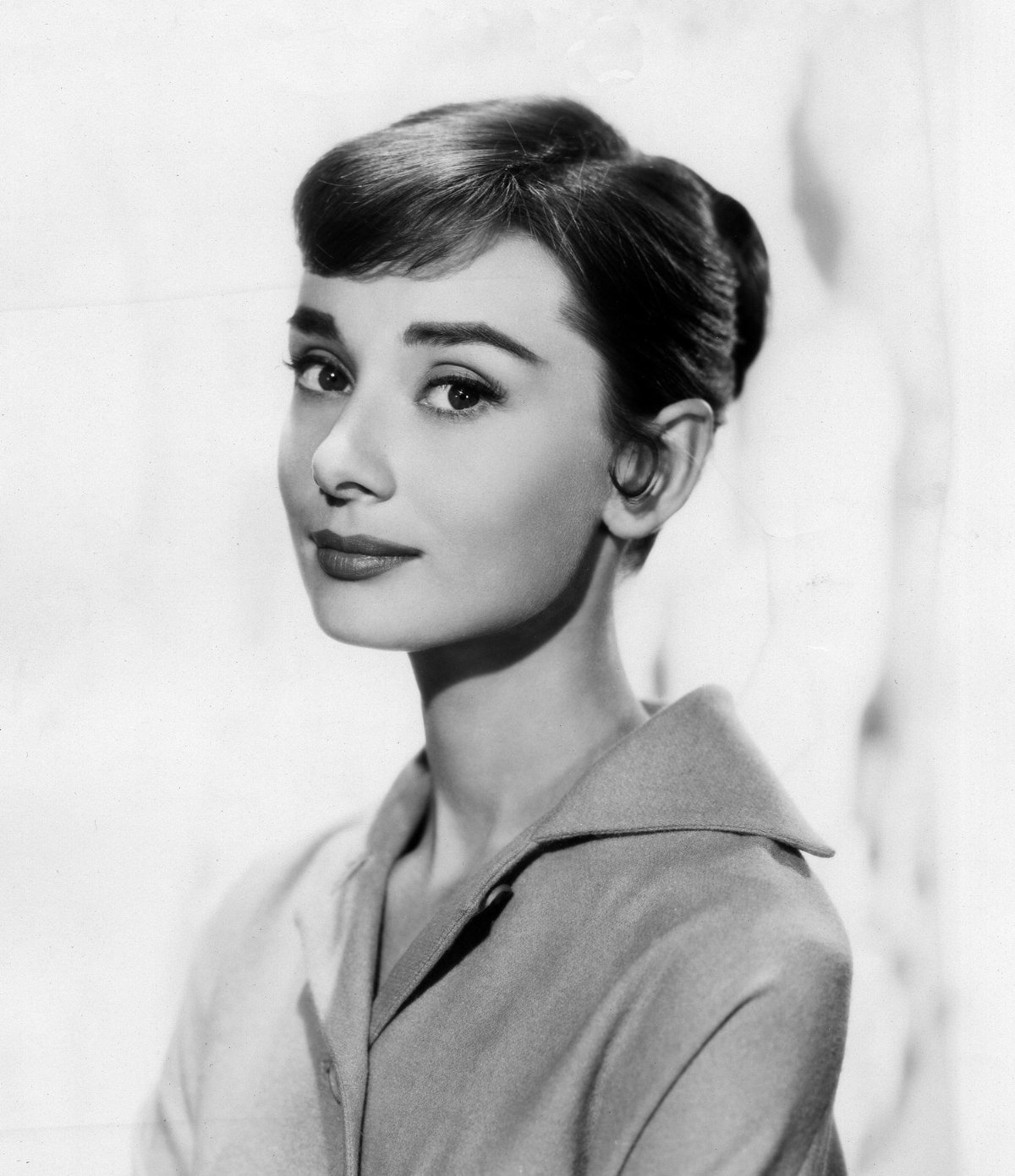
#56. Name This 50s Fashion Icon!
Audrey Hepburn was an actress and humanitarian. Recognised as a film and fashion icon, she was ranked by the American Film Institute as the third-greatest female screen legend in Golden Age Hollywood, and was inducted into the International Best Dressed List Hall of Fame. Born in Ixelles, Brussels, Hepburn spent parts of her childhood in Belgium, England, and the Netherlands. She studied ballet with Sonia Gaskell in Amsterdam beginning in 1945 and with Marie Rambert in London starting in 1948.
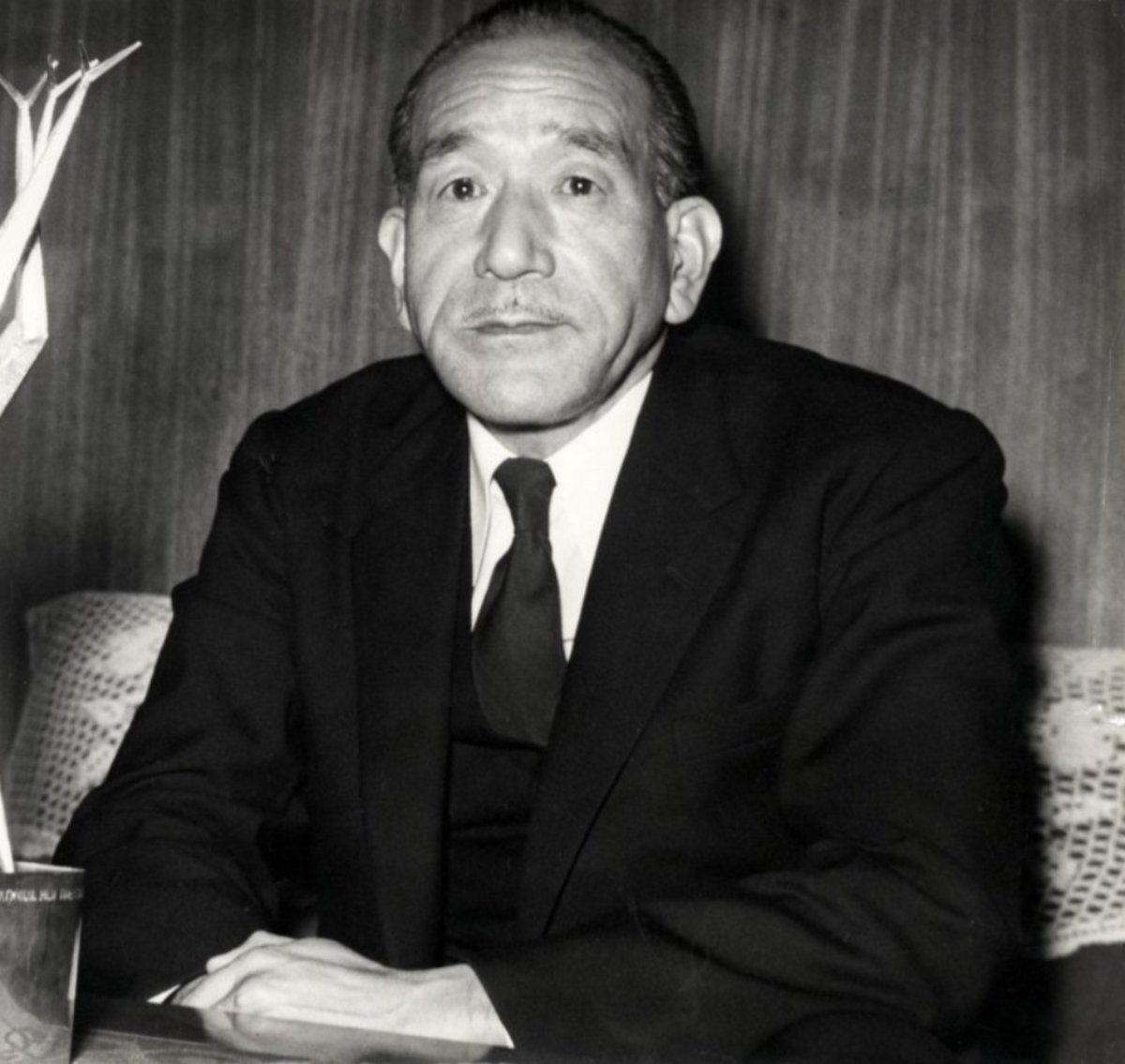
#57. Name This 50s Director!
Yasujiro Ozu was a film director and screenwriter. He began his career during the era of silent films, and his last films were made in color in the early 1960s. Ozu first made a number of short comedies, before turning to more serious themes in the 1930s.The most prominent themes of Ozu’s work are marriage and family, especially the relationships between generations. His most widely acclaimed films include Late Spring (1949), Tokyo Story (1953), Floating Weeds (1959), and An Autumn Afternoon (1962).
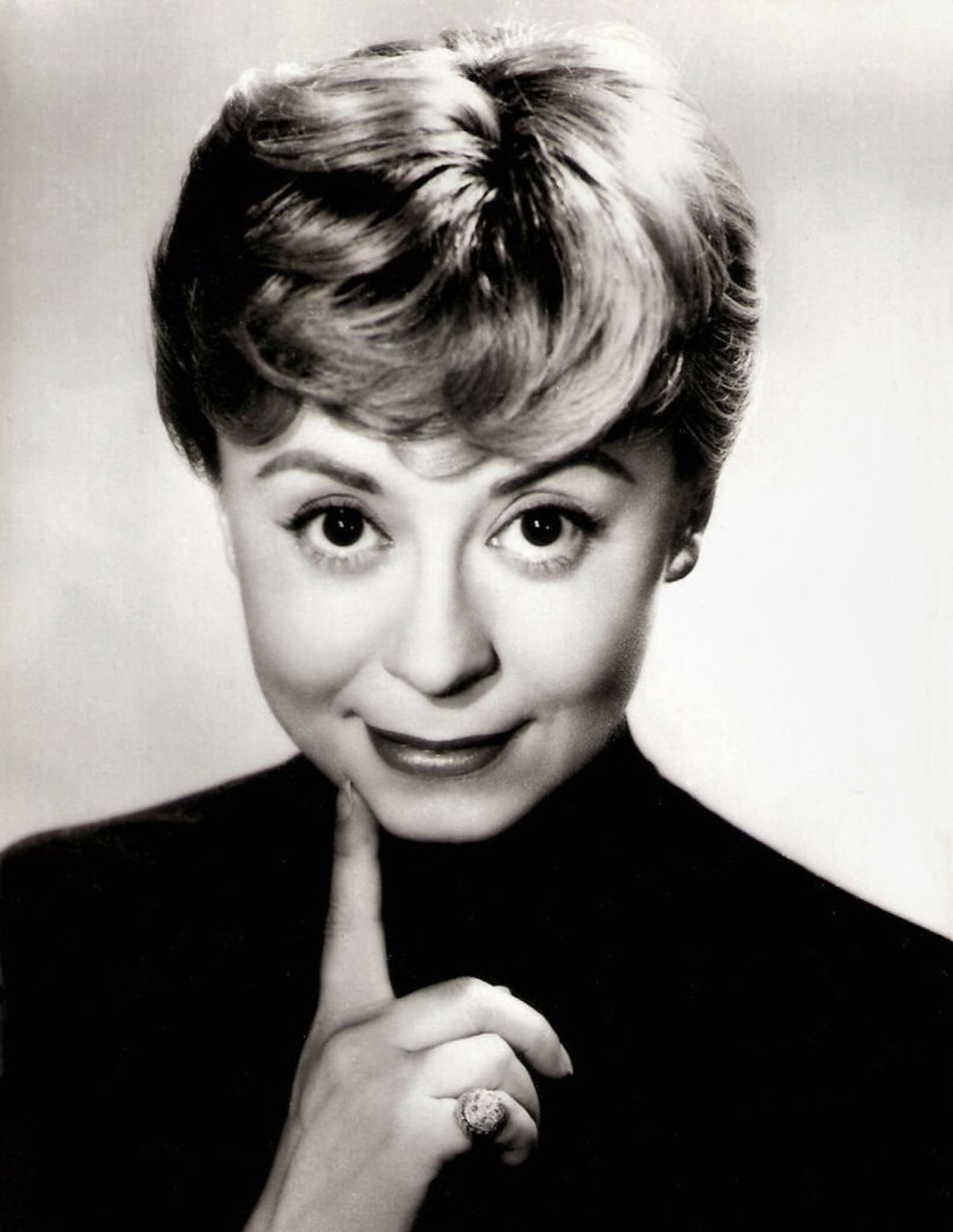
#58. Name This 50s Actor!
Giulietta Masina was a film actress, best known for her performances of Gelsomina in La Strada (1954) and Cabiria in Nights of Cabiria (1957). Both films won Academy Awards for Best Foreign Language Film and were described by their director Federico Fellini as having been “inspired” by Masina’s “humanity.” Italian cinema historian Peter Bondanella described Masina’s work as “masterful” and “unforgettable,” and Charlie Chaplin, with whose work Masina’s is often compared, called her “the actress who moved him most.”
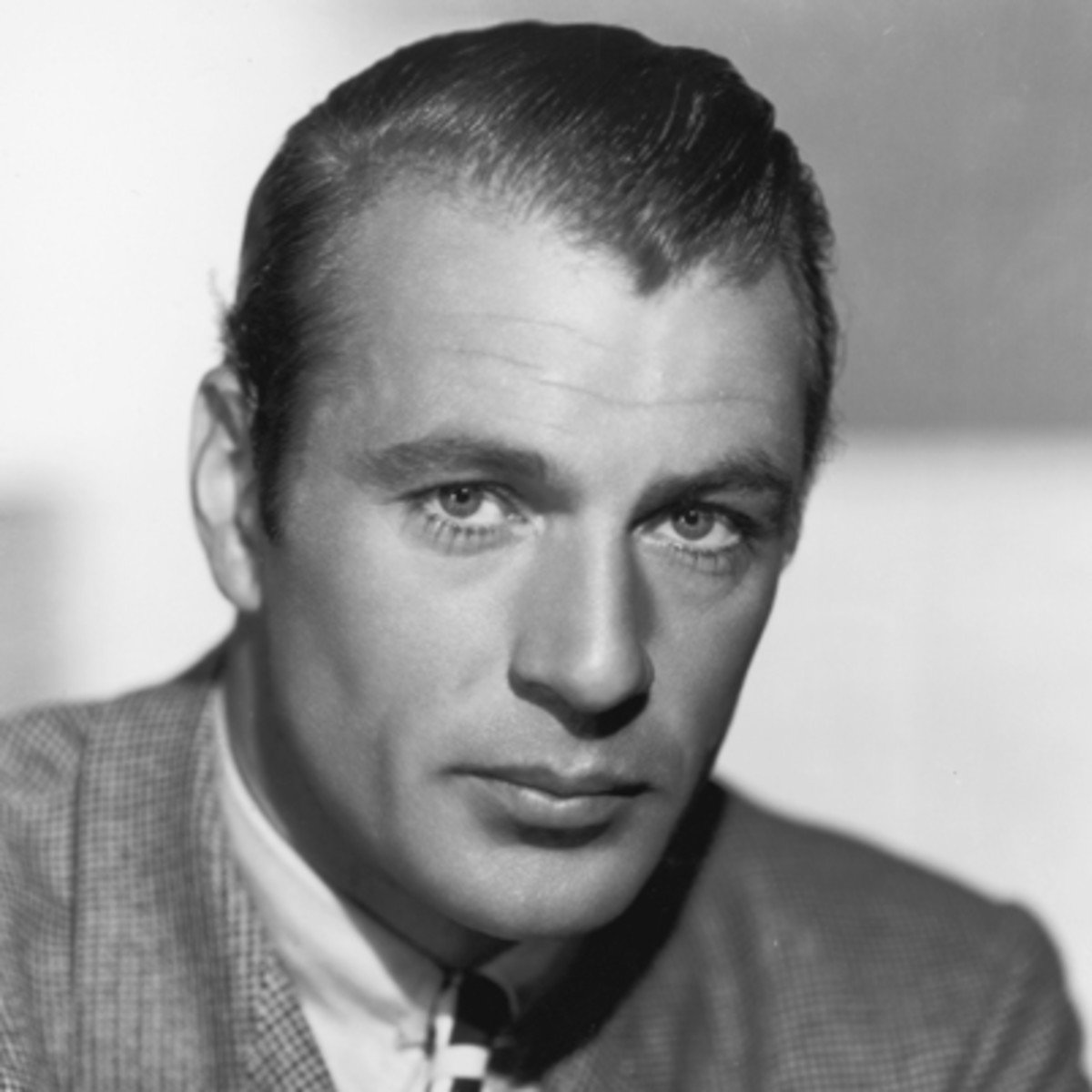
#59. Name This 50s Actor!
Gary Cooper was an actor. Known for his natural, authentic, understated acting style and screen performances, Cooper’s career spanned 36 years, from 1925 to 1961, and included leading roles in 84 feature films. He was a major movie star from the end of the silent film era through to the end of the golden age of Classical Hollywood. His screen persona appealed strongly to both men and women, and his range of performances included roles in most major film genres. His ability to project his own personality onto the characters he played contributed to his natural and authentic appearance on screen.
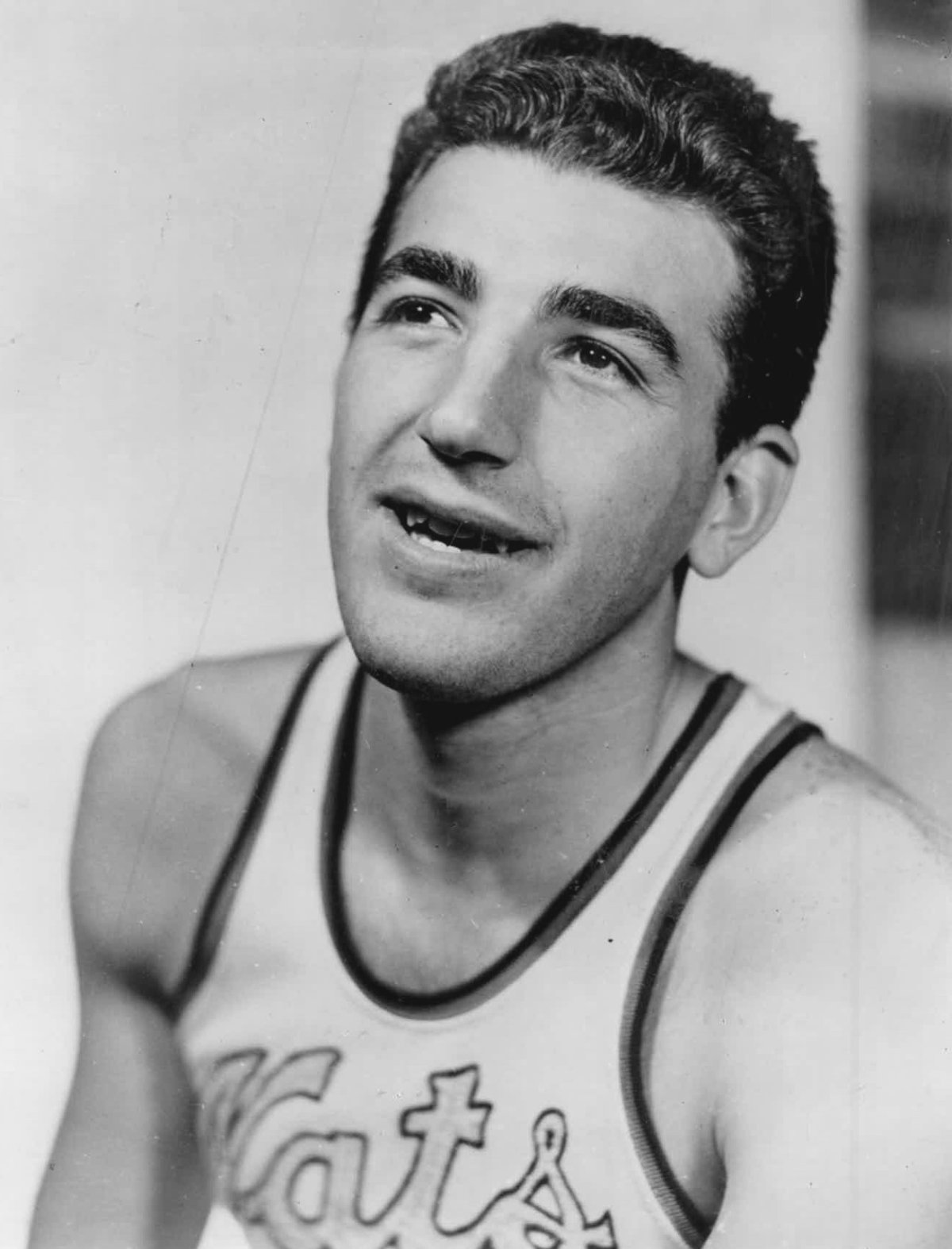
#60. Name This 50s Athlete!
Adolph Schayes was a professional basketball player and coach in the National Basketball Association (NBA). A top scorer and rebounder, he was a 12-time NBA All-Star and a 12-time All-NBA selection. Schayes won an NBA championship with the Syracuse Nationals in 1955. He was named one of the 50 Greatest Players in NBA History and inducted into the Naismith Memorial Basketball Hall of Fame. Schayes played his entire career with the Nationals and their successor, the Philadelphia 76ers, from 1948 to 1964.
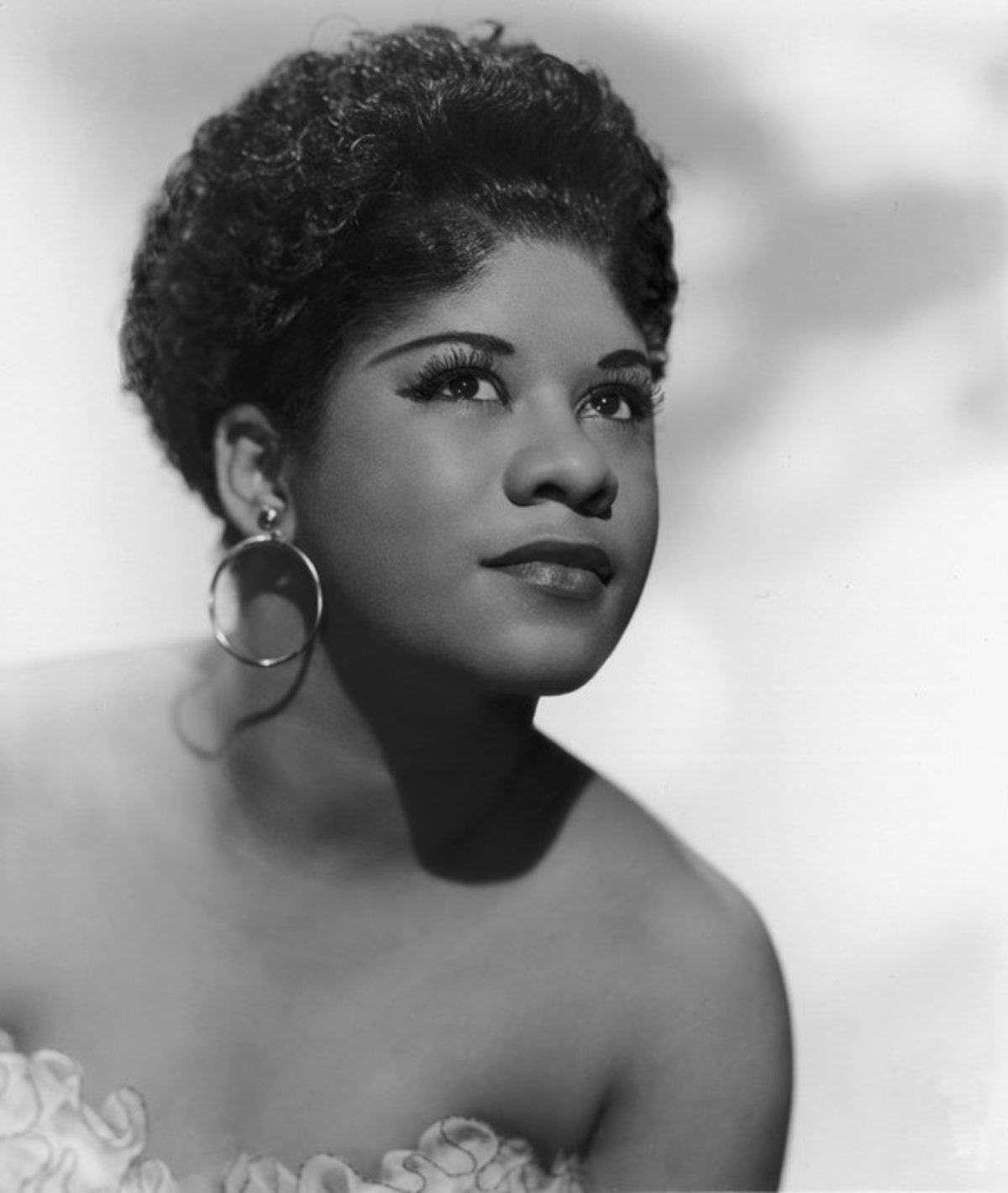
#61. Name This 50s Music Icon!
Ruth Alston Brown was a singer-songwriter and actress, sometimes known as the “Queen of R&B”. She was noted for bringing a pop music style to R&B music in a series of hit songs for Atlantic Records in the 1950s, such as “So Long”, “Teardrops from My Eyes” and “(Mama) He Treats Your Daughter Mean”. For these contributions, Atlantic became known as “the house that Ruth built” (alluding to the popular nickname for the old Yankee Stadium).
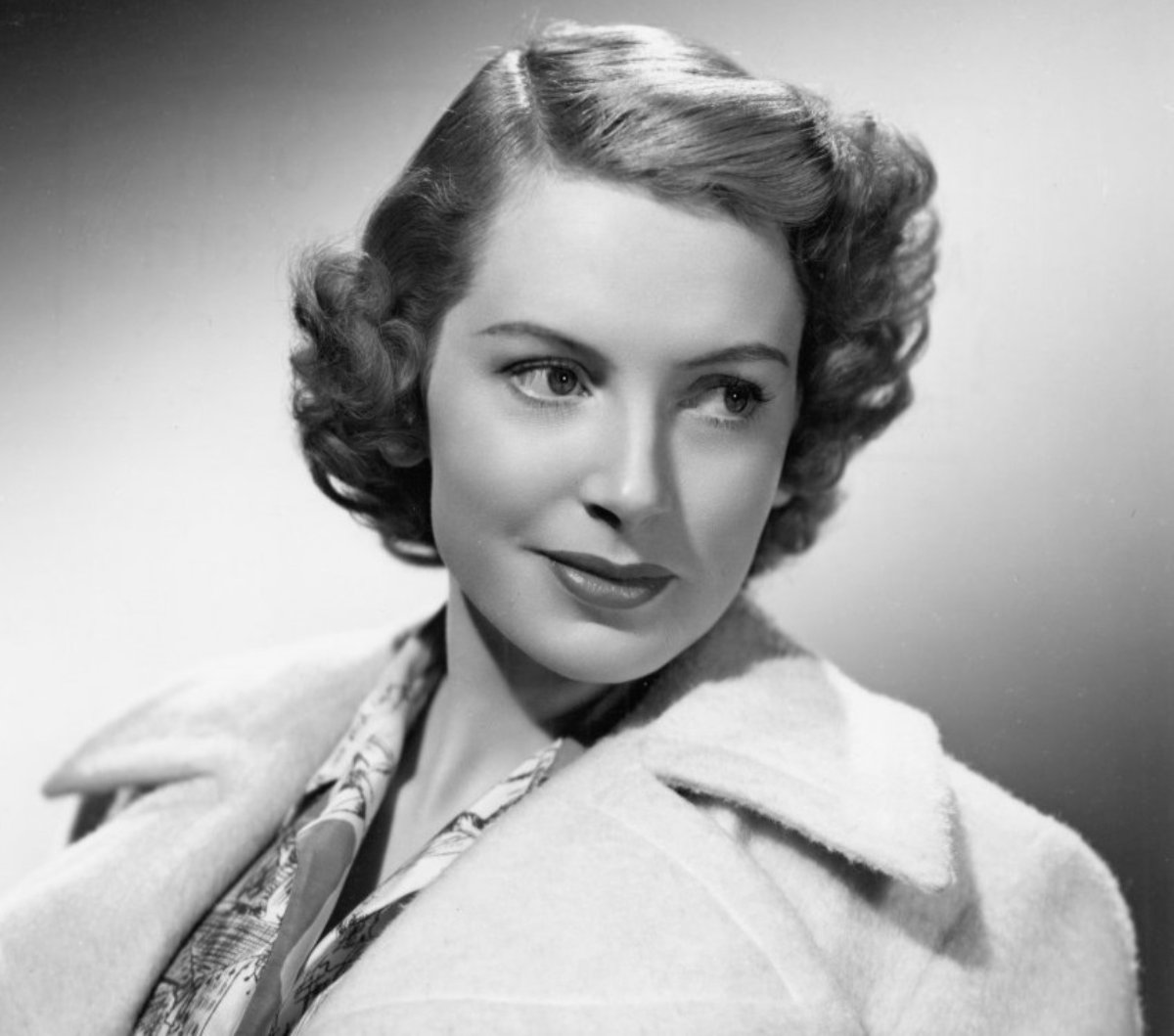
#62. Name This 50s Actor!
Deborah Jane Trimmer, known professionally as Deborah Kerr, was a film, theatre and television actress. During her international film career, she won a Golden Globe Award for her performance as Anna Leonowens in the musical film The King and I (1956) and a Sarah Siddons Award for her performance as Laura Reynolds in the play Tea and Sympathy (a role she originated on Broadway). She was also a three-time winner of the New York Film Critics Circle Award for Best Actress.
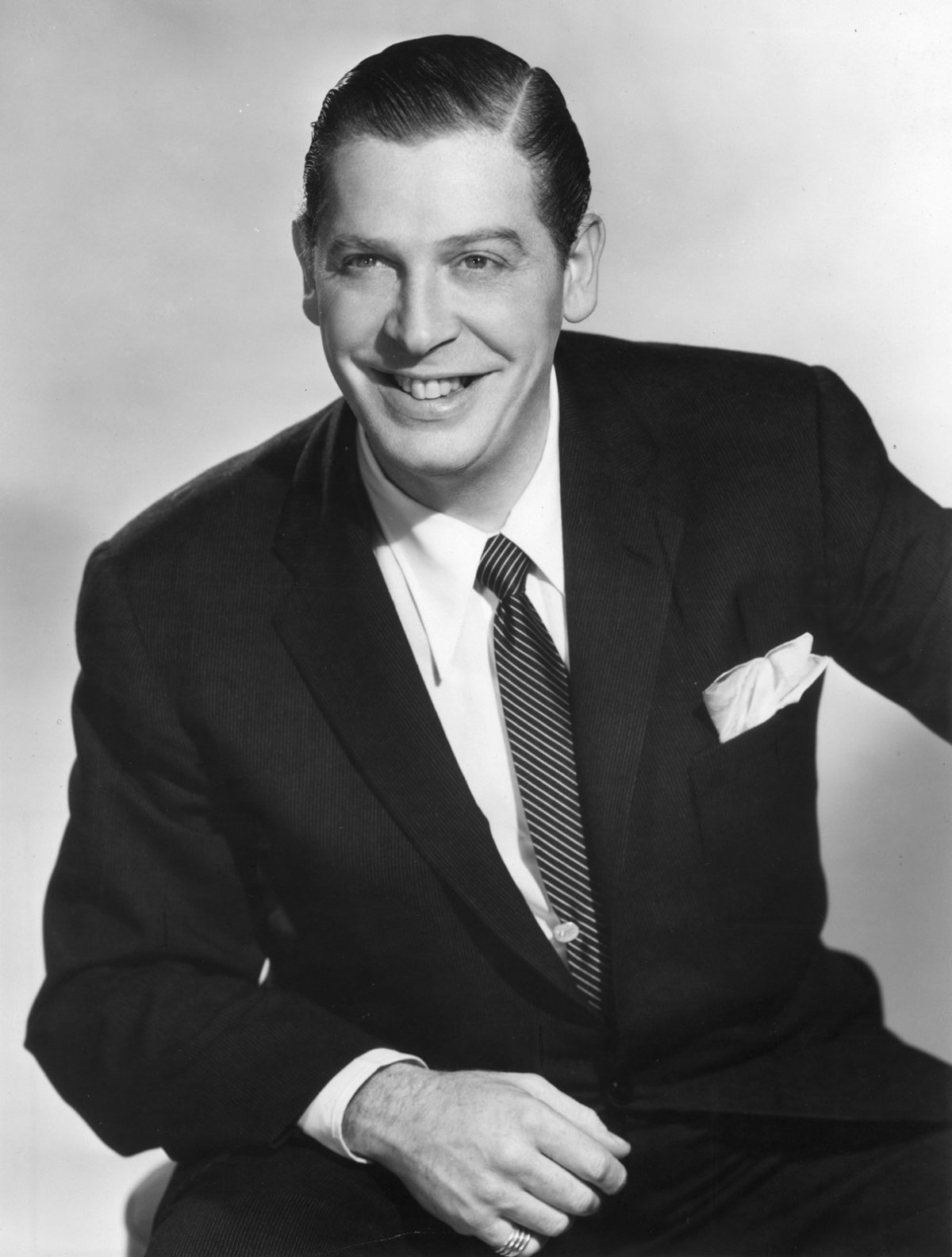
#63. Name This 50s Comedian!
Milton Berle was a comedian and actor. Berle’s career as an entertainer spanned over 80 years, first in silent films and on stage as a child actor, then in radio, movies and television. As the host of NBC’s Texaco Star Theater (1948‚Äì55), he was the first major American television star and was known to millions of viewers as “Uncle Miltie” and “Mr. Television” during the first Golden Age of Television.
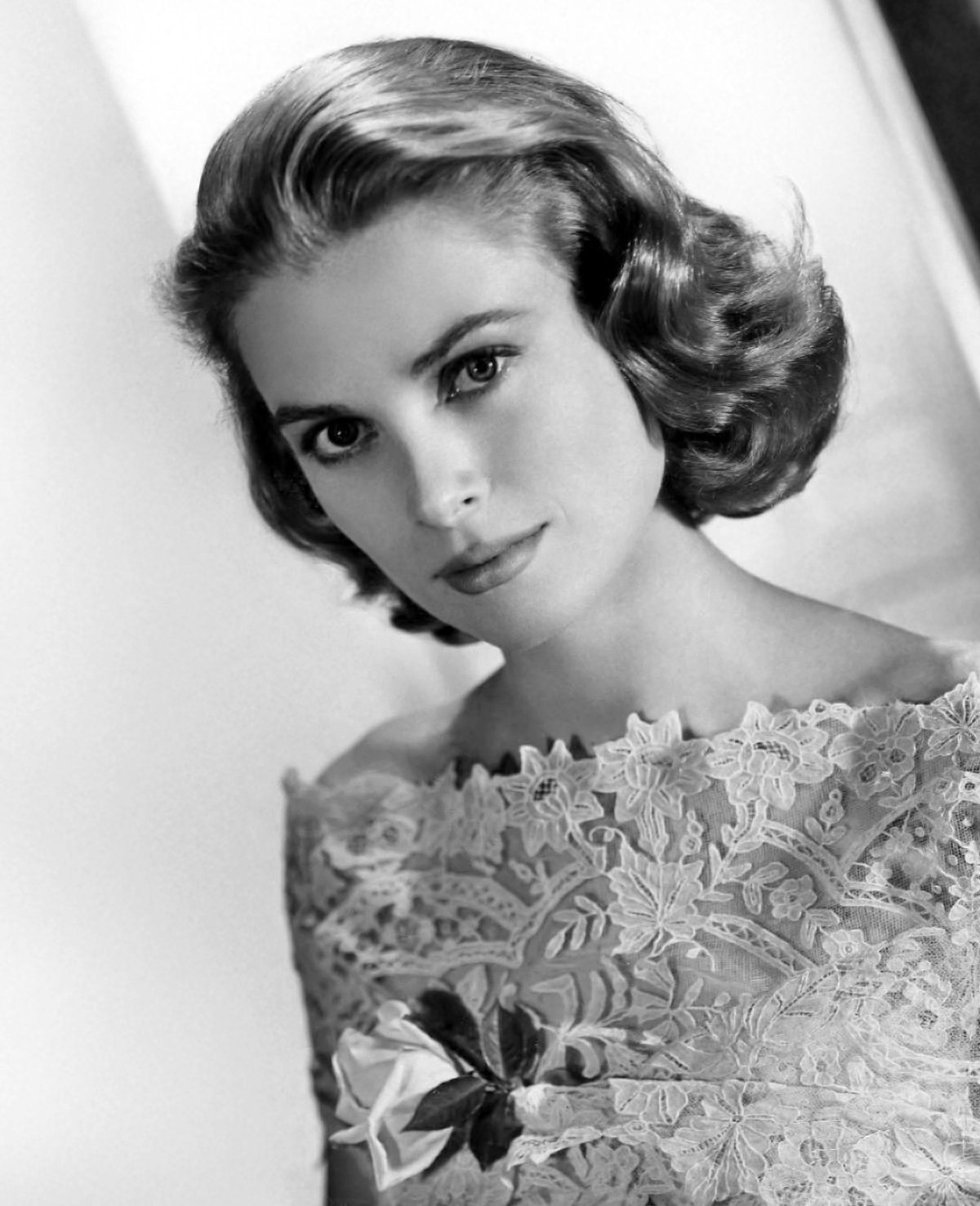
#64. Name This 50s Actor!
Grace Patricia Kelly was a film actress who after starring in several significant films in the early- to mid-1950s became Princess of Monaco by marrying Prince Rainier III in April 1956. After embarking on an acting career in 1950, when she was 20, Kelly appeared in New York City theatrical productions and more than 40 episodes of live drama productions broadcast during the early 1950s Golden Age of Television. From 1952 to 1956 she starred in several critically and commercial successful films, usually opposite male romantic leads 25 to 30 years older than her.
#65. Name This 50s Actor!
Katharine Houghton Hepburn was an actress known for her fierce independence and spirited personality, who was a leading lady in Hollywood for more than 60 years. She appeared in a range of genres, from screwball comedy to literary drama, and she received a record (for either gender) four Academy Awards for Lead Acting Performances, plus eight further nominations. In 1999, Hepburn was named by the American Film Institute the greatest female star of Classic Hollywood Cinema.
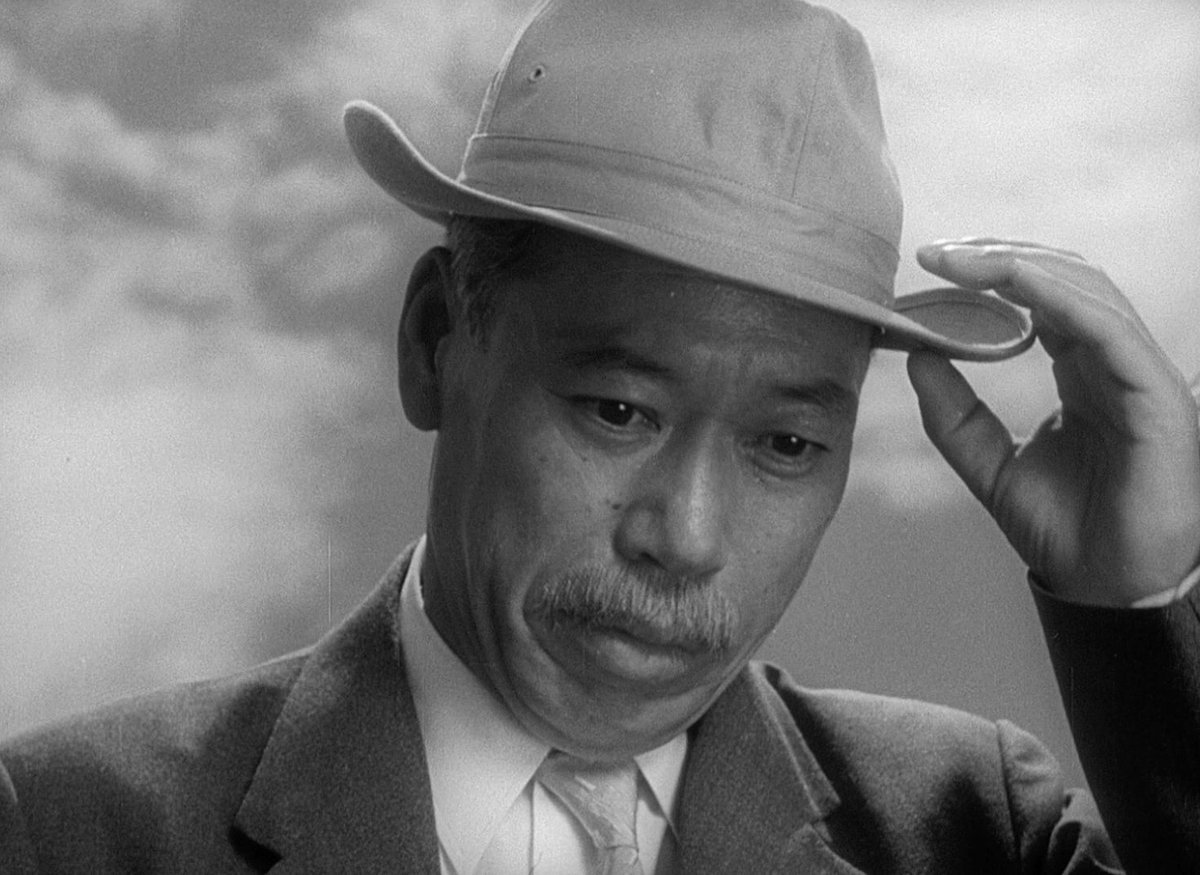
#66. Name This 50s Actor!
Takashi Shimura was an actor who appeared in over 200 films between 1934 and 1981. He is particularly noted for his appearances in 21 of Akira Kurosawa’s 30 films (more than any other actor), including as a lead actor in Drunken Angel (1948), Rashomon (1950), Ikiru (1952) and Seven Samurai (1954). After the failure of the Shichigatsu-za, Shimura went back to Osaka, where he began to get roles in radio plays. In 1930 he joined the Kindaiza (???) theatre company and became a fully professional actor.
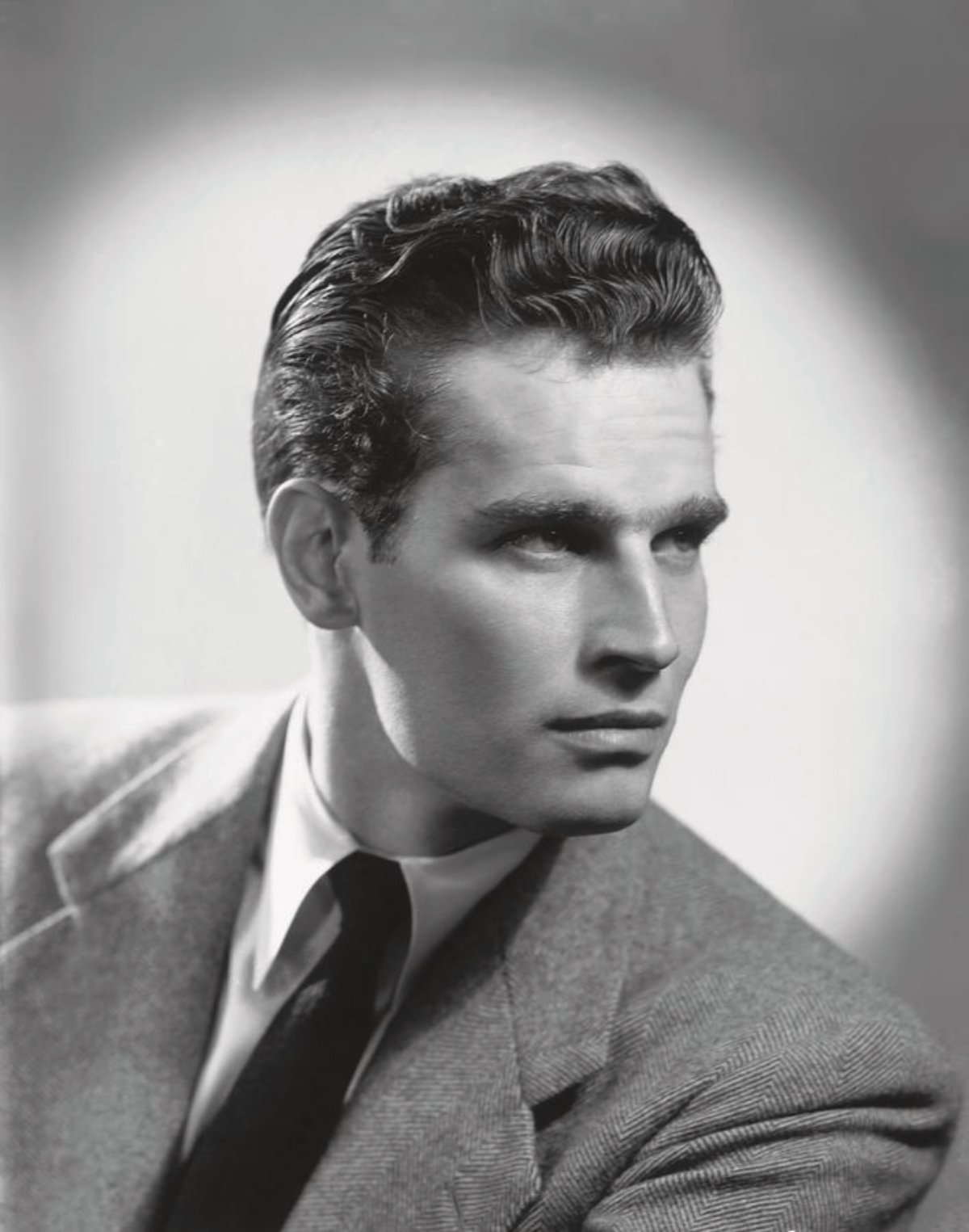
#67. Name This 50s Actor!
Charlton Heston was an actor and political activist. As a Hollywood star, he appeared in almost 100 films over the course of 60 years. He played Moses in the epic film The Ten Commandments (1956), for which he received his first nomination for the Golden Globe Award for Best Actor – Motion Picture Drama. He also starred in Touch of Evil (1958) with Orson Welles, Ben-Hur (1959), for which he won the Oscar for Best Actor, El Cid (1961), Planet of the Apes (1968), The Greatest Show on Earth (1952), Secret of the Incas (1954), The Big Country (1958) and The Greatest Story Ever Told (1965).
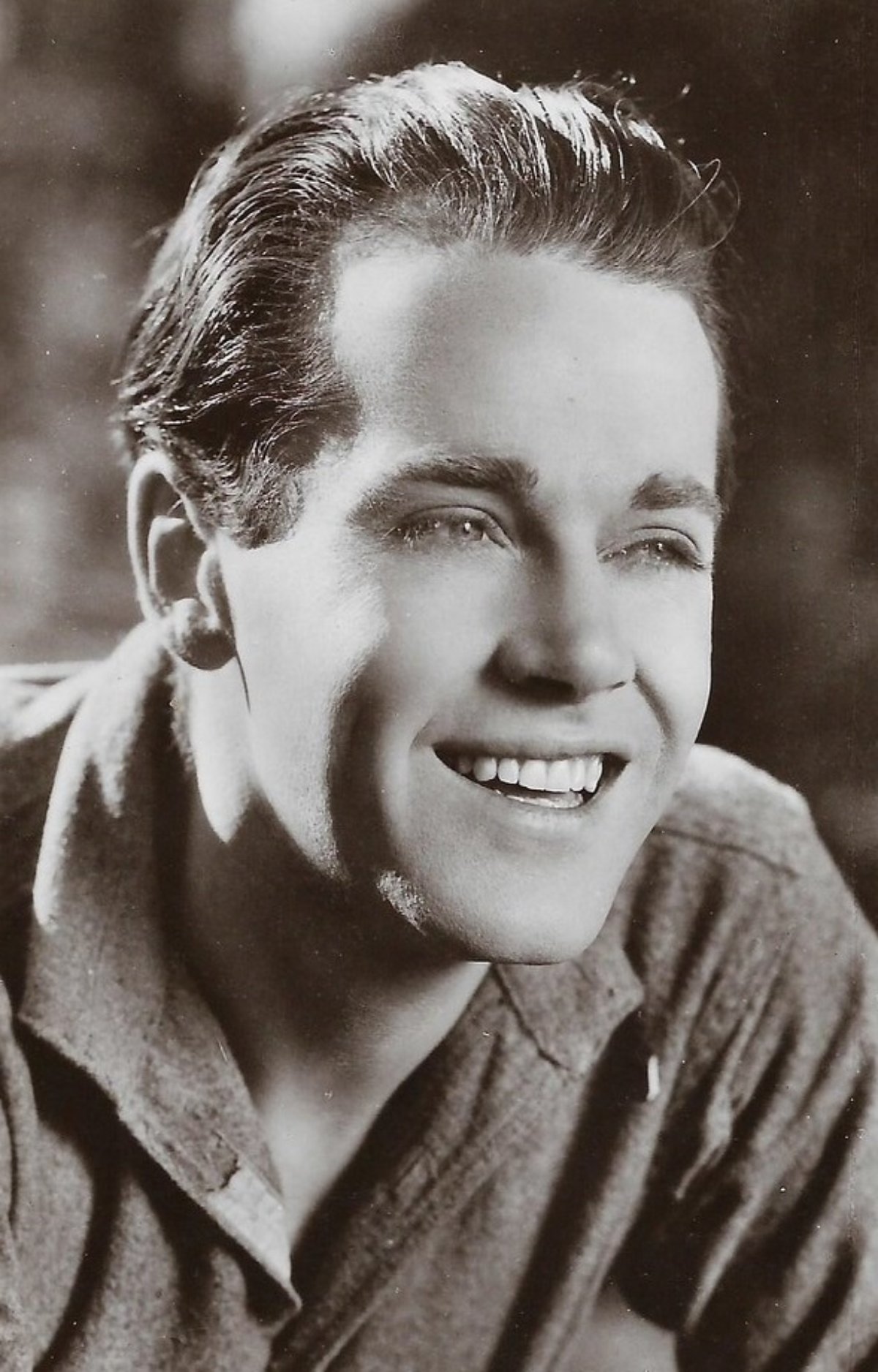
#68. Name This 50s Actor!
Henry Jaynes Fonda was a film and stage actor who had a career that spanned five decades in Hollywood. Fonda cultivated a strong, appealing screen image in several films now considered to be classics earning one Academy Award for Best Actor on two nominations. Fonda made his mark early as a Broadway actor and made his Hollywood film debut in 1935. His film career began to gain momentum with roles such as Bette Davis’s fiancee in her Academy Award-winning performance in Jezebel (1938).
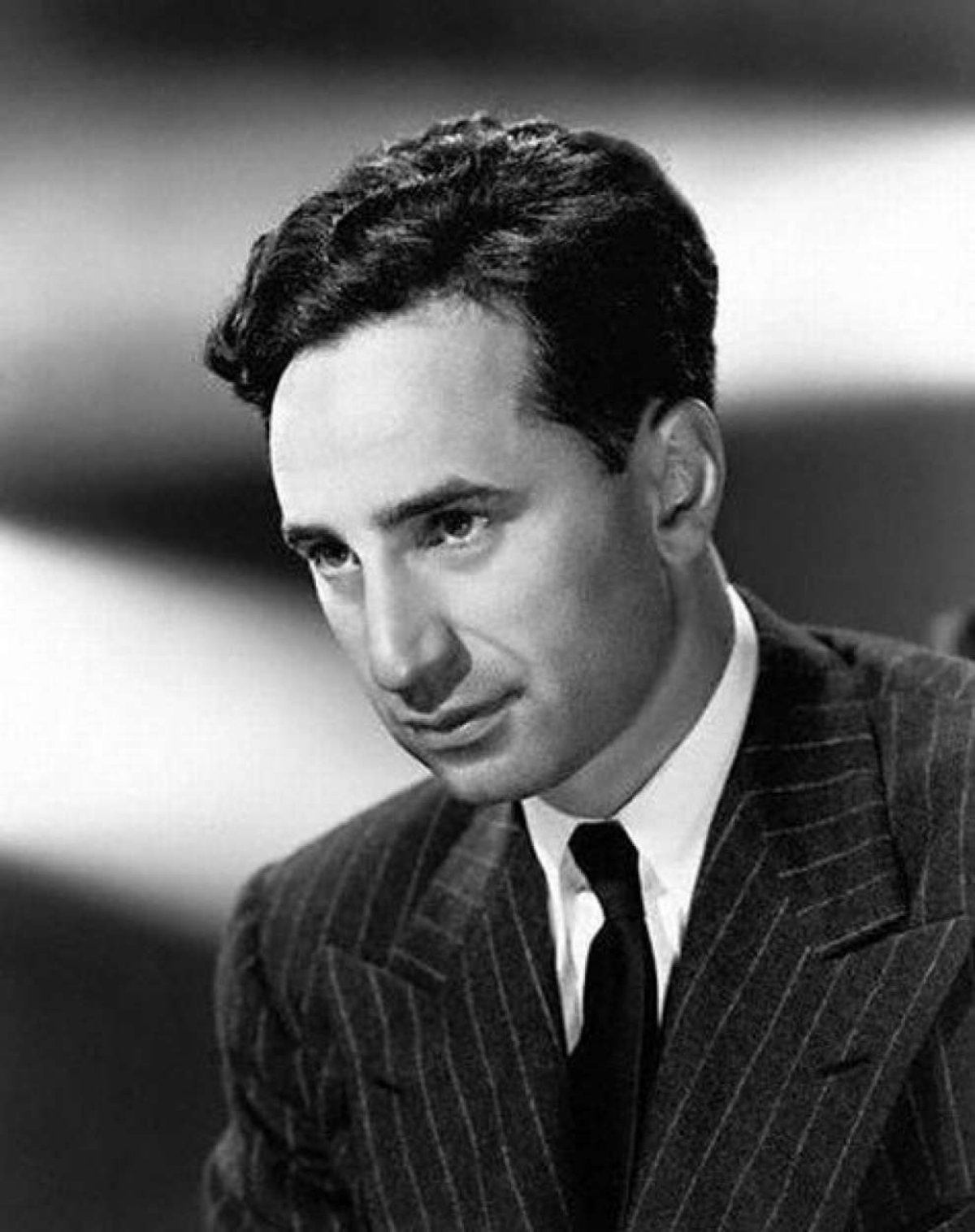
#69. Name This 50s Director!
Elia Kazan was a director, producer, writer and actor, described by The New York Times as “one of the most honored and influential directors in Broadway and Hollywood history”. He was born in Constantinople (now Istanbul, Turkey), to Cappadocian Greek parents. After attending Williams College and then the Yale School of Drama, he acted professionally for eight years, later joining the Group Theatre in 1932, and co-founded the Actors Studio in 1947.
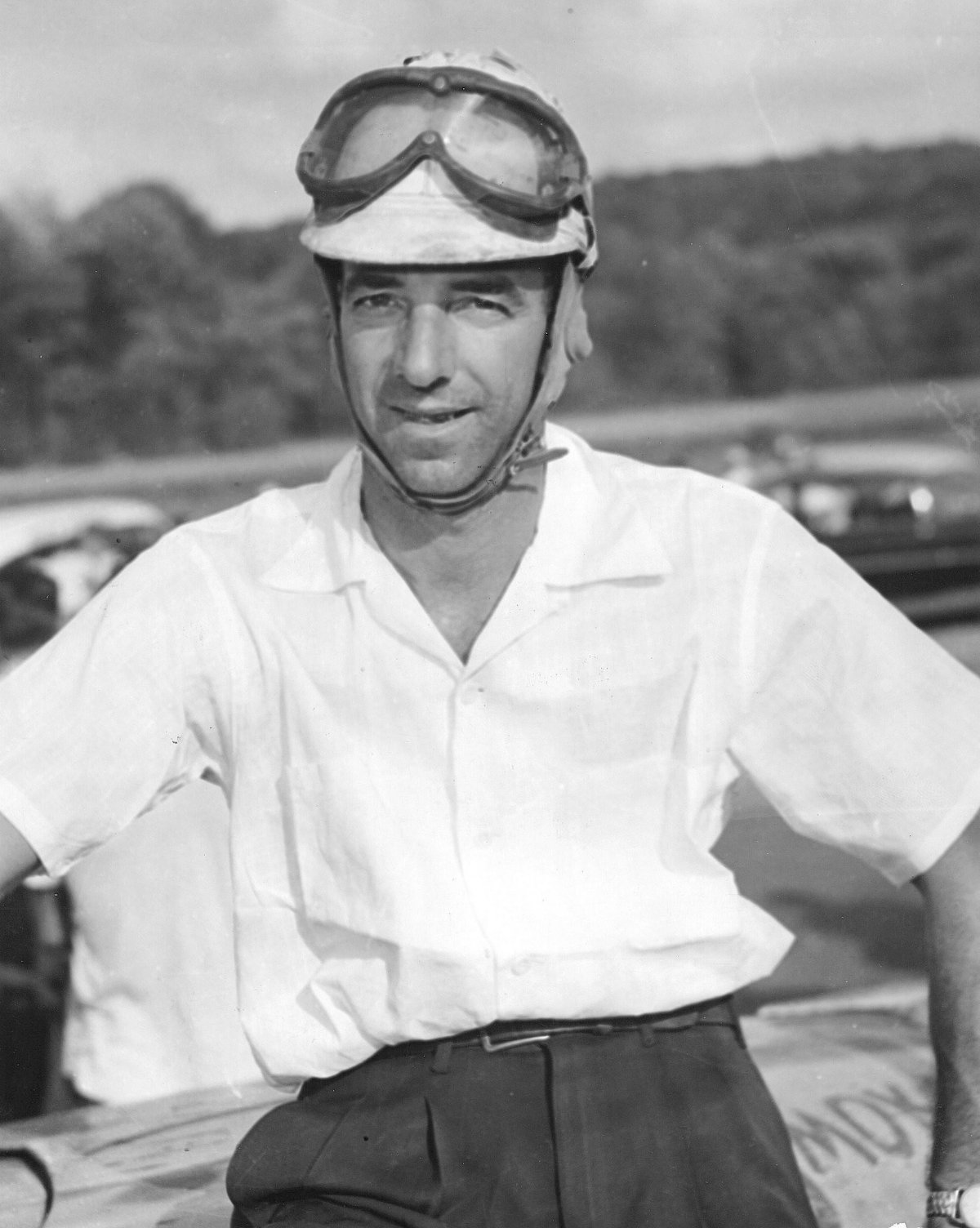
#70. Name This 50s Athlete!
Herbert Watson Thomas was a stock car racer who was one of NASCAR’s most successful drivers in the 1950s. Thomas ended his career with 48 victories, which currently ranks 14th all-time. He won 21.05% of his starts(48 wins/228 starts) during his career, which ranks as the highest win percentage all-time among drivers with 100 career starts.
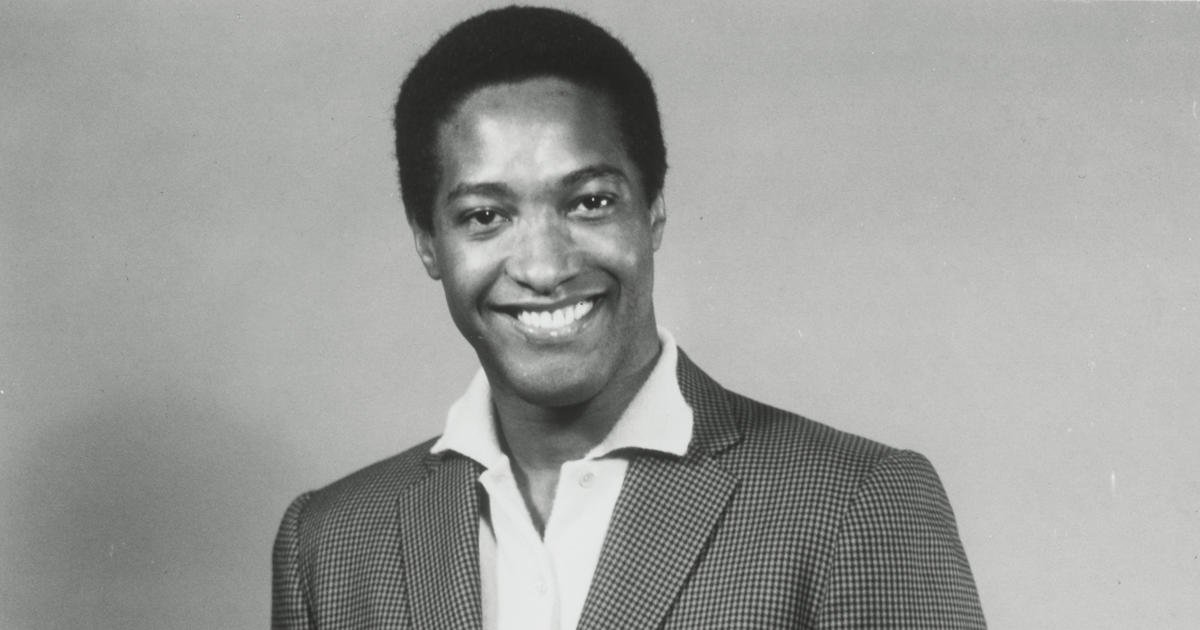
#71. Name This 50s Music Icon!
Samuel Cook, known professionally as Sam Cooke, was a singer, songwriter, civil-rights activist and entrepreneur. Influential as both a singer and composer, he is commonly known as the King of Soul for his distinctive vocals and importance within popular music. He began singing as a child and joined the Soul Stirrers before moving to a solo career where he scored a string of hit songs like “You Send Me”, “A Change Is Gonna Come”, “Wonderful World”, “Chain Gang”, “Twistin’ the Night Away”, and “Bring it on Home to Me”.
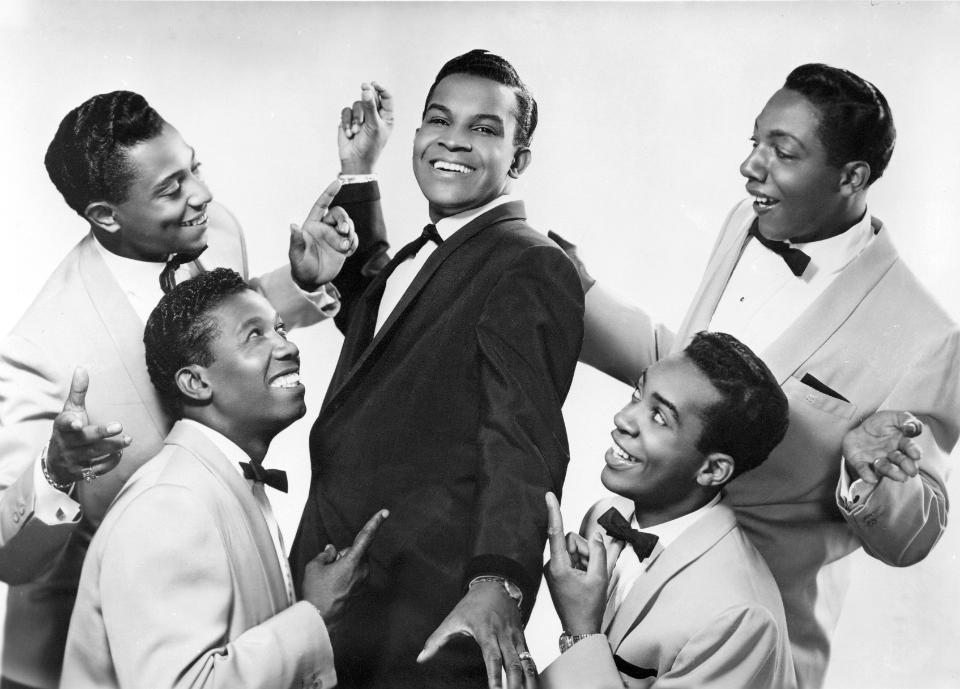
#72. Name This 50s Music Icon!
Billy Ward and his Dominoes were a R&B vocal group. One of the most successful R&B groups of the early 1950s, the Dominoes helped launch the singing careers of two notable members, Clyde McPhatter and Jackie Wilson. Billy Ward (born Robert L. Williams, 19 September 1921, Savannah, Georgia, died 16 February 2002, Inglewood, California) grew up in Philadelphia, the second of three sons of Charles Williams and Cora Bates Williams, and was a child musical prodigy, winning an award for a piano composition at the age of 14.
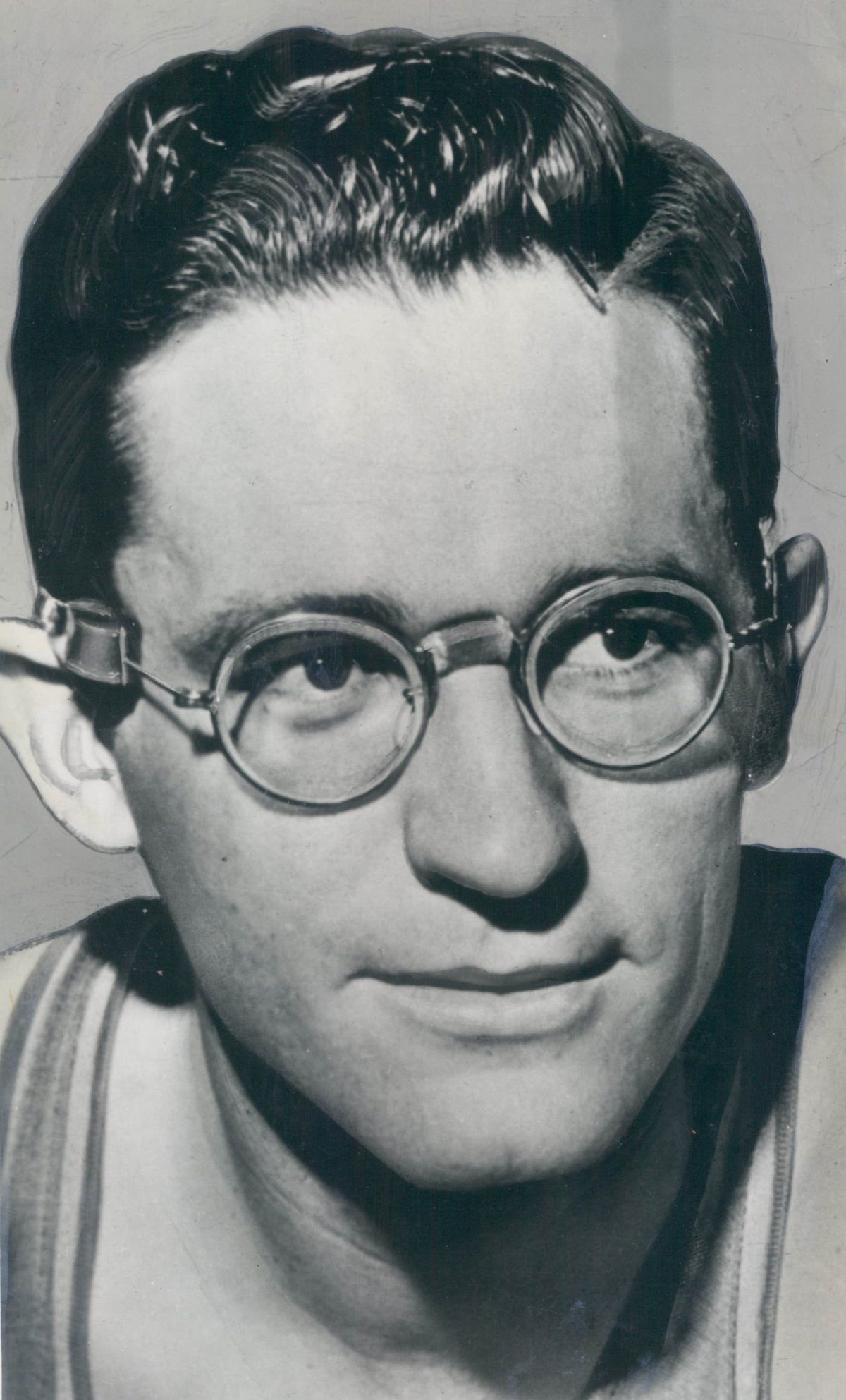
#73. Name This 50s Athlete!
George Lawrence Mikan Jr., nicknamed Mr. Basketball, was a professional basketball player for the Chicago American Gears of the National Basketball League (NBL) and the Minneapolis Lakers of the NBL, the Basketball Association of America (BAA) and the National Basketball Association (NBA). Invariably playing with thick, round spectacles, the 6 ft 10 in (2.08 m), 245 lb (111 kg) Mikan is seen as one of the pioneers of professional basketball, redefining it as a game of so-called big men with his prolific rebounding, shot blocking, and his talent to shoot over smaller defenders with his ambidextrous hook shot, the result of his namesake Mikan Drill. He also utilized the underhanded free-throw shooting technique long before Rick Barry made it his signature shot.
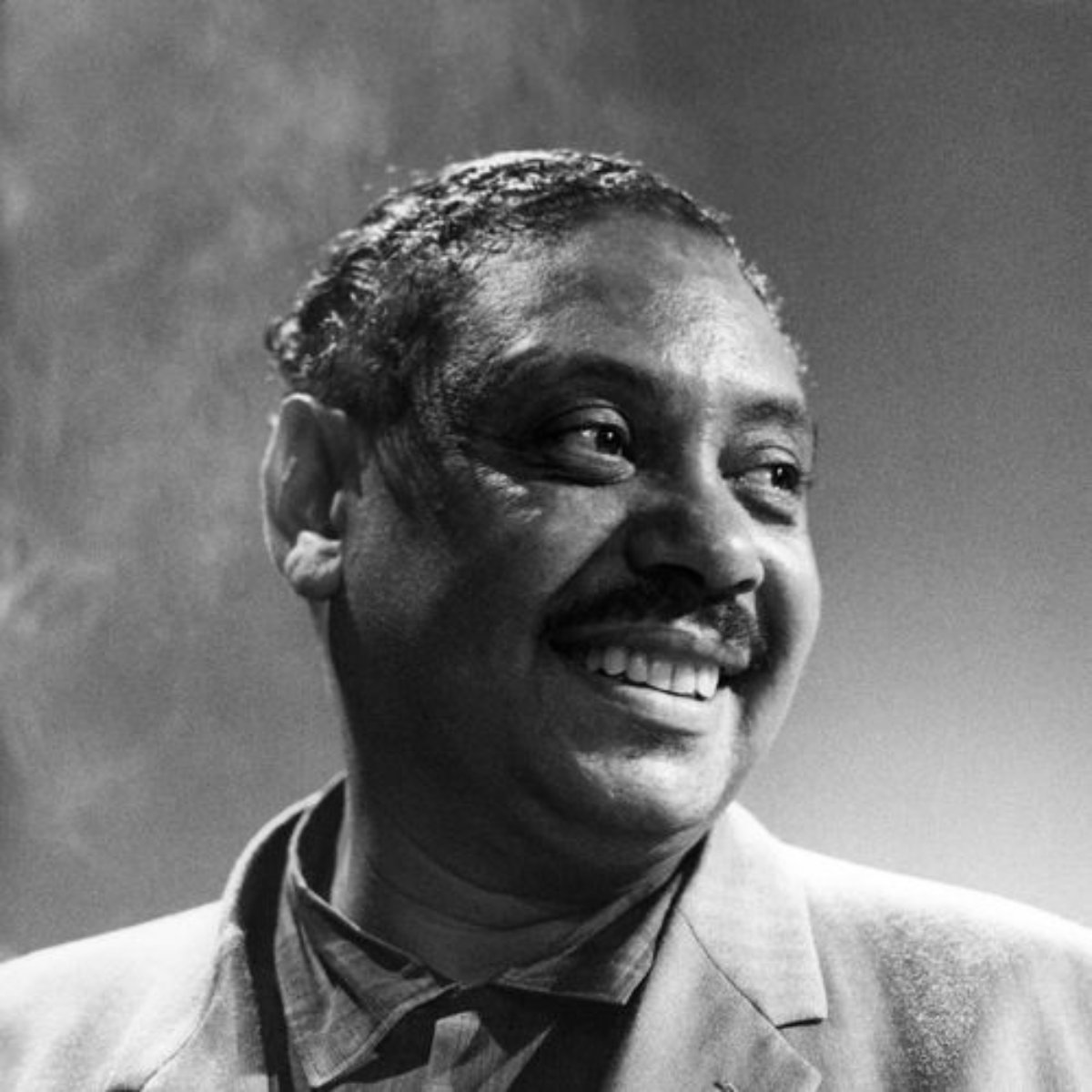
#74. Name This 50s Music Icon!
Joseph Vernon “Big Joe” Turner Jr. was a blues shouter from Kansas City, Missouri. According to songwriter Doc Pomus, “Rock and roll would have never happened without him.” His greatest fame was due to his rock-and-roll recordings in the 1950s, particularly “Shake, Rattle and Roll”, but his career as a performer endured from the 1920s into the 1980s. Turner was inducted into the Rock and Roll Hall of Fame in 1987, with the Hall lauding him as “the brawny voiced ‘Boss of the Blues'”.
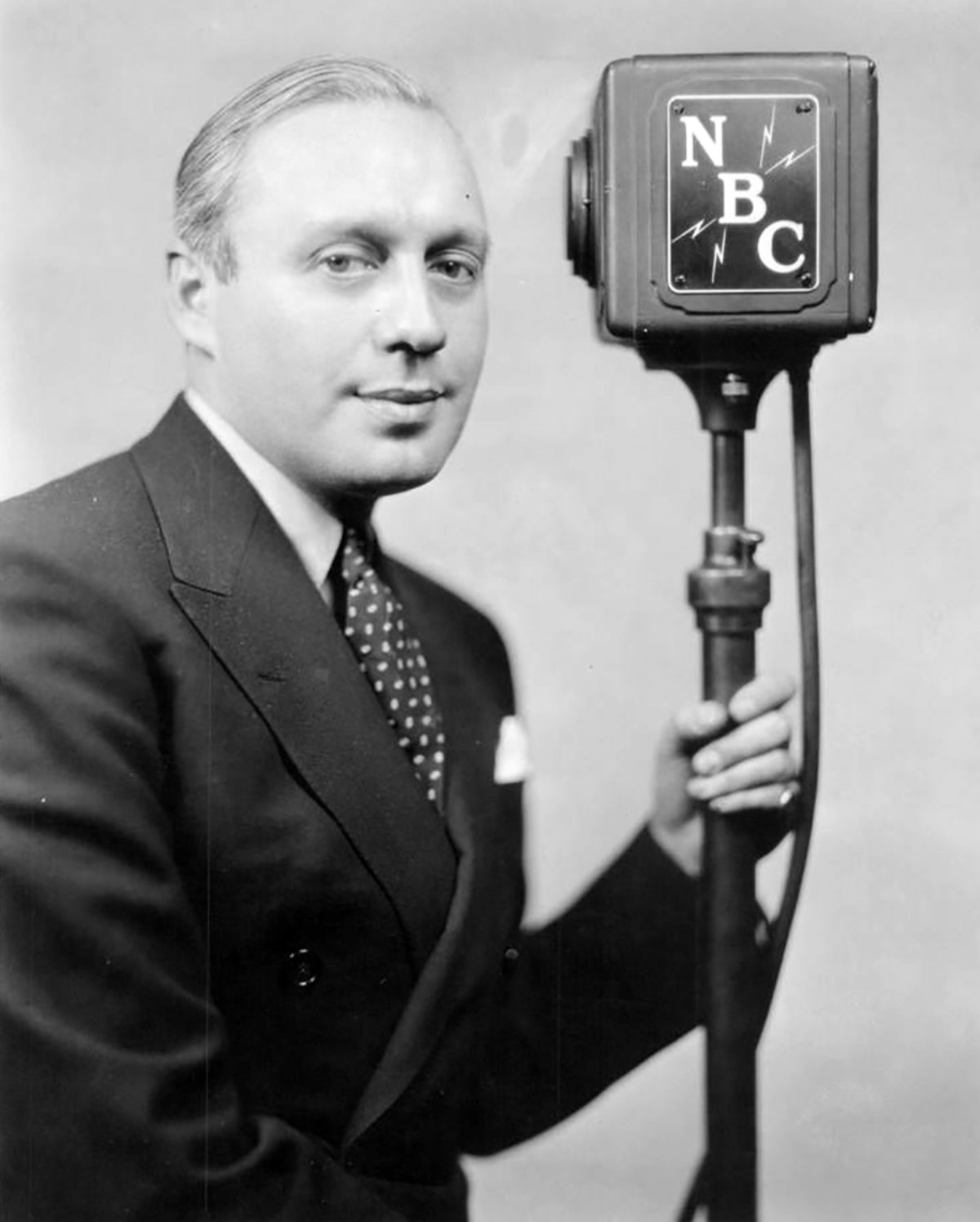
#75. Name This 50s Comedian!
Jack Benny (often called “Jackson” on his own show), was a comedian, vaudevillian, radio, television and film actor, and violinist. Recognized as a leading 20th-century American entertainer, Benny often portrayed his character as a miser, who obliviously played his violin badly, and ridiculously claimed to be 39 years of age, regardless of his actual age. Benny was known for his comic timing and the ability to cause laughter with a pregnant pause or a single expression, such as his signature exasperated “Well!” His radio and television programs, popular from 1932 until his death in 1974, were a major influence on the sitcom genre.
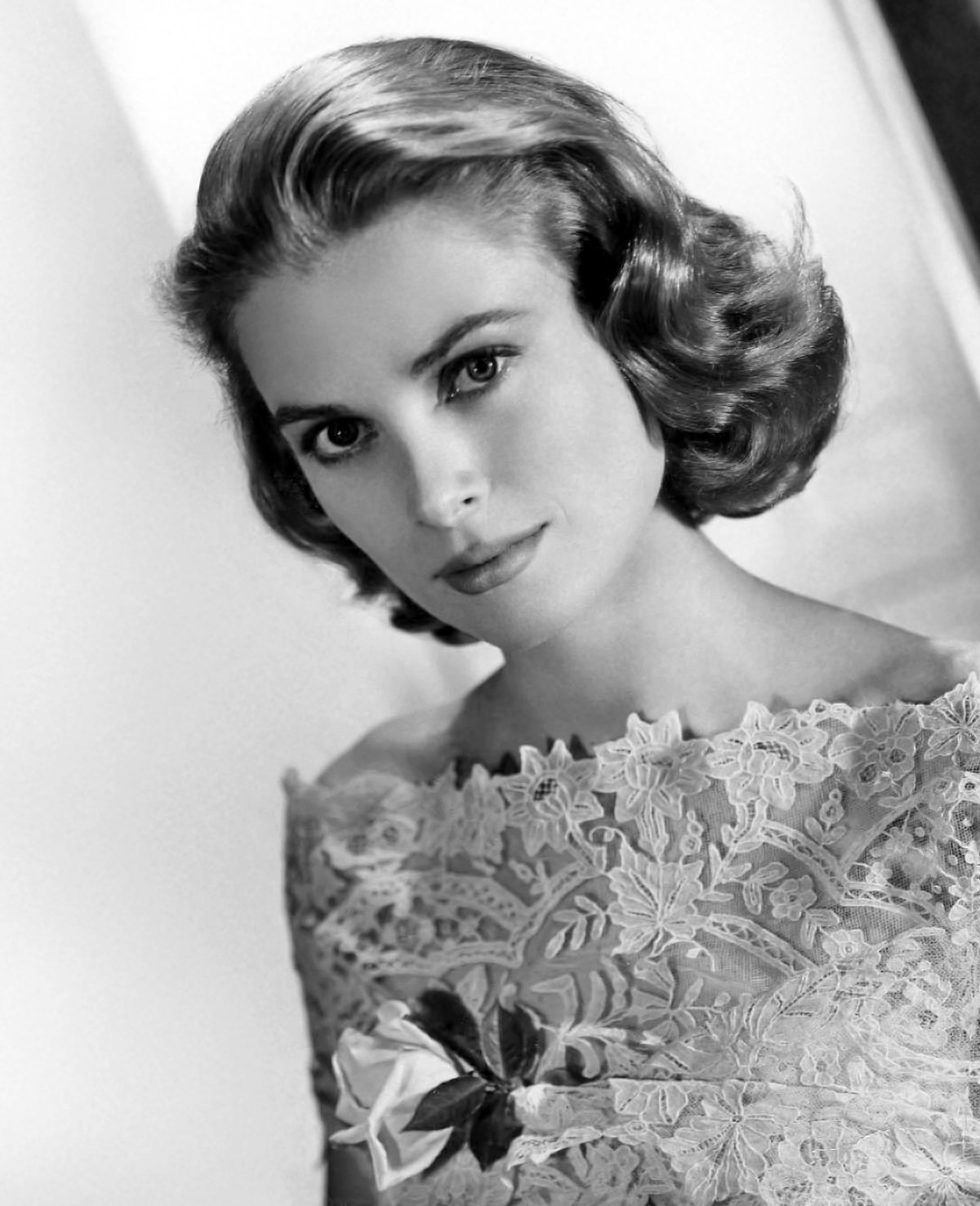
#76. Name This 50s Fashion Icon!
Grace Patricia Kelly was a film actress who after starring in several significant films in the early- to mid-1950s became Princess of Monaco by marrying Prince Rainier III in April 1956. After embarking on an acting career in 1950, when she was 20, Kelly appeared in New York City theatrical productions and more than 40 episodes of live drama productions broadcast during the early 1950s Golden Age of Television.
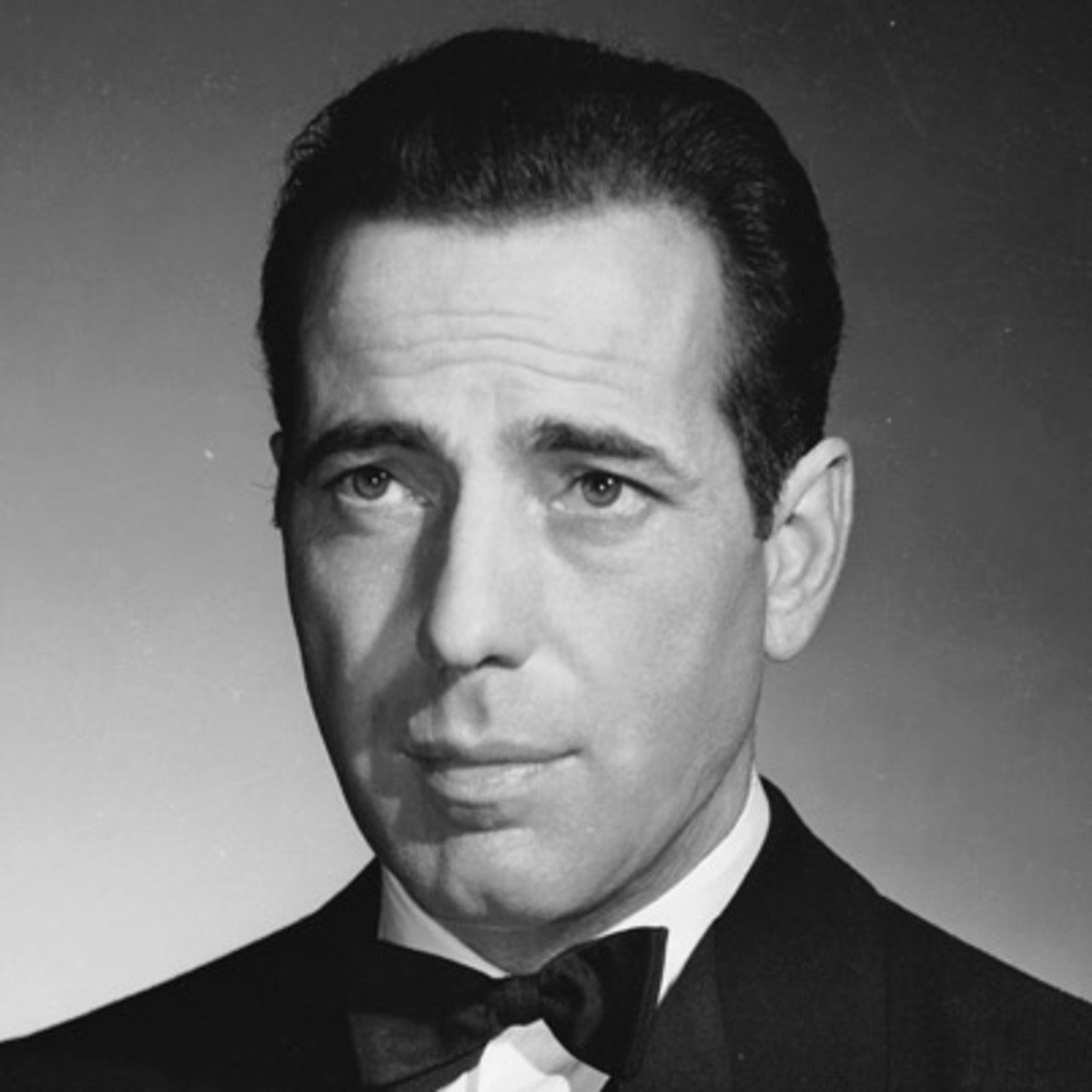
#77. Name This 50s Actor!
Humphrey DeForest Bogart was a film and theater actor. His performances in numerous films from the Classical Hollywood era made him a cultural icon. In 1999, the American Film Institute selected him as the greatest male star of classic American cinema. Bogart began acting in Broadway shows and began his movie career in Up the River (1930). The film also starred Spencer Tracy. Bogart played the romantic role in a part as large as Tracy’s, despite Bogart’s much lower billing.
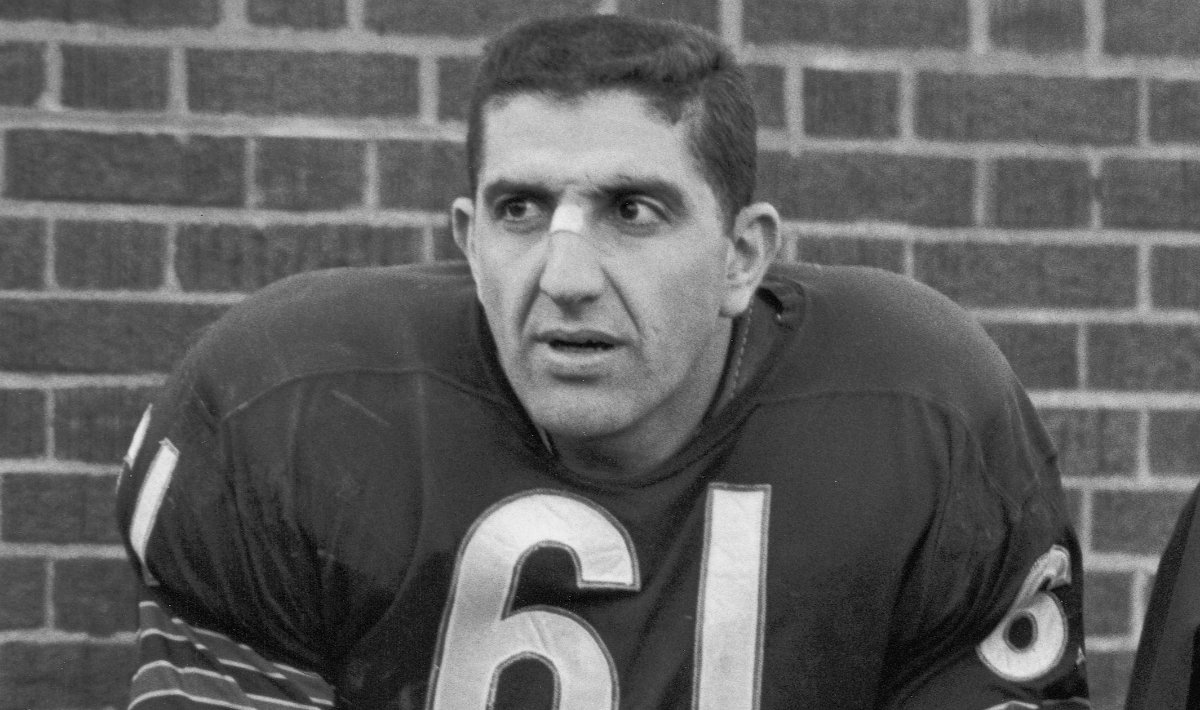
#78. Name This 50s Athlete!
William J. George was a football player. He played professionally as a linebacker for the Chicago Bears and the Los Angeles Rams of the National Football League (NFL). George is credited as the first true middle linebacker in football history and, inadvertently, the creator of the 4–3 defense. Noting during a 1954 game with the Philadelphia Eagles that his tendency to hit the center right after the snap led to the quarterback passing right over his head, he began to drop back from the line, not only enabling him to intercept and otherwise disrupt several passes from that game forward but also creating the familiar 4–3 setup (four linemen and three linebackers).
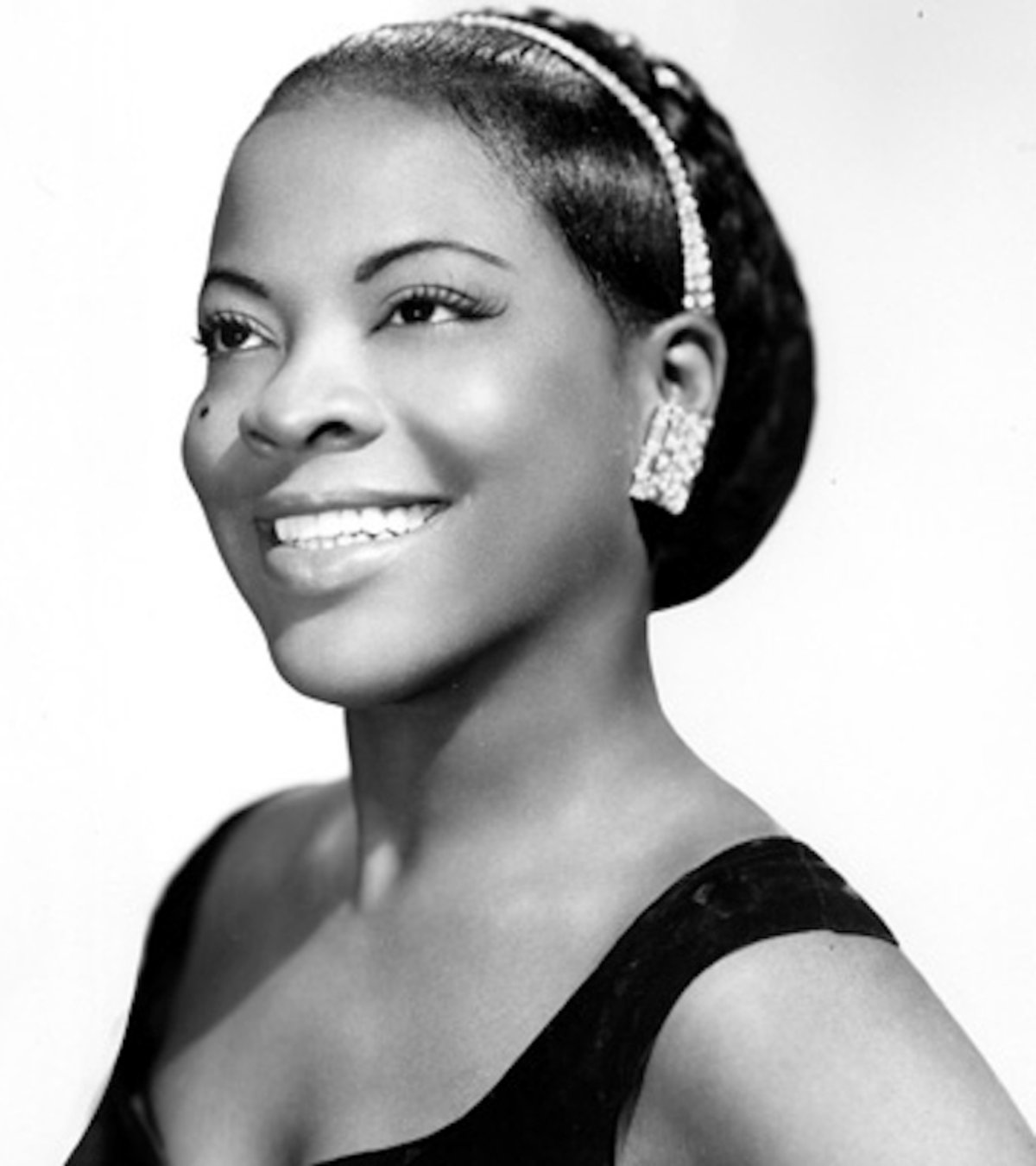
#79. Name This 50s Music Icon!
Delores LaVern Baker was a rhythm-and-blues singer who had several hit records on the pop chart in the 1950s and early 1960s. Her most successful records were “Tweedle Dee” (1955), “Jim Dandy” (1956), and “I Cried a Tear” (1958). Baker began singing in Chicago clubs such as the Club DeLisa around 1946, often billed as Little Miss Sharecropper, and first recorded under that name in 1949. She changed her name briefly to Bea Baker when recording for Okeh Records in 1951 and then was billed as LaVern Baker when she sang with Todd Rhodes and his band in 1952.
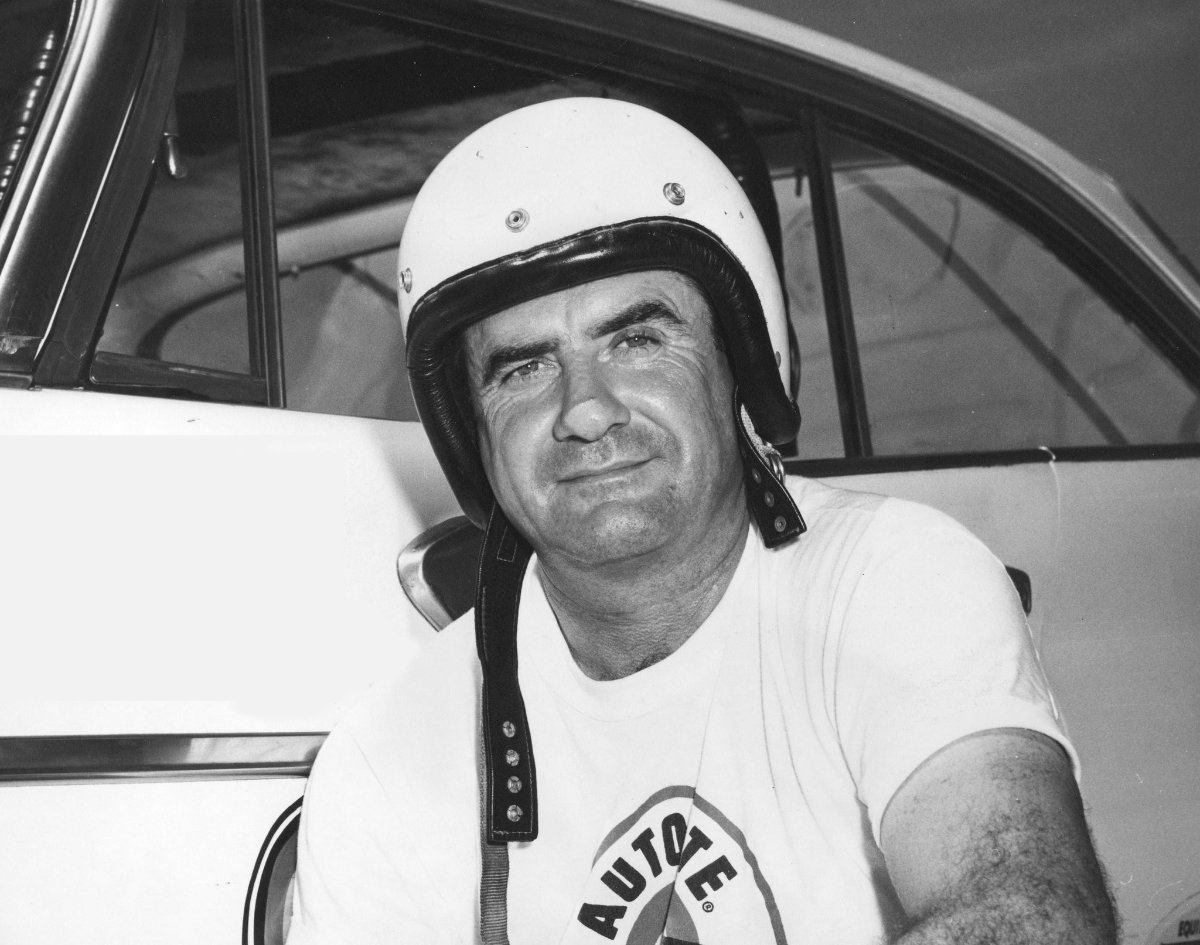
#80. Name This 50s Athlete!
Elzie Wylie Baker Sr., better known as Buck Baker, was a stock car racer. Born in Richburg, South Carolina, Baker began his NASCAR career in 1949 and won his first race three years later at Columbia Speedway. Twenty-seven years later, Baker retired after the 1976 National 500. During his NASCAR Strictly Stock (now Monster Energy NASCAR Cup Series) career, Baker won two championships, 46 races and 45 pole positions, as well as recorded 372 top-tens. In 1957, he became the first driver to win two consecutive championships in the series. From 1972 to 1973, he competed in the Grand National East Series, where he recorded five top-tens in twelve races. On May 23, 2012, it was announced that he would be inducted into the 2013 class of the NASCAR Hall of Fame on February 8, 2013.
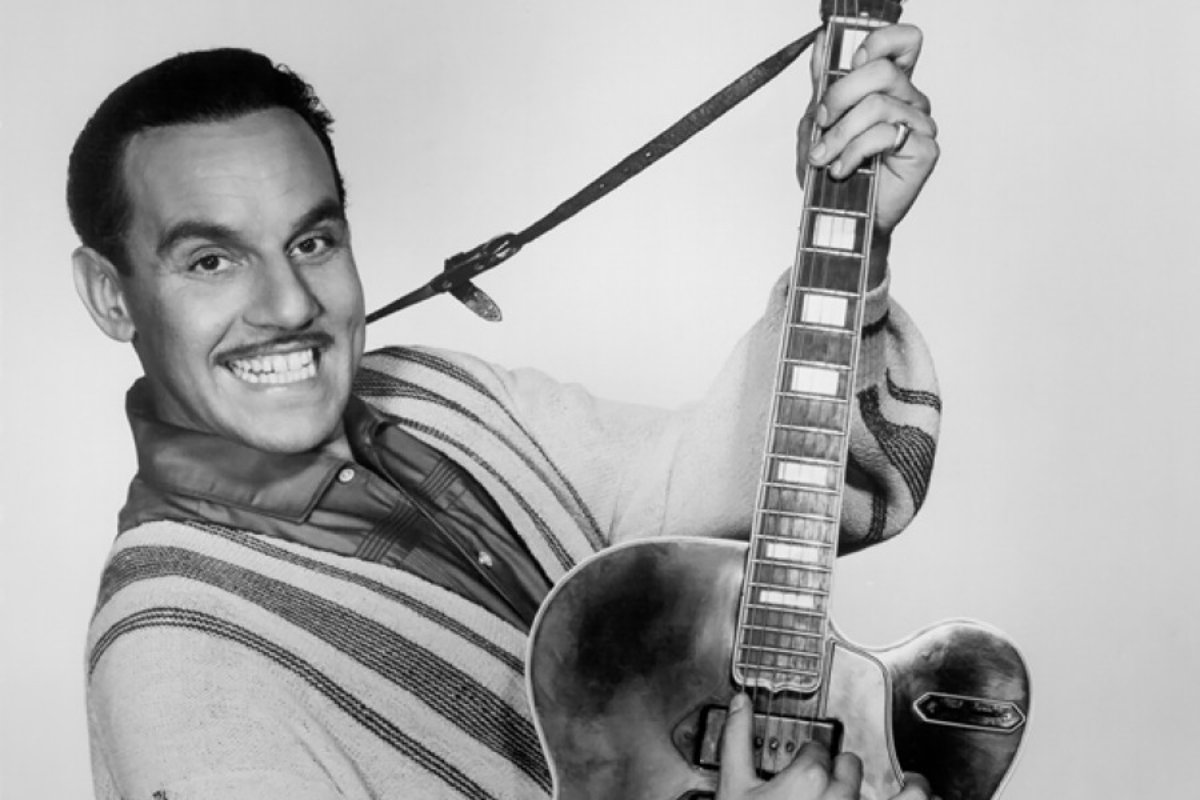
#81. Name This 50s Music Icon!
Johnny Otis was a singer, musician, composer, arranger, bandleader, talent scout, disc jockey, record producer, television show host, artist, author, journalist, minister, and impresario. He was a seminal influence on American R&B and rock and roll. He discovered numerous artists early in their careers who went on to become highly successful in their own right, including Little Esther Phillips, Etta James, Big Mama Thornton, Johnny Ace, Jackie Wilson, Little Willie John, Hank Ballard, and The Robins (who eventually changed their name to The Coasters), among many others. Otis has been called the “Godfather of Rhythm and Blues”.
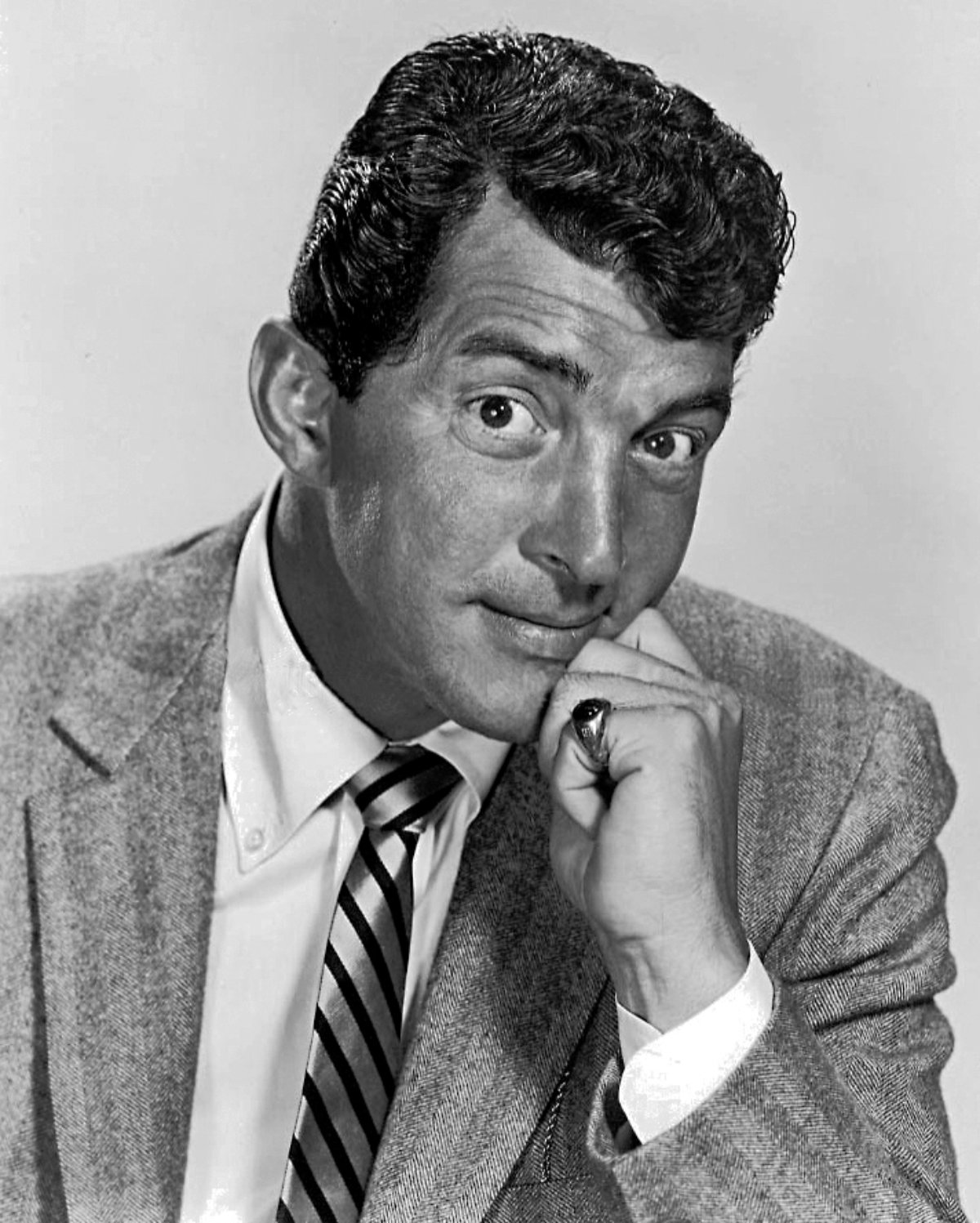
#82. Name This 50s Comedian!
Dino Paul Crocetti, known famously as Dean Martin, was a singer, actor and comedian. One of the most popular and enduring American entertainers of the mid-20th century, Martin was nicknamed “The King of Cool” for his seemingly effortless charisma and self-assurance. Martin gained his career breakthrough together with fellow comedian Jerry Lewis, billed as Martin & Lewis, in 1946. They performed in nightclubs and later had numerous appearances on radio, television and in films.
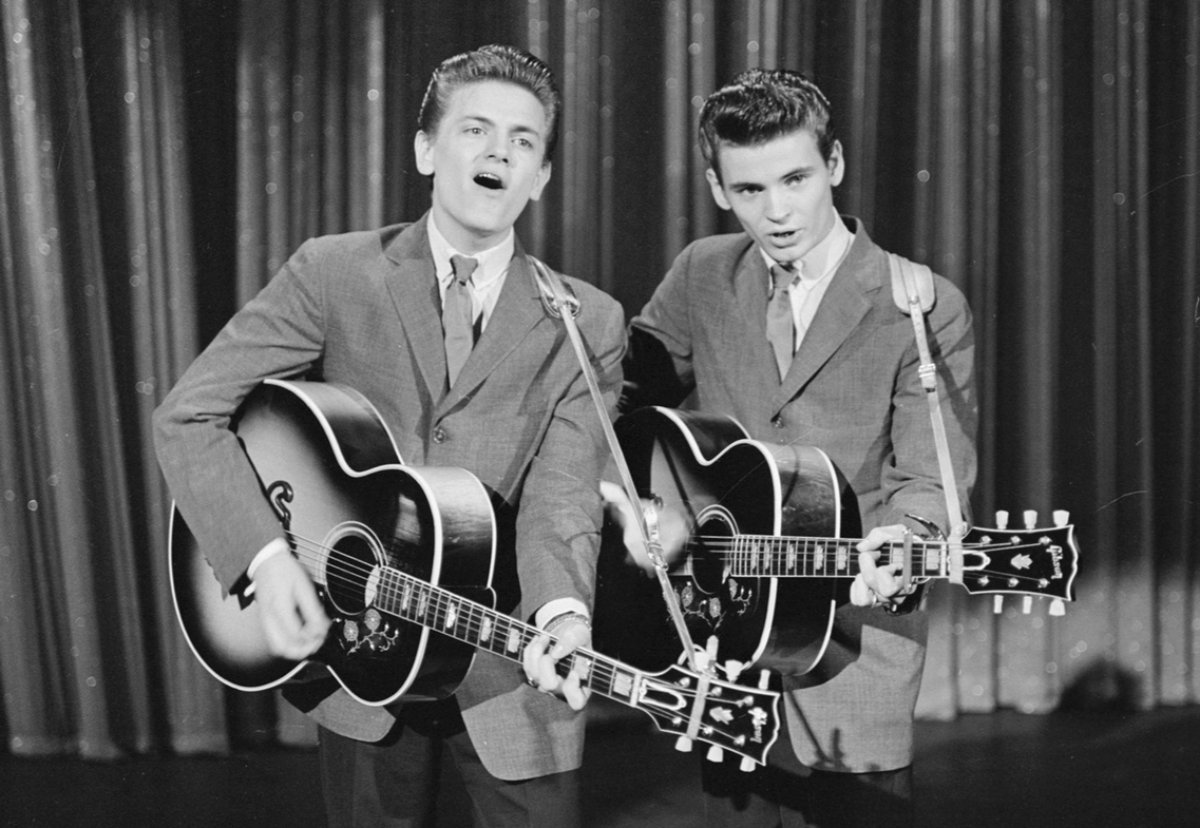
#83. Name This 50s Music Icon!
The Everly Brothers were a rock and roll duo, known for steel-string acoustic guitar playing and close harmony singing. Consisting of Isaac Donald “Don” Everly and Phillip “Phil” Everly, the duo were raised in a musical family, first appearing on radio singing along with their father Ike Everly and mother Margaret Everly as “The Everly Family” in the 1940s. When the brothers were still in high school, they gained the attention of prominent Nashville musicians like Chet Atkins, who began to groom them for national attention.
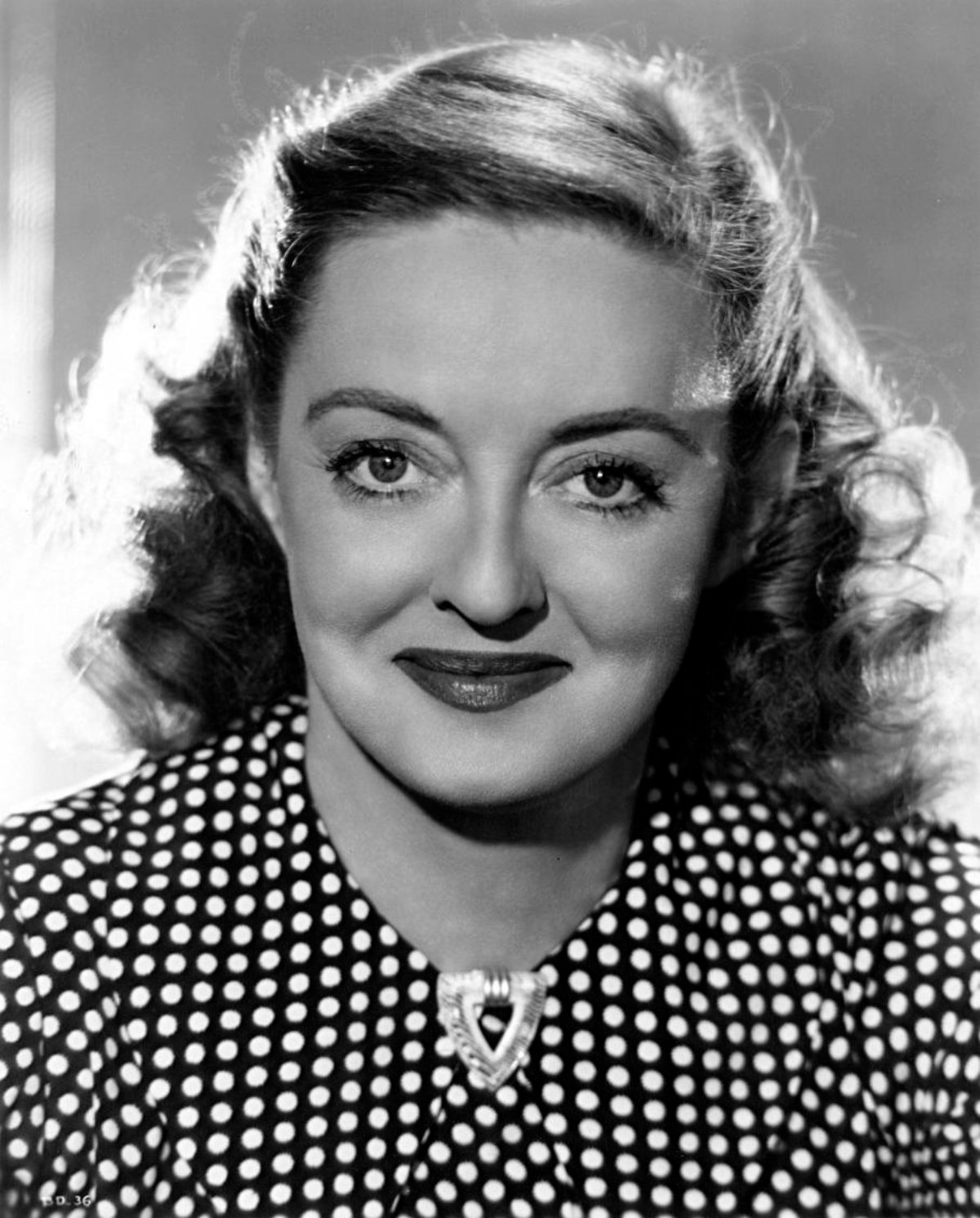
#84. Name This 50s Actor!
Ruth Elizabeth “Bette” Davis was an actress of film, television and theater. With a career spanning 60 years and 100 acting credits, she is regarded as one of the greatest actresses in Hollywood history. She was noted for playing unsympathetic, sardonic characters, and was famous for her performances in a range of film genres, from contemporary crime melodramas to historical films, suspense horror, and occasional comedies, although her greatest successes were in romantic dramas. She was the first person to garner ten acting Academy Award nominations.
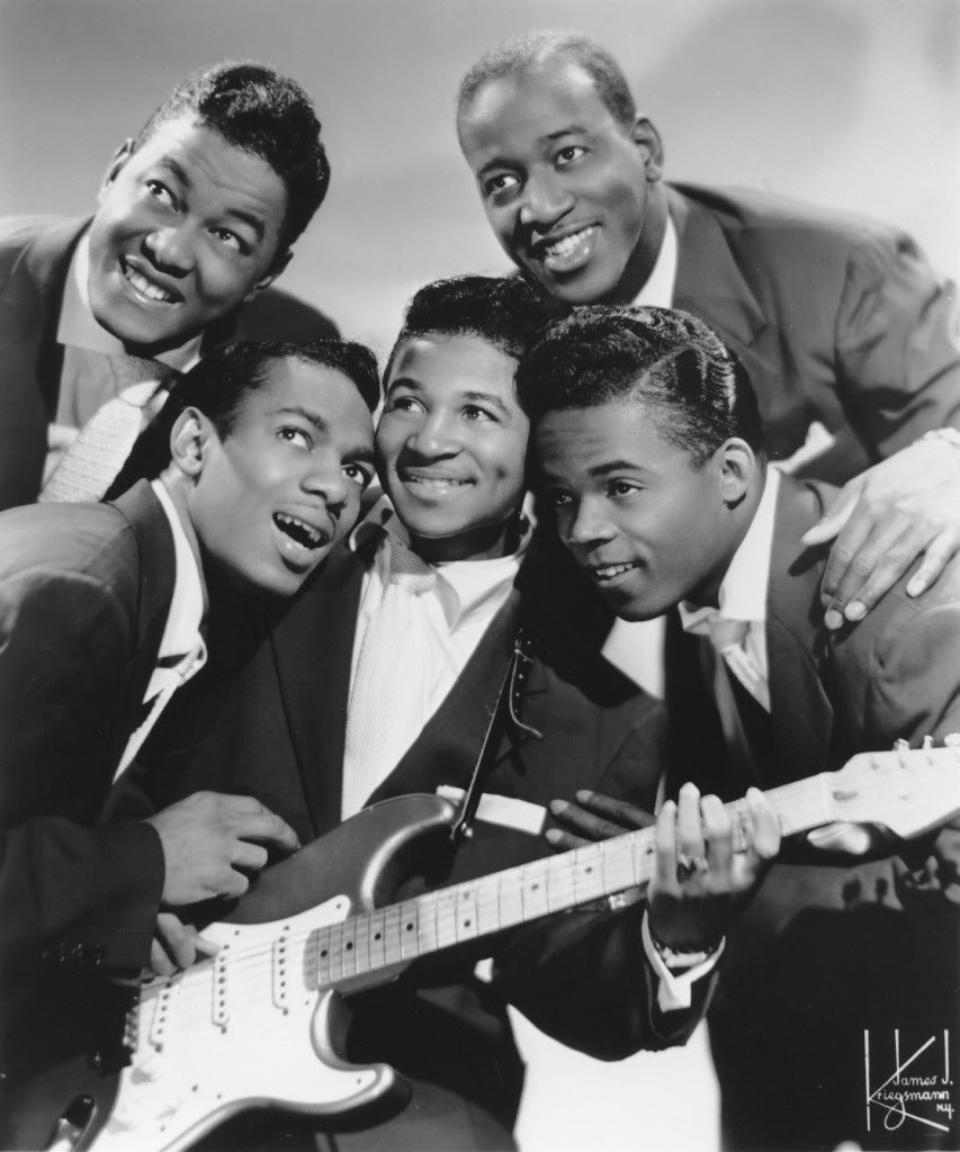
#85. Name This 50s Music Icon!
Hank Ballard was a rhythm and blues singer and songwriter, the lead vocalist of The Midnighters and one of the first rock and roll artists to emerge in the early 1950s. He played an integral part in the development of the genre, releasing the hit singles “Work With Me, Annie” and answer songs “Annie Had a Baby” and “Annie’s Aunt Fannie” with his Midnighters. He later wrote and originally recorded (in 1959) “The Twist” which was notably covered a year later by Chubby Checker, this second version spreading the popularity of the dance. He was inducted into the Rock and Roll Hall of Fame in 1990.
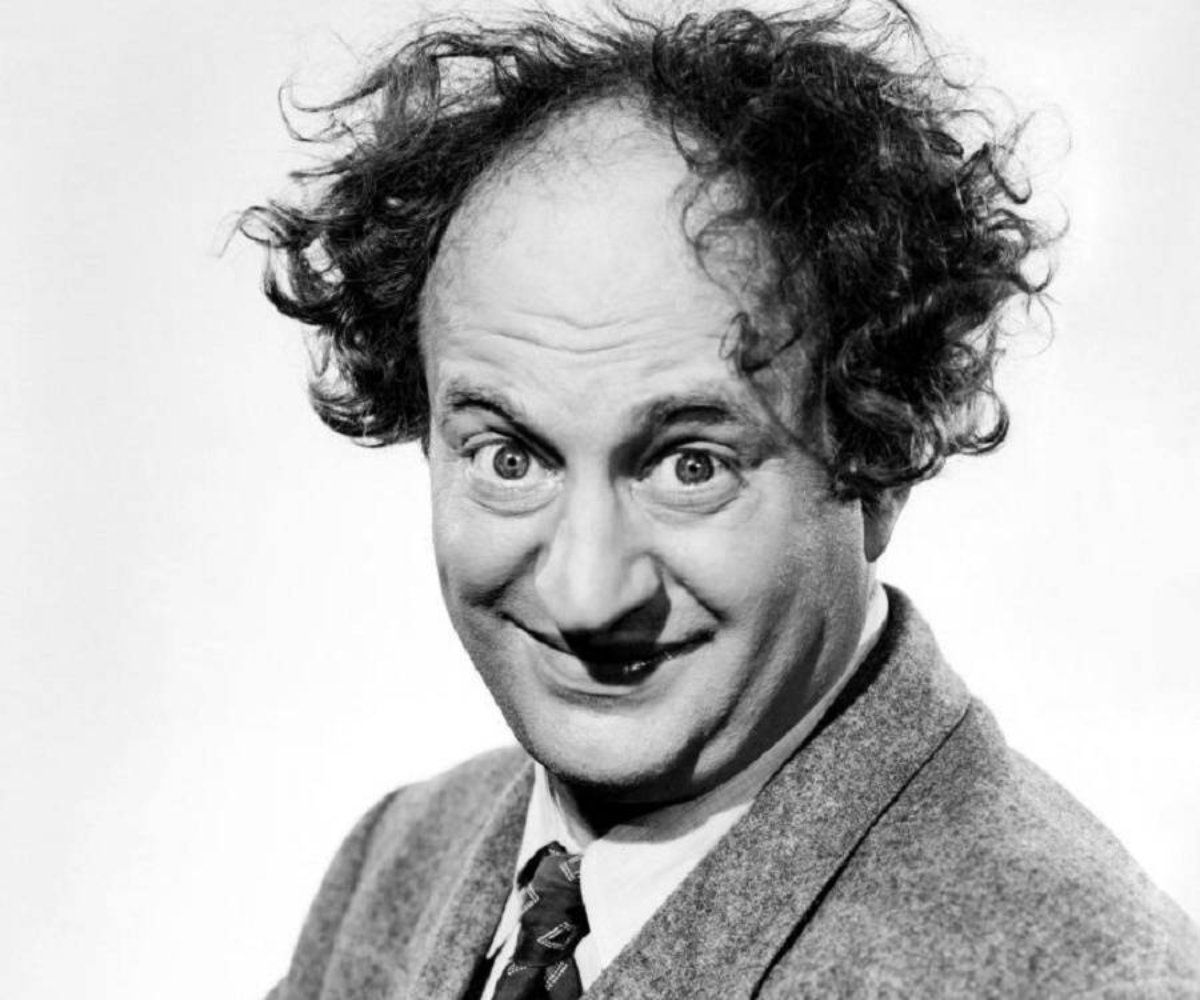
#86. Name This 50s Comedian!
Louis Feinberg, known professionally as Larry Fine, was an actor, comedian, violinist, and boxer, who is best known as a member of the comedy act the Three Stooges. At an early age, Fine started performing as a violinist in vaudeville. In March 1928, while starring as the master of ceremonies at Chicago’s Rainbo Gardens, Fine met Shemp Howard and Ted Healy. At the time, Healy and Howard were performing in the Shubert Brothers’ A Night in Spain. Since Howard was leaving the play for a few months, they asked him to be a replacement ‘stooge’. Fine joined Ted’s other stooges, Bobby Pinkus and Sam ‘Moody’ Braun. Howard returned in September 1928 to finish Spain’s national tour.
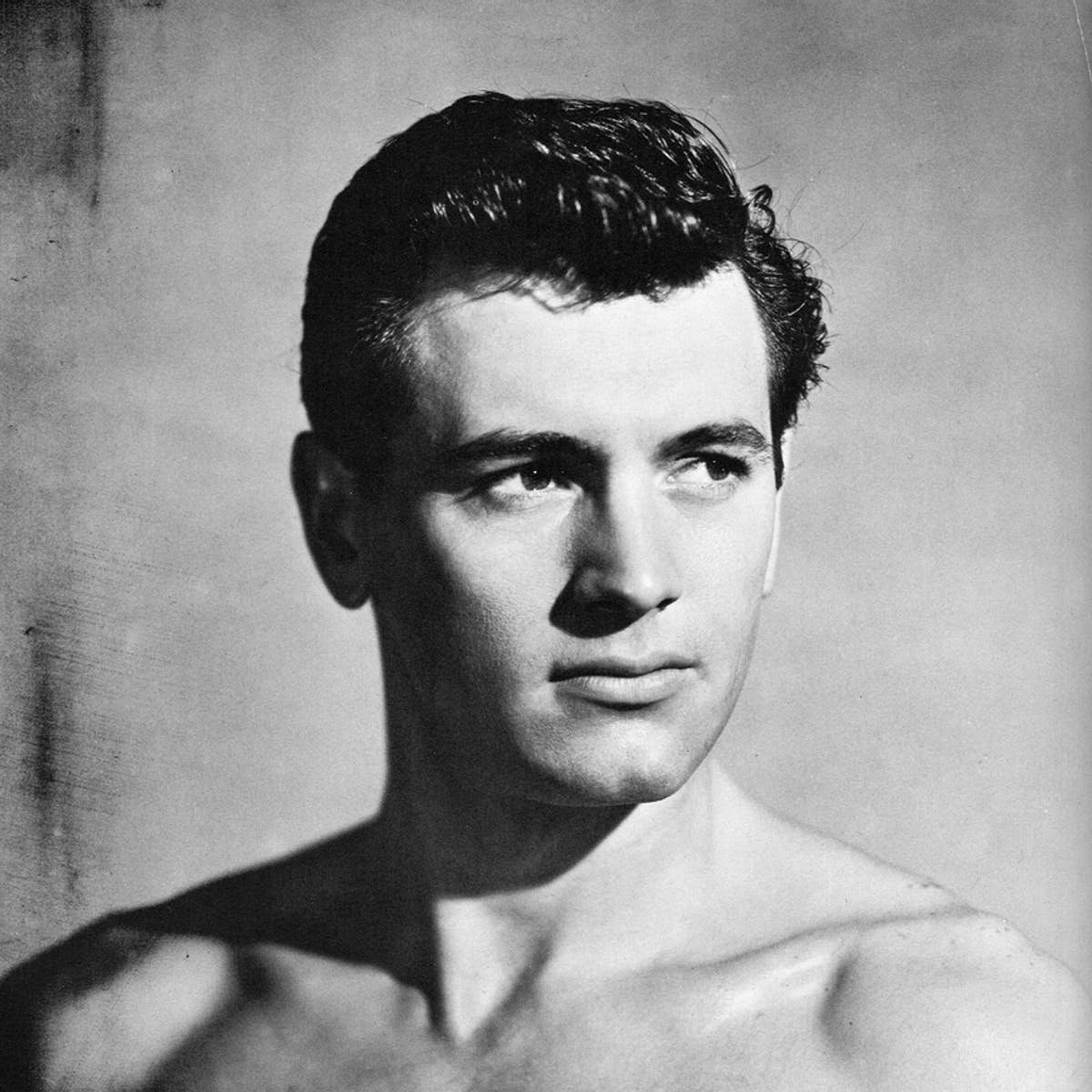
#87. Name This 50s Actor!
Rock Hudson was an actor, generally known for his turns as a leading man during the 1950s and 1960s. He was viewed as a prominent “heartthrob” of the Hollywood Golden Age, and he achieved stardom with roles in films such as Magnificent Obsession (1954), All That Heaven Allows (1955), and Giant (1956), for which he received a nomination for the Academy Award for Best Actor. He found continued success with a string of romantic comedies co-starring Doris Day in Pillow Talk (1959), Lover Come Back (1961), and Send Me No Flowers (1964).
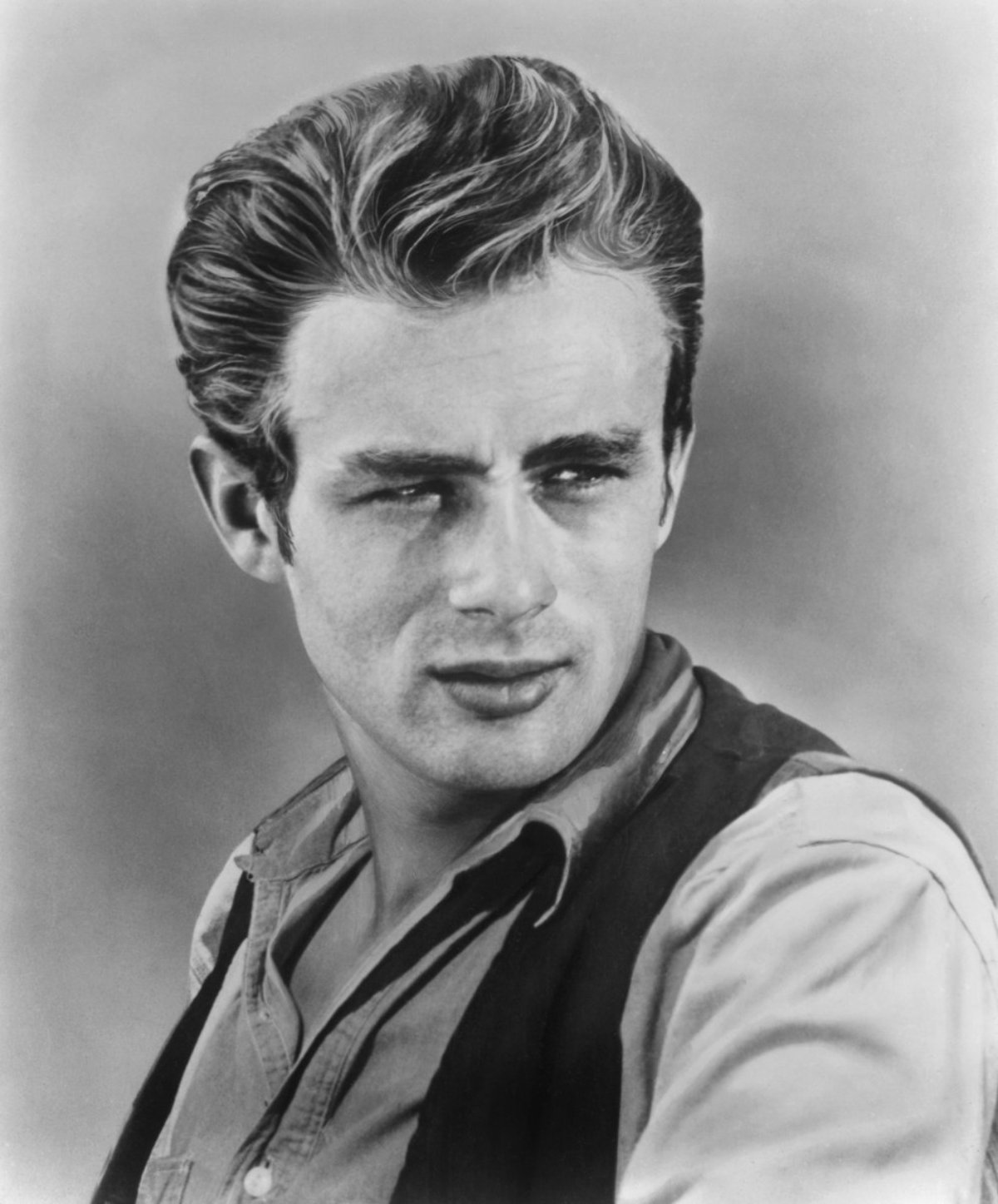
#88. Name This 50s Actor!
James Byron Dean was an actor. He is remembered as a cultural icon of teenage disillusionment and social estrangement, as expressed in the title of his most celebrated film, Rebel Without a Cause (1955), in which he starred as troubled teenager Jim Stark. The other two roles that defined his stardom were loner Cal Trask in East of Eden (1955) and surly ranch hand Jett Rink in Giant (1956).
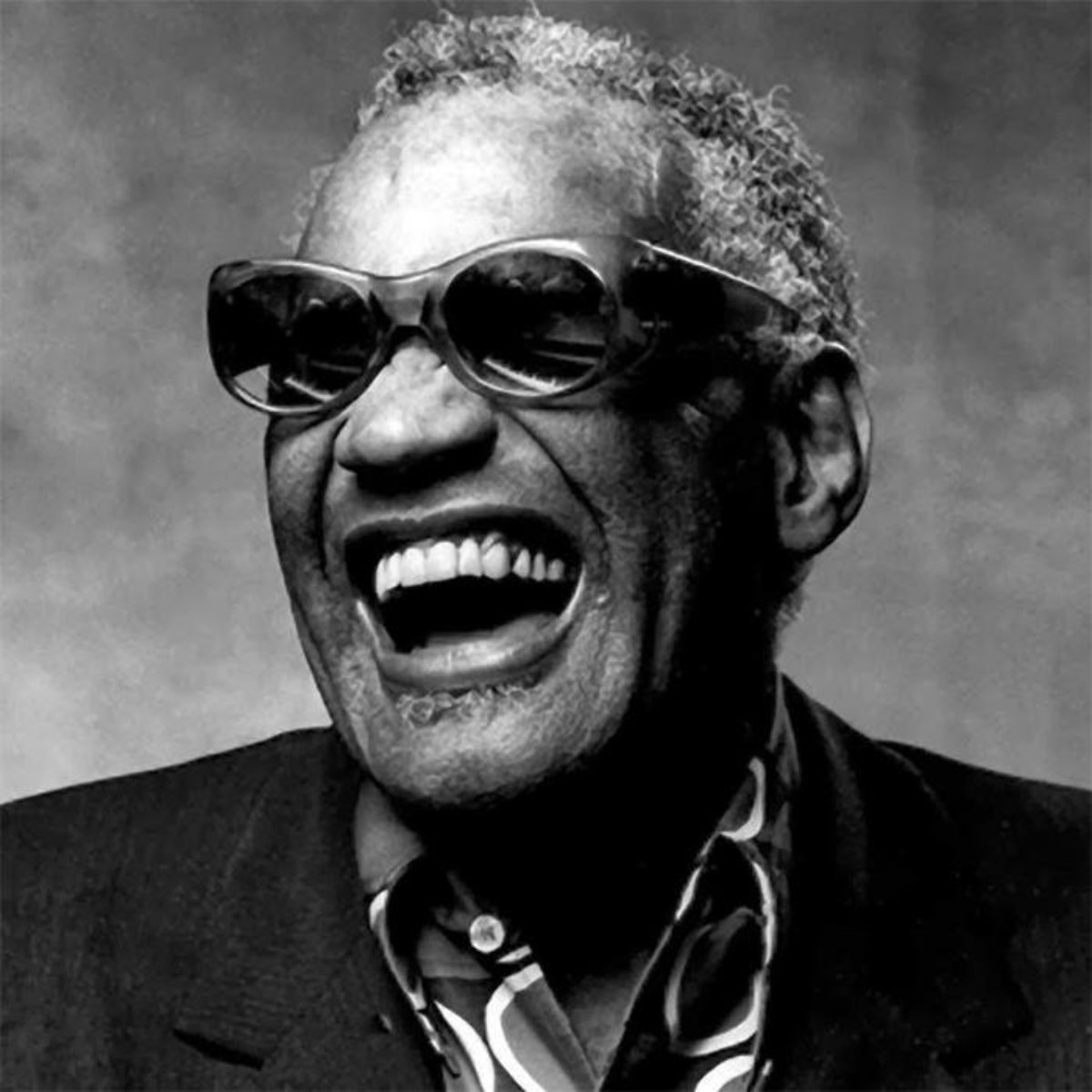
#89. Name This 50s Music Icon!
Ray Charles Robinson, professionally known as simply Ray Charles, was a singer, songwriter, musician, and composer. Among friends and fellow musicians he preferred being called “Brother Ray”. He was often referred to as “The Genius”. Charles started losing his vision at the age of 5, and by 7 he was blind. He pioneered the soul music genre during the 1950s by combining blues, rhythm and blues, and gospel styles into the music he recorded for Atlantic. He contributed to the integration of country music, rhythm and blues, and pop music during the 1960s with his crossover success on ABC Records, notably with his two Modern Sounds albums.
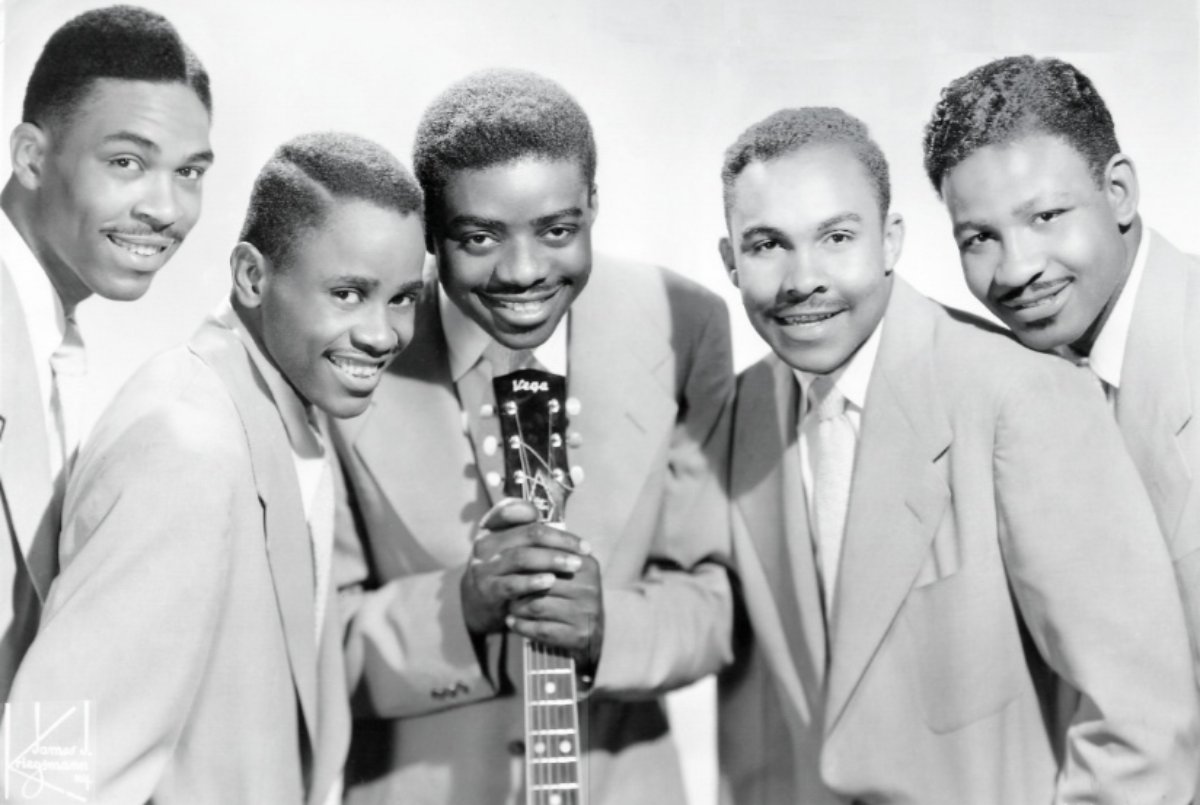
#90. Name This 50s Music Icon!
The Clovers are a rhythm and blues/doo-wop vocal group who became one of the biggest selling acts of the 1950s. They had a top 30 US hit in 1959 with the Leiber and Stoller song “Love Potion No. 9”. The group was formed at Armstrong High School, Washington, D.C., in 1946 by Harold Lucas (baritone), Billy Shelton and Thomas Woods. Initially a trio, they expanded to a quartet with the addition of John “Buddy” Bailey (lead) and began calling themselves The Four Clovers. Billy Shelton was replaced by Matthew McQuater (tenor) in 1948. As The Four Clovers, the group started to appear at local amateur music shows including the WWDC amateur hour show hosted by Jack Lowe Endler at the Republic Theatre.
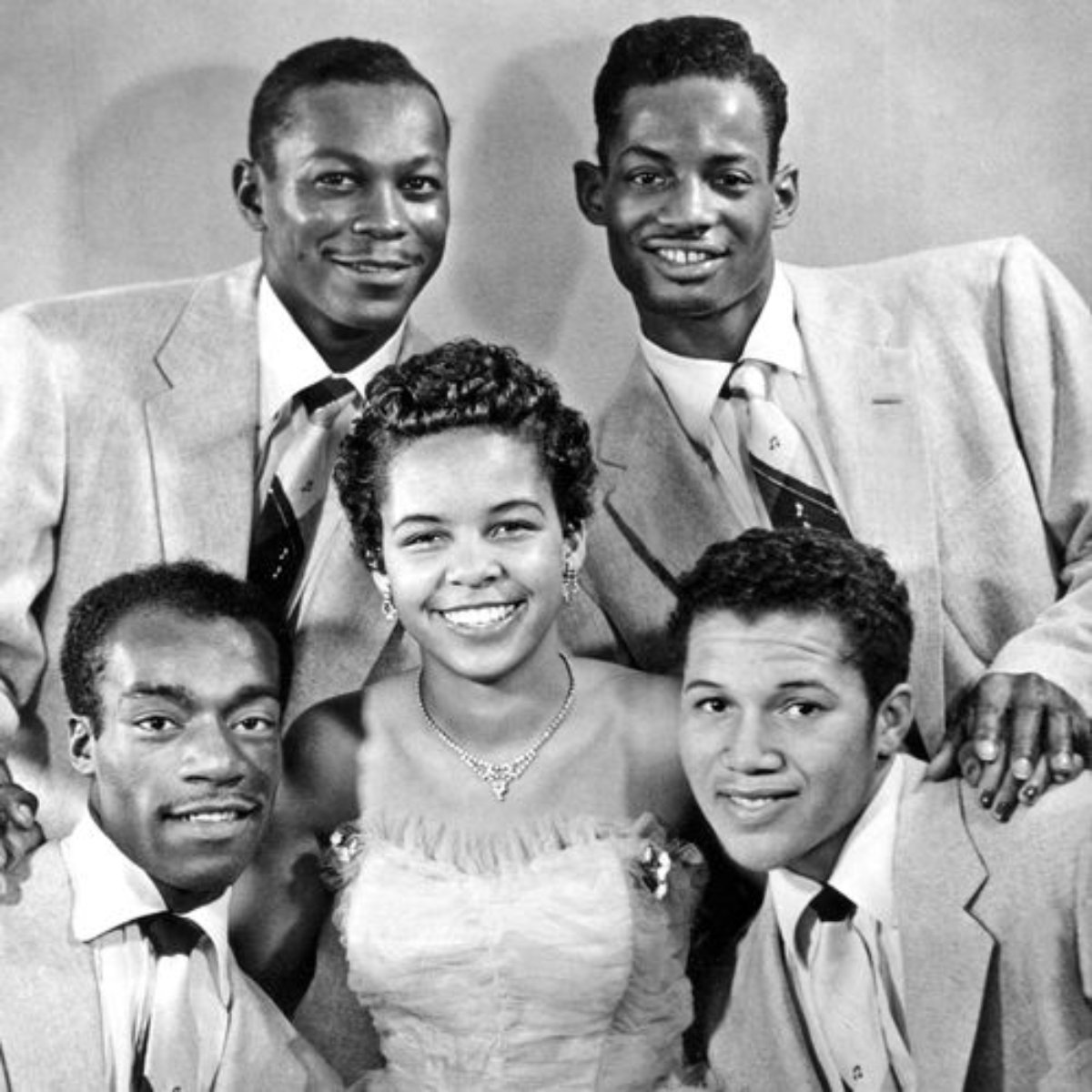
#91. Name This 50s Music Icon!
The Platters are a vocal group formed in 1952. They were one of the most successful vocal groups of the early rock and roll era. Their distinctive sound was a bridge between the pre-rock Tin Pan Alley tradition and the burgeoning new genre. The act went through several personnel changes, with one of the most successful incarnations comprising lead tenor Tony Williams, David Lynch, Paul Robi, Herb Reed, and Zola Taylor. The group had 40 charting singles on the Billboard Hot 100 chart between 1955 and 1967, including four number-one hits. The Platters are one of the first African-American groups to be accepted as a major chart group and were, for a period of time, the most successful vocal group in the world.
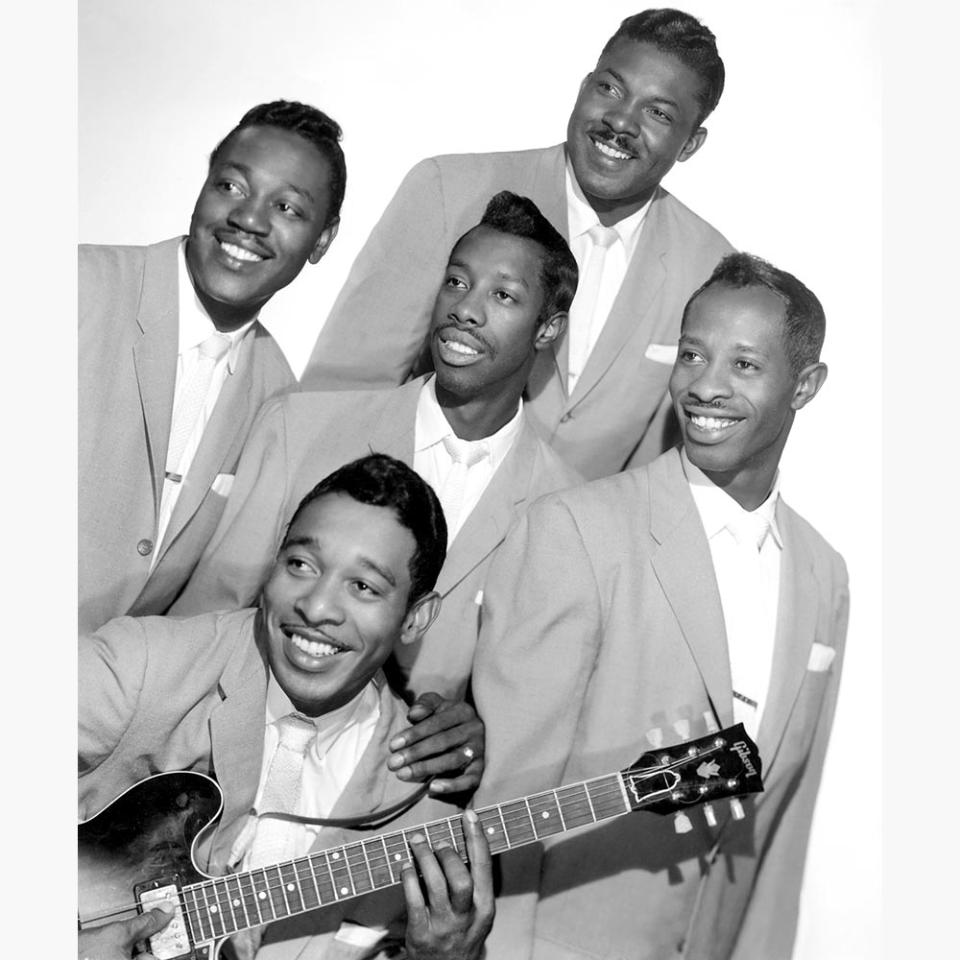
#92. Name This 50s Music Icon!
The “5” Royales was a rhythm and blues (R&B) vocal group from Winston-Salem, North Carolina, United States, that combined gospel, jump blues and doo-wop, marking an early and influential step in the evolution of rock and roll. Most of their big R&B hits were recorded in 1952 and 1953 and written by the guitarist Lowman “Pete” Pauling. Cover versions of the band’s songs hit the Top 40, including “Dedicated to the One I Love” (the Shirelles and the Mamas & the Papas), “Tell the Truth” (Ray Charles and Ike & Tina Turner), and “Think” (James Brown & The Famous Flames). Brown modeled his first vocal group after the “5” Royales, and both Eric Clapton and the legendary Stax guitarist Steve Cropper cited Pauling as a key influence. The Rolling Stones singer Mick Jagger covered “Think” on his 1993 solo album Wandering Spirit. The “5” Royales were inducted into the Rock and Roll Hall of Fame in 2015.
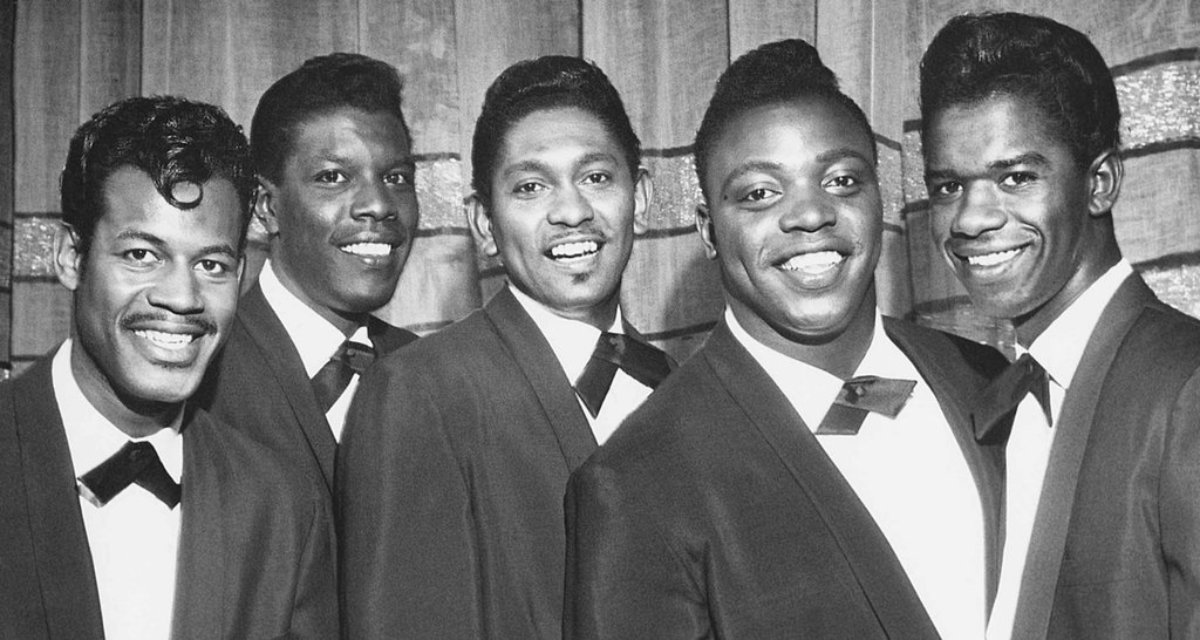
#93. Name This 50s Music Icon!
The Coasters are a rhythm and blues/rock and roll vocal group who had a string of hits in the late 1950s. Beginning with “Searchin'” and “Young Blood”, their most memorable songs were written by the songwriting and producing team of Leiber and Stoller. Although the Coasters originated outside of mainstream doo-wop, their records were so frequently imitated that they became an important part of the doo-wop legacy through the 1960s.
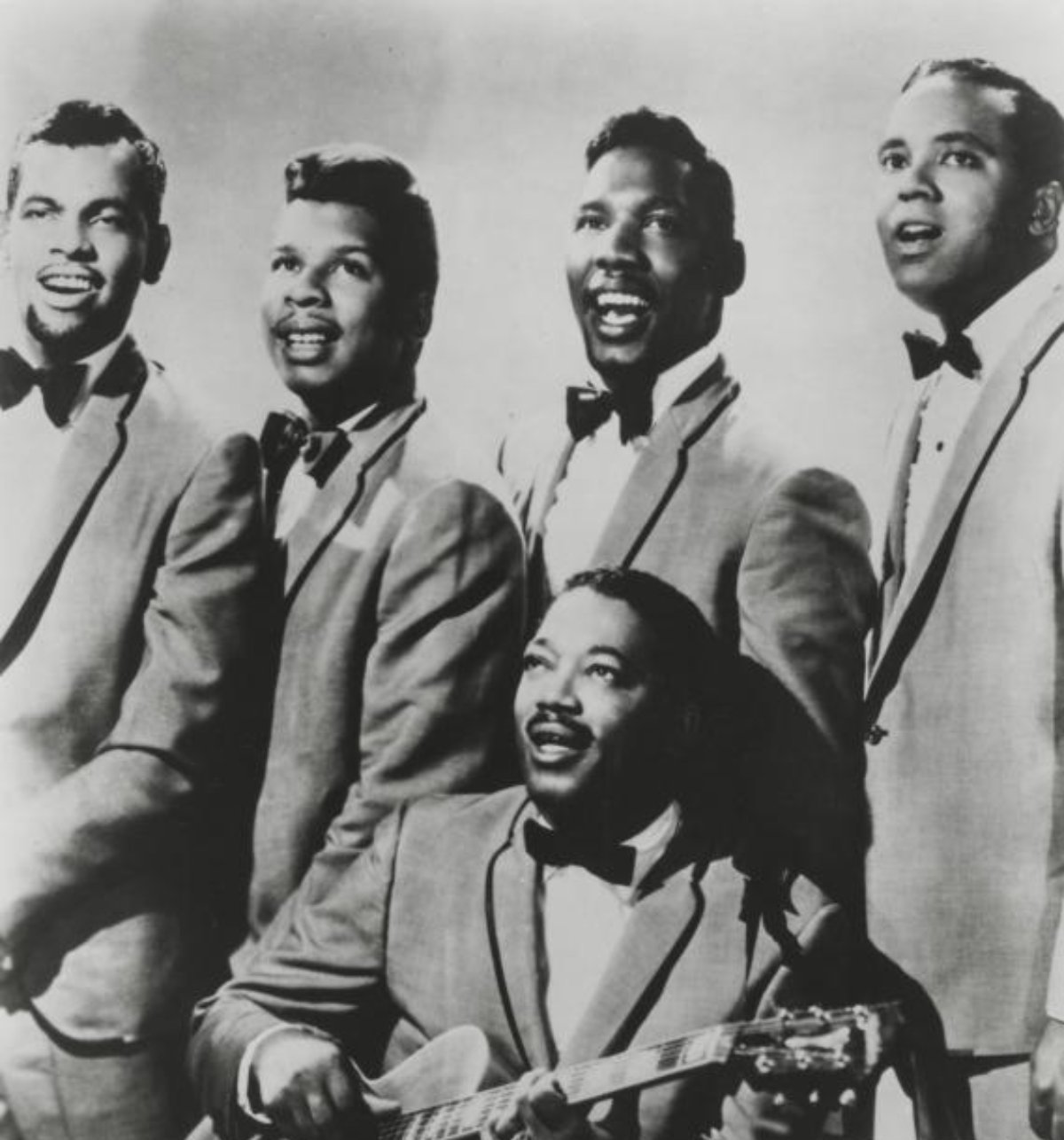
#94. Name This 50s Music Icon!
The Drifters are a doo-wop and R&B/soul vocal group. They were originally formed as a backing group for Clyde McPhatter, formerly the lead tenor of Billy Ward and his Dominoes in 1953. According to Rolling Stone magazine, the Drifters were the least stable of the great vocal groups, as they were low-paid musicians hired by George Treadwell, who owned the Drifters’ name from 1955, after McPhatter left. There have been 60 vocalists in the history of the Treadwell Drifters line, including several splinter groups by former Drifters members (not under Treadwell’s management). These groups are usually identified with a possessive credit such as “Bill Pinkney’s Original Drifters”, “Charlie Thomas’ Drifters”.
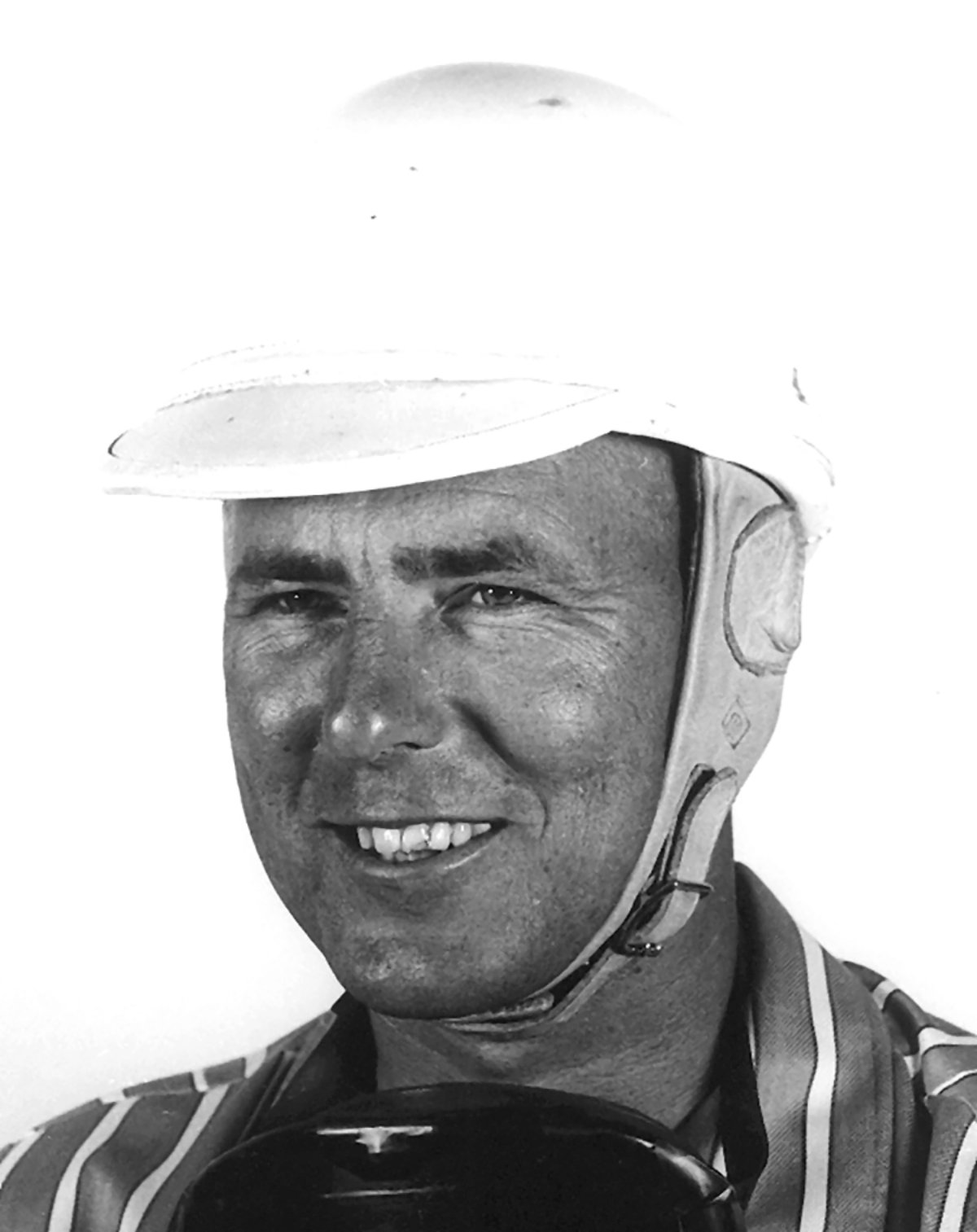
#95. Name This 50s Athlete!
James Ernest Bryan was a racecar driver who won the 1958 Indianapolis 500. Born in Phoenix, Arizona, Bryan died as a result of injuries sustained in a champ car race at Langhorne Speedway. He drove in the AAA and USAC Championship Car series, racing in the 1952‚Äì1960 seasons with 72 starts, including each year’s Indianapolis 500 race. He finished in the top ten 54 times, with 23 victories.
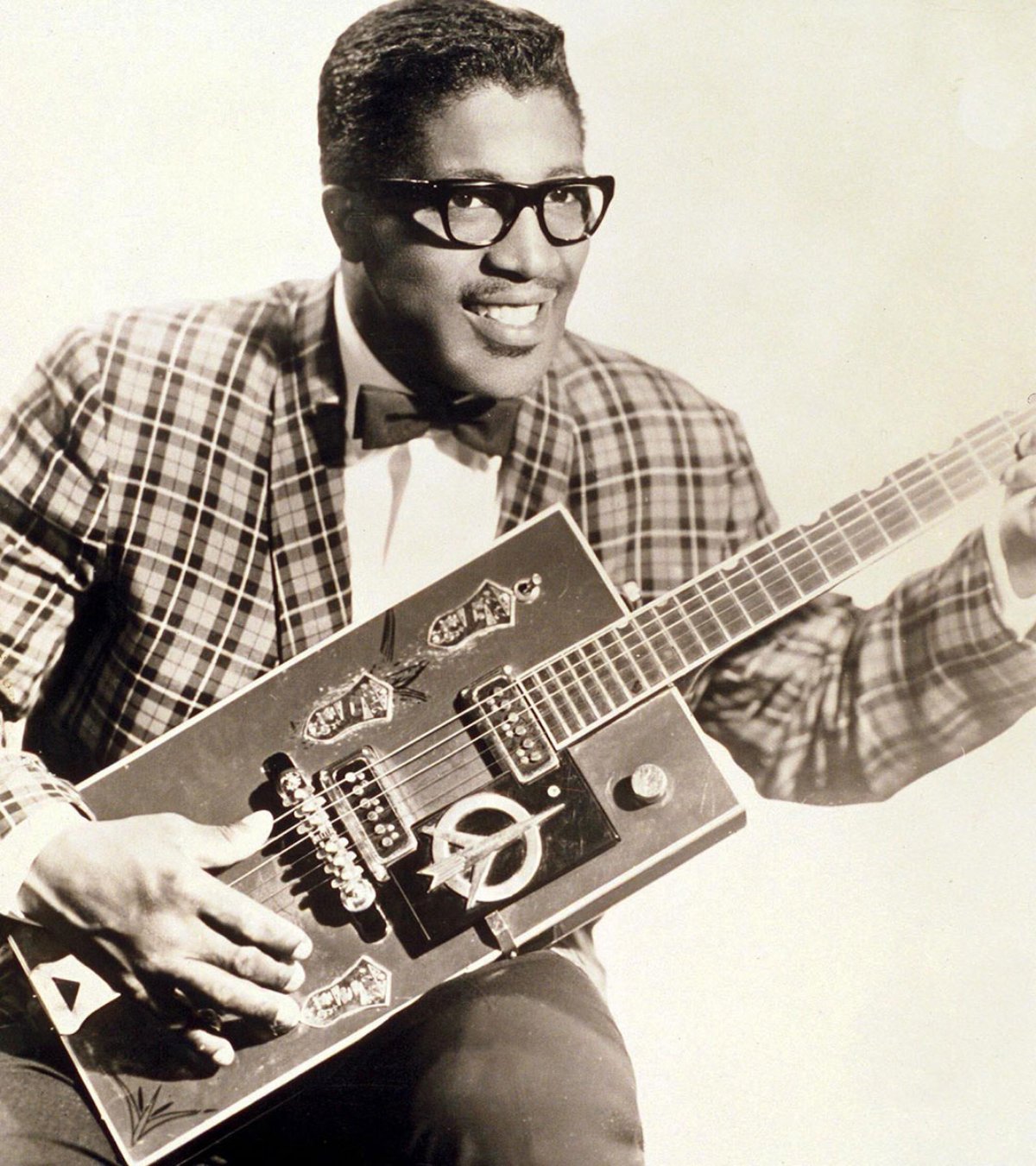
#96. Name This 50s Music Icon!
Ellas McDaniel, known as Bo Diddley, was a singer, guitarist, songwriter and music producer who played a key role in the transition from the blues to rock and roll. He influenced many artists, including Buddy Holly, Elvis Presley, the Beatles, the Rolling Stones, and the Clash. His use of African rhythms and a signature beat, a simple five-accent hambone rhythm, is a cornerstone of hip hop, rock, and pop music. In recognition of his achievements, he was inducted into the Rock and Roll Hall of Fame and received Lifetime Achievement Awards from the Rhythm and Blues Foundation and a Grammy Award from the National Academy of Recording Arts and Sciences.
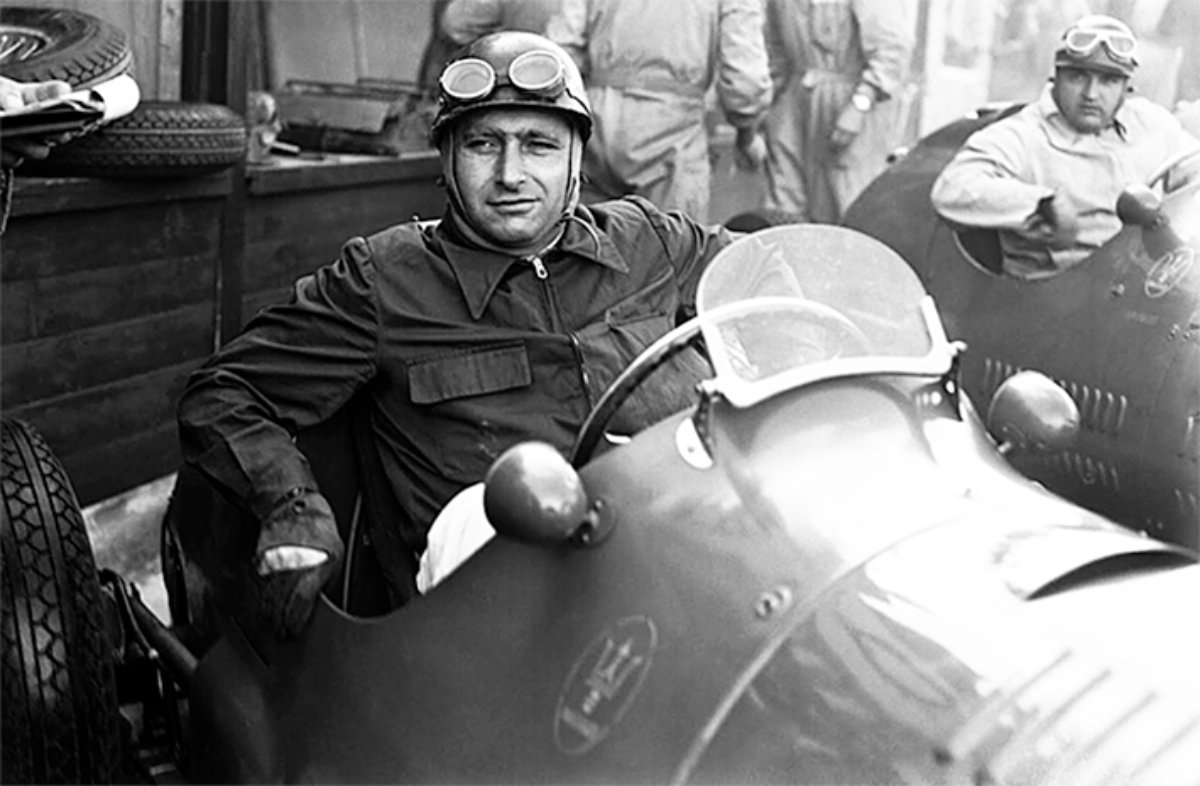
#97. Name This 50s Athlete!
Juan Manuel Fangio, nicknamed El Chueco (“the bowlegged one”, also commonly translated as “bandy legged”) or El Maestro (“The Master”), was a racing car driver. He dominated the first decade of Formula One racing, winning the World Drivers’ Championship five times. From childhood, he abandoned his studies to pursue auto mechanics. In 1938, he debuted in Turismo Carretera, competing in a Ford V8. In 1940, he competed with Chevrolet, winning the Grand Prix International Championship and devoted his time to the Argentine Turismo Carretera becoming its champion, a title he successfully defended a year later.
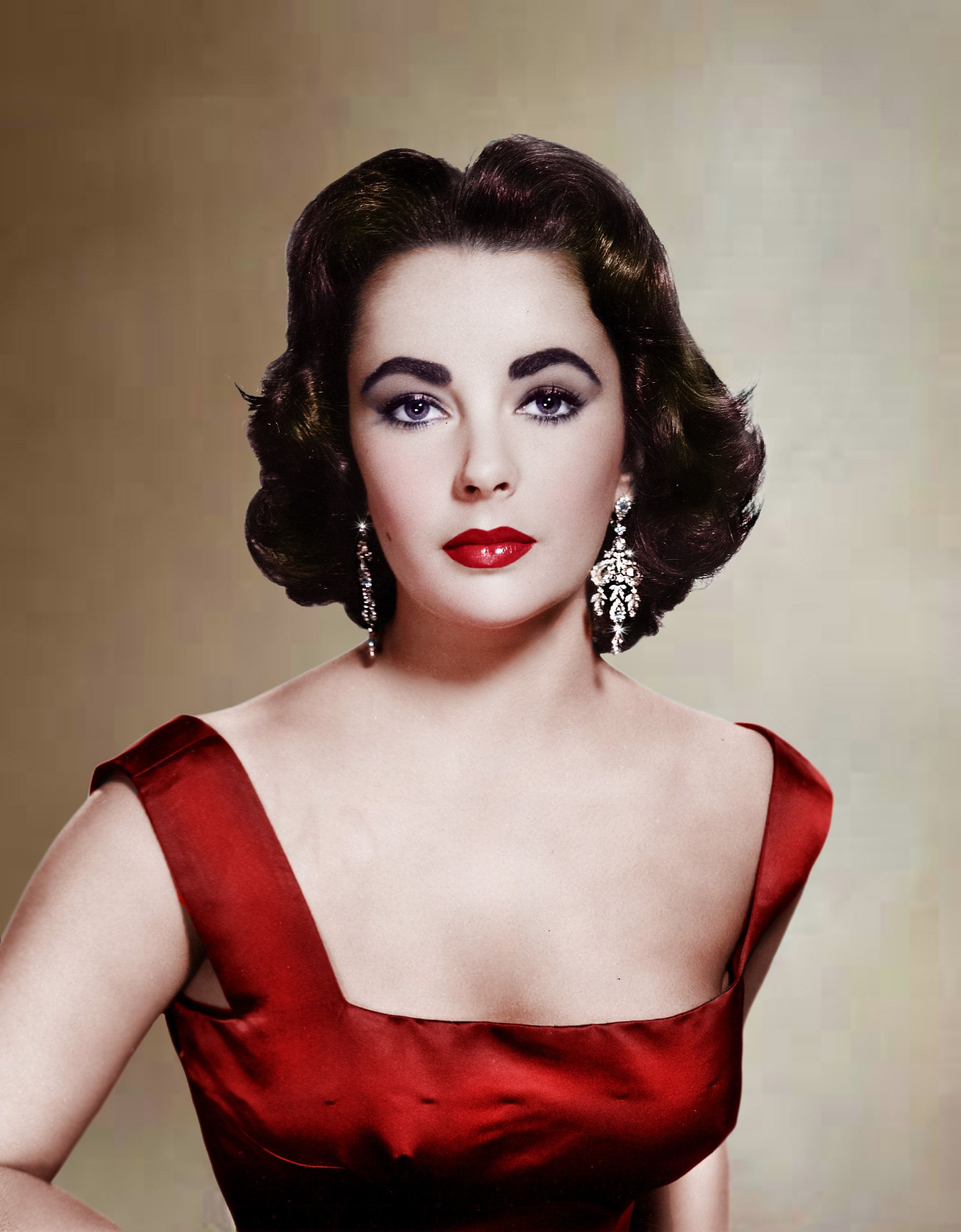
#98. Name This 50s Fashion Icon!
Dame Elizabeth Rosemond Taylor was an actress, businesswoman, and humanitarian. She began her career as a child actress in the early 1940s, and was one of the most popular stars of classical Hollywood cinema in the 1950s. She continued her career successfully into the 1960s, and remained a well-known public figure for the rest of her life. In 1999, the American Film Institute named her the seventh-greatest female screen legend.
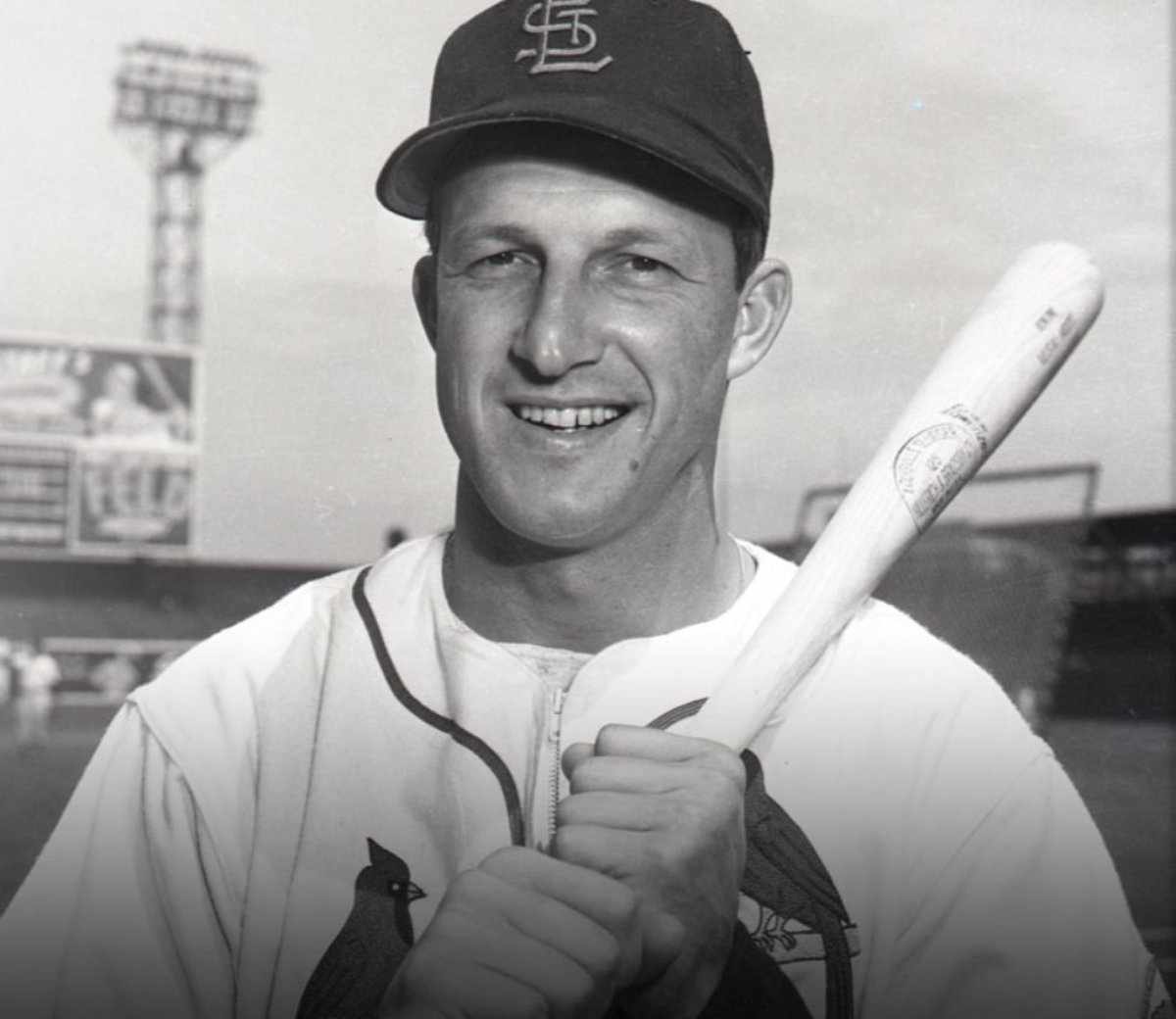
#99. Name This 50s Athlete!
Stanley Frank Musial, nicknamed Stan the Man, was a baseball outfielder and first baseman. He spent 22 seasons in Major League Baseball (MLB) playing for the St. Louis Cardinals, from 1941 to 1944 and 1946 to 1963. Widely considered to be one of the greatest and most consistent hitters in baseball history, Musial was a first-ballot inductee into the Baseball Hall of Fame in 1969, and was also selected to the St. Louis Cardinals Hall of Fame in the inaugural class of 2014.
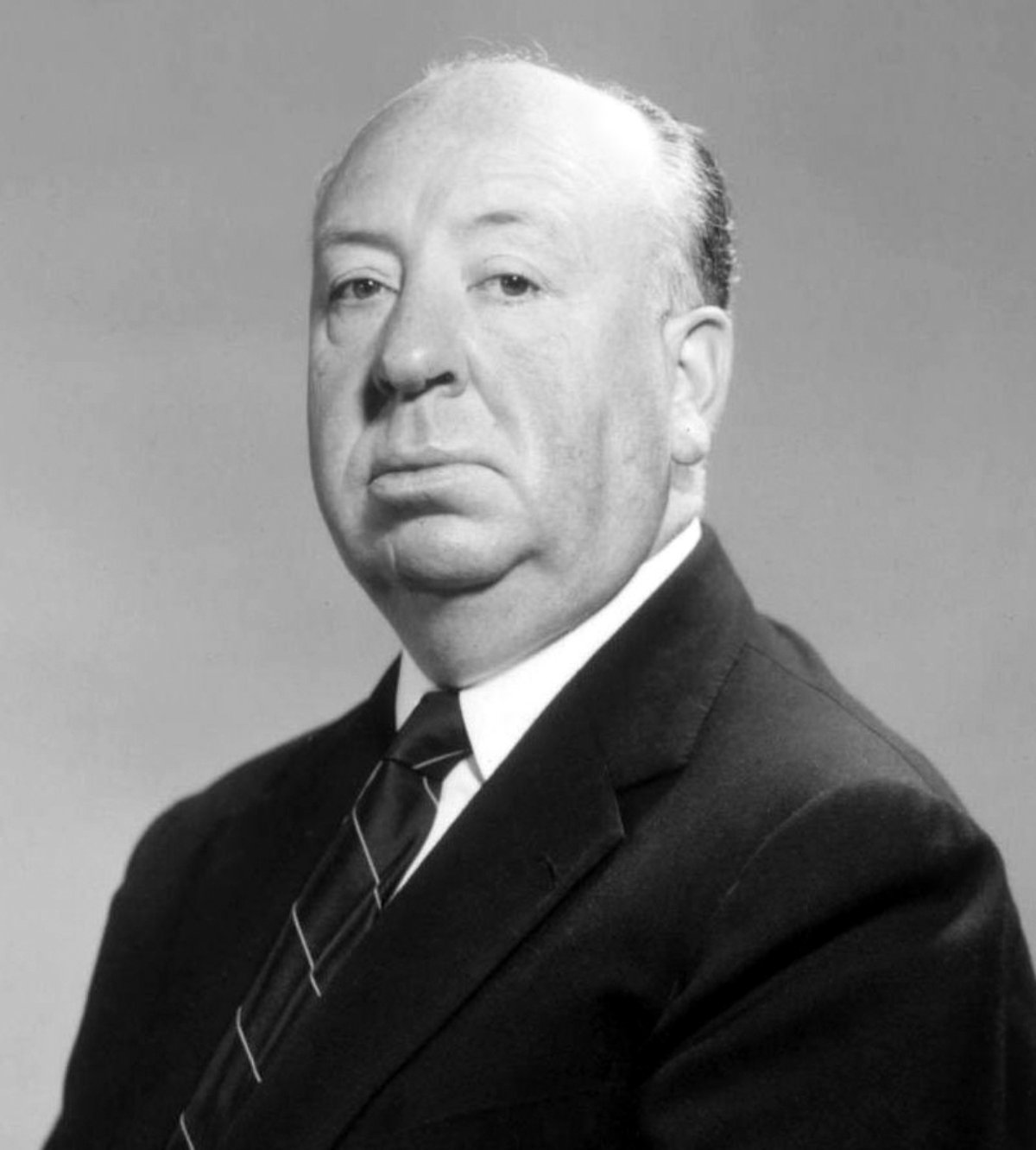
#100. Name This 50s Director!
Sir Alfred Joseph Hitchcock was a director and producer, widely regarded as one of the most influential and extensively studied filmmakers in the history of cinema. Known as “the Master of Suspense”, he directed over 50 feature films in a career spanning six decades, becoming as well known as any of his actors thanks to his many interviews, his cameo roles in most of his films, and his hosting and producing of the television anthology Alfred Hitchcock Presents (1955‚Äì1965). His films garnered a total of 46 Oscar nominations and six wins.

